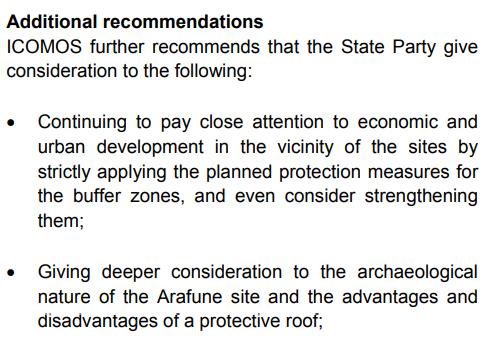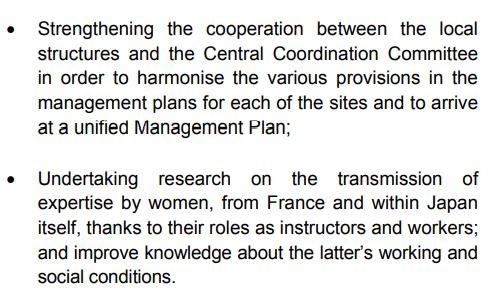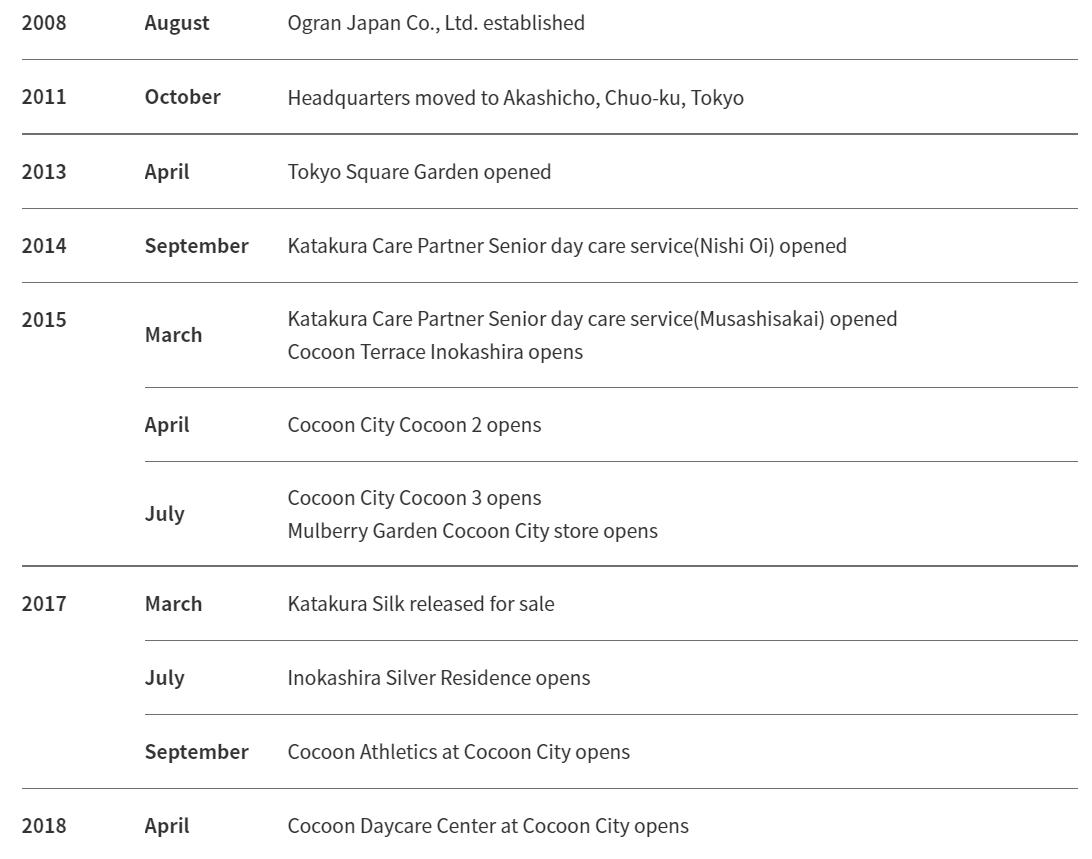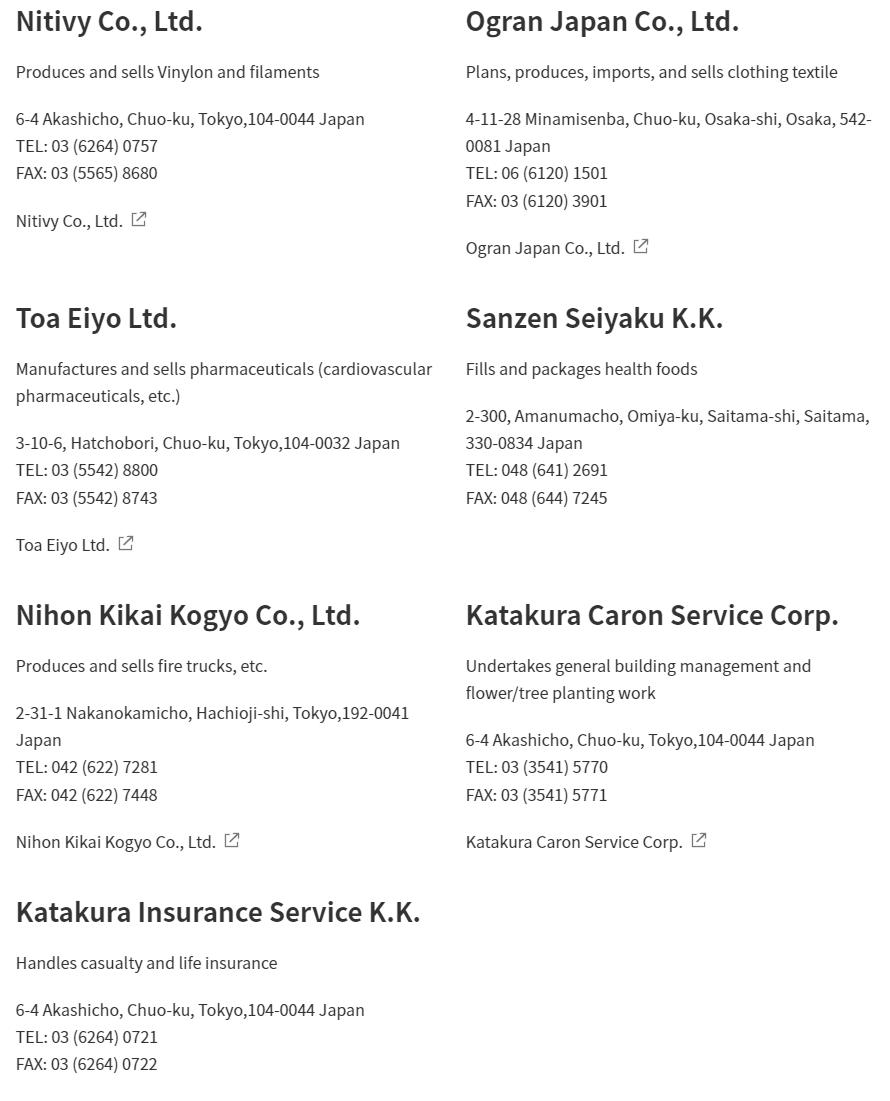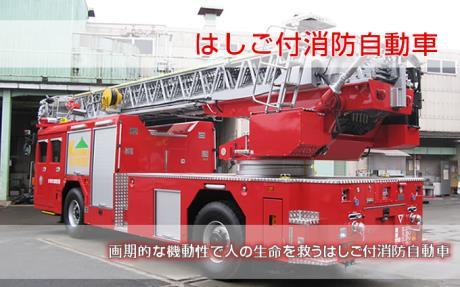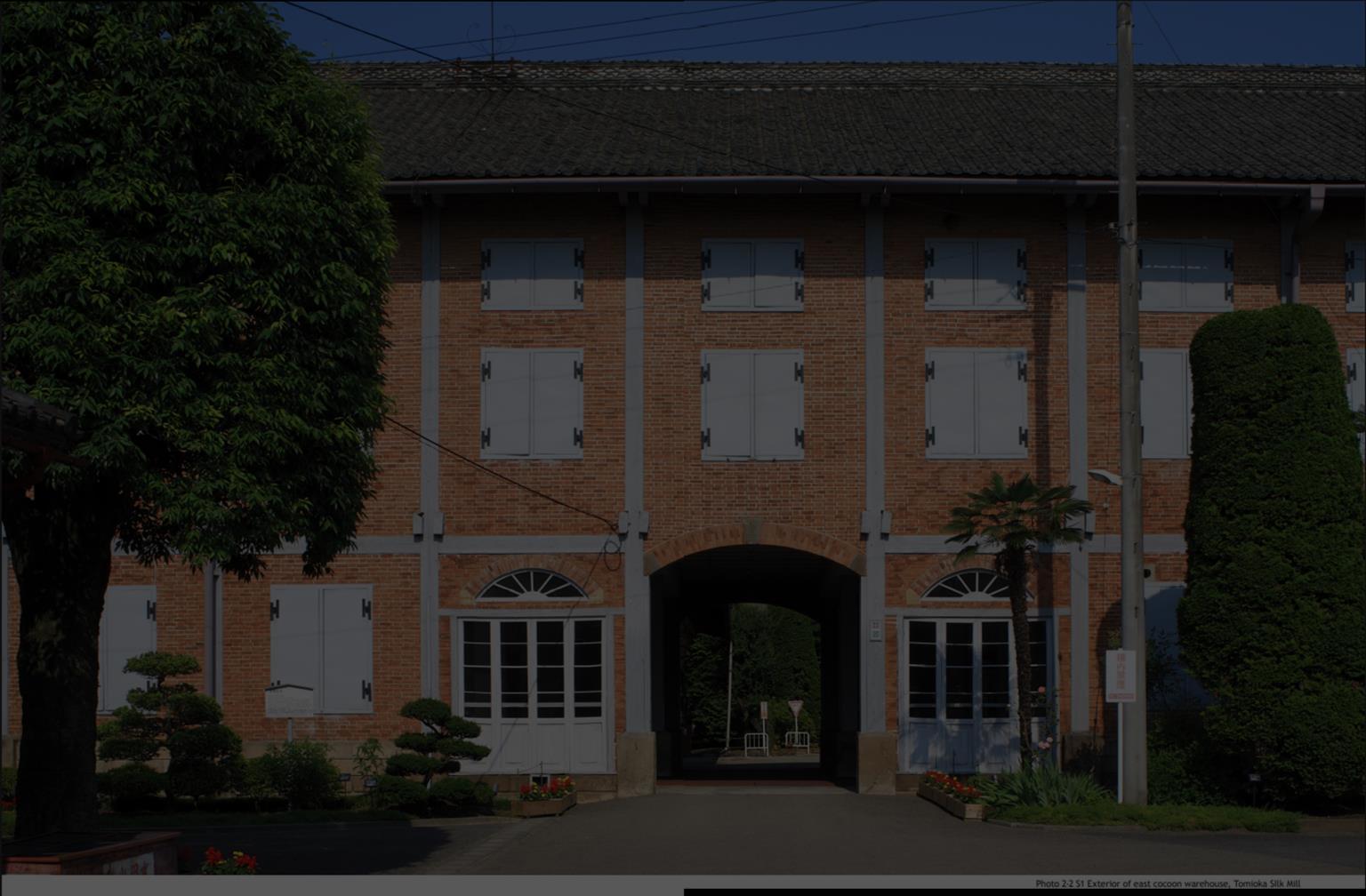

Abriß
Kühllager
Takayama-sha
Raupenzucht Betrieb Tomioka Seidenspinnerei
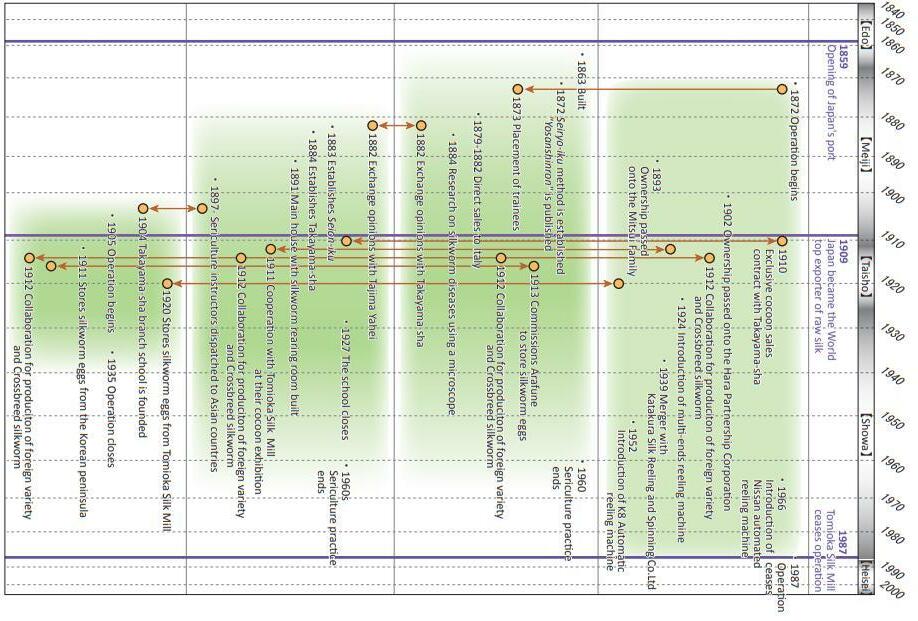
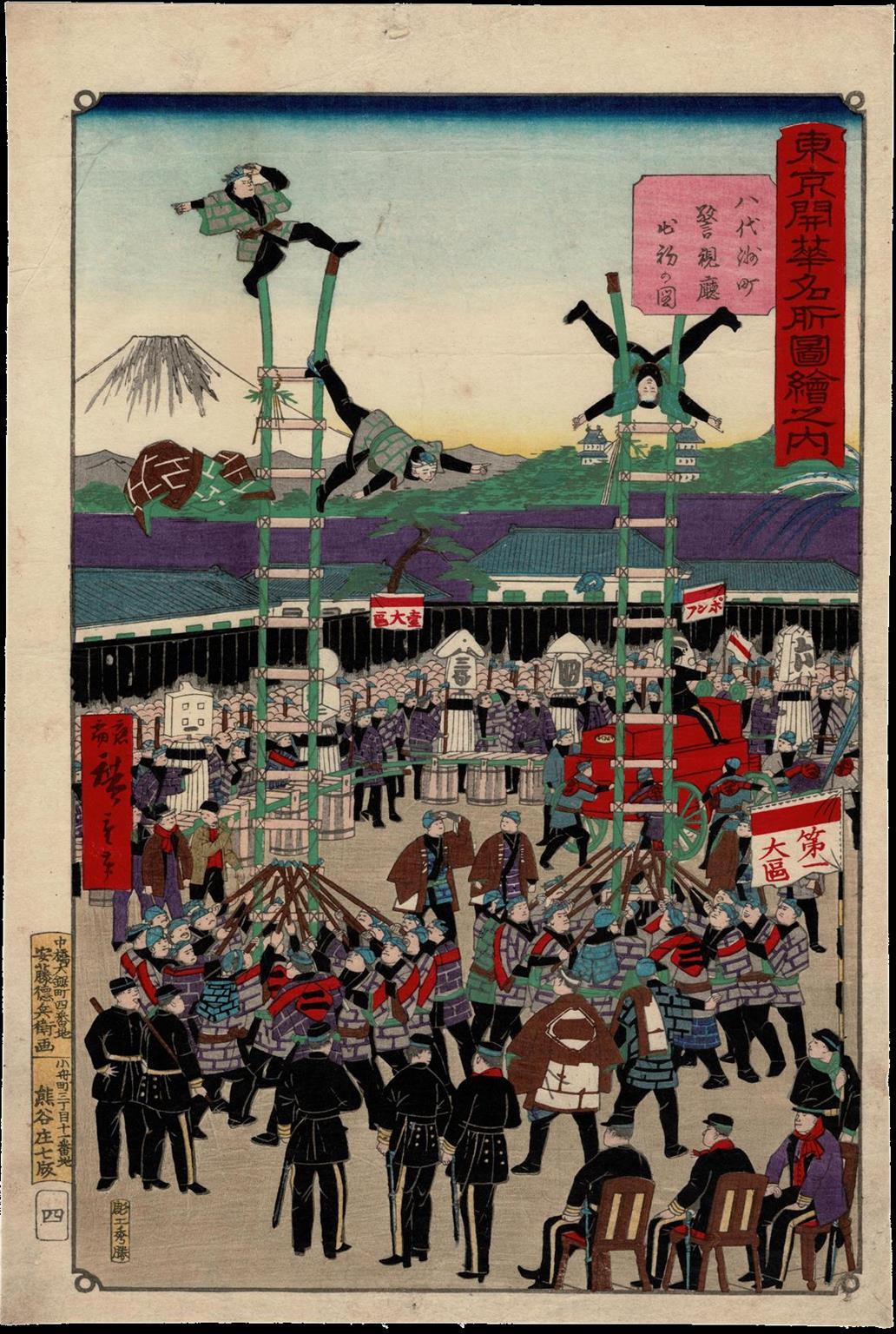
1. Suchansatz: AI LiteraturRecherche mit Yewno
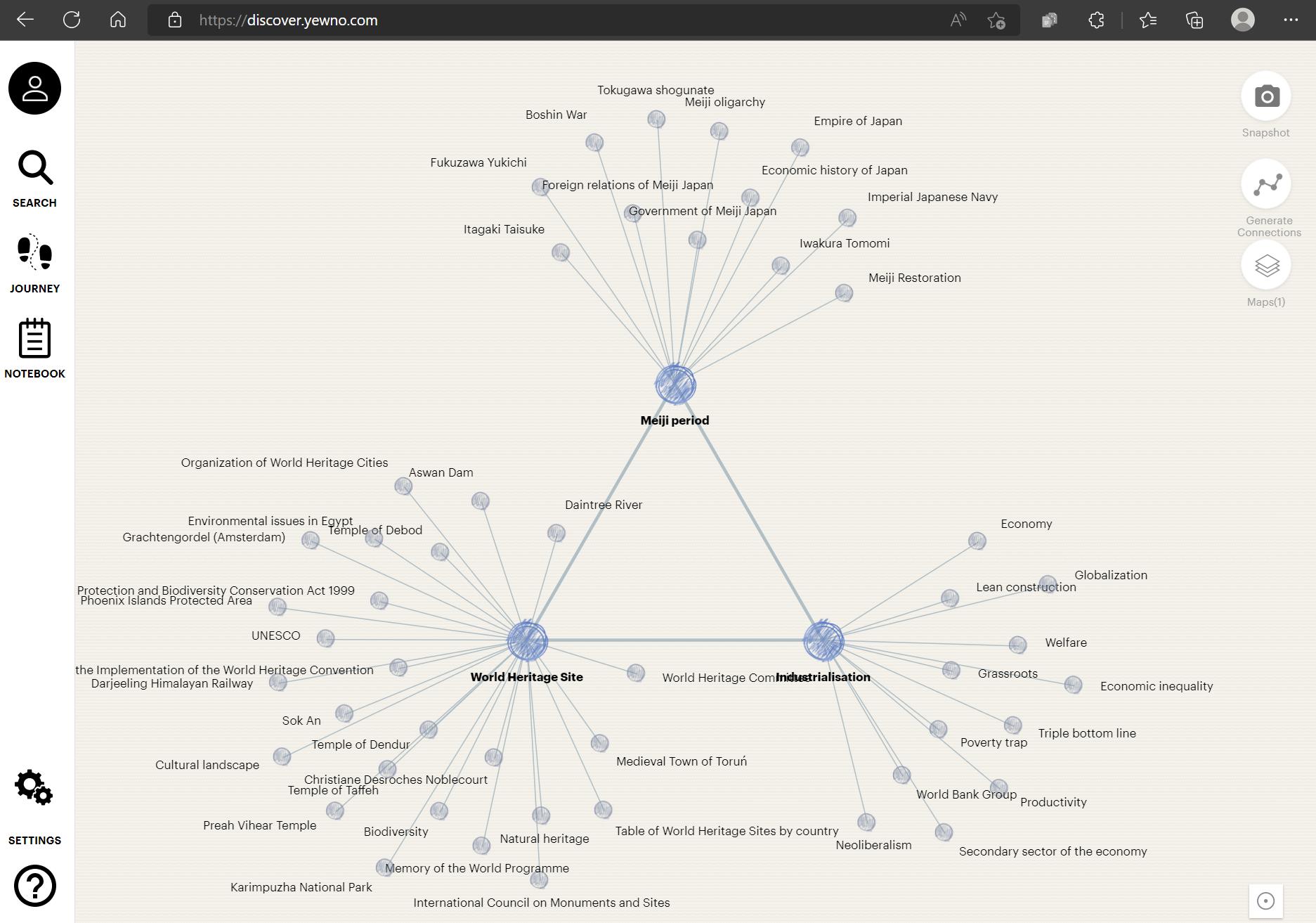
keine Überschneidungen
2. Suchansatz: UNESCO Weltkulturerbe
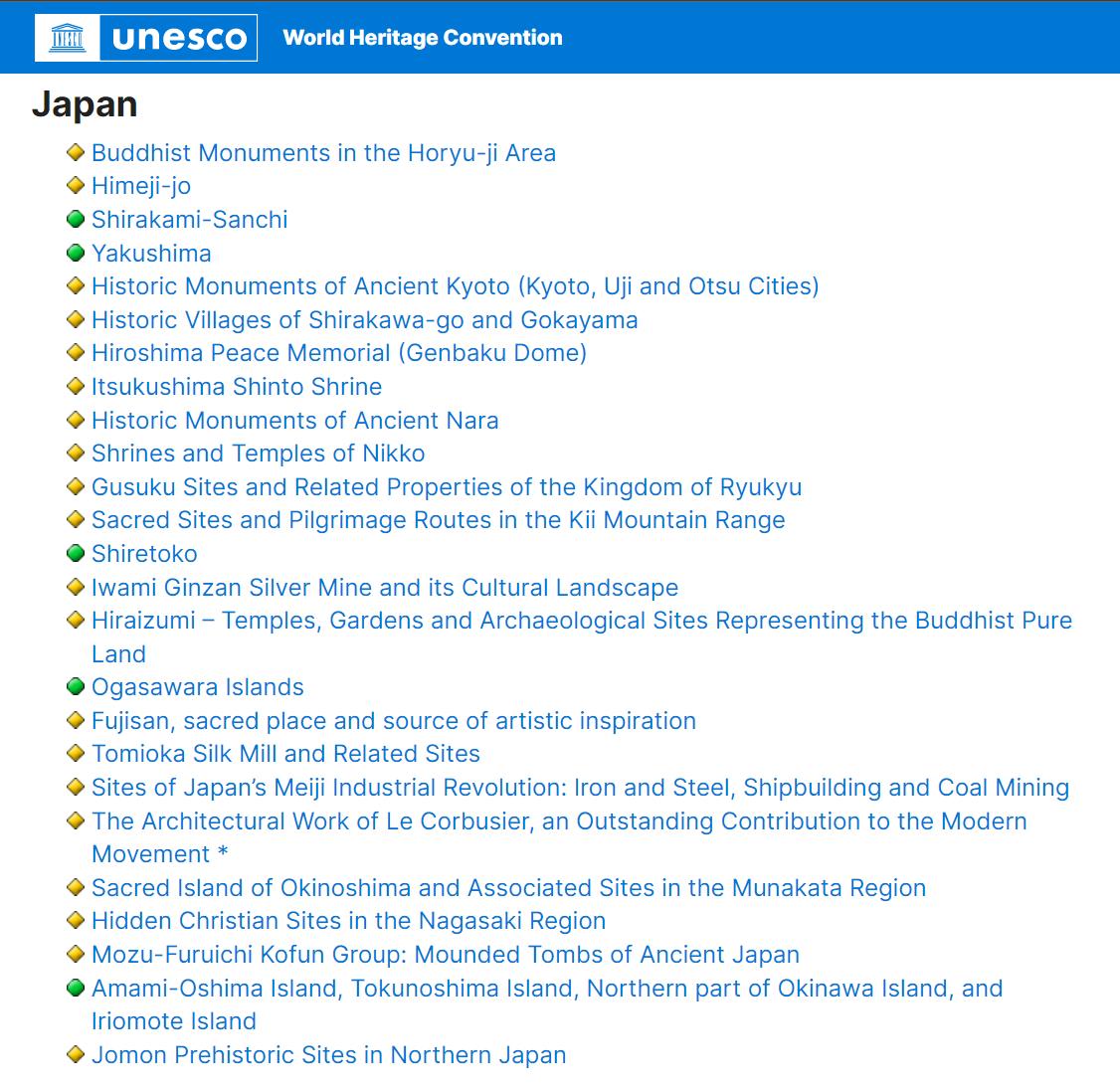
(Bergbau vor der Meiji Zeit “proto-industriell”)
(Industriestätten der Meiji Zeit)
Bemerkung: die industrielle Revolution begann in Europa. Was also für Japan revolutionär wirkte, gab es schon vorher in Europa - z.B.: Stätten des industriellen Erz- & Kohleabbaus. Allerdings: es kommt auch darauf an, ob Stätten in einem beschaulichem Zustand für zukünftige Generationen erhalten werden
UNESCO Weltkulturerbe Einschreibungskriterien
(i) to represent a masterpiece of human creative genius;
(ii) to exhibit an important interchange of human values, over a span of time or within a cultural area of the world, on developments in architecture or technology, monumental arts, town-planning or landscape design;
(iii) to bear a unique or at least exceptional testimony to a cultural tradition or to a civilization which is living or which has disappeared;
(iv) to be an outstanding example of a type of building, architectural or technological ensemble or landscape which illustrates (a) significant stage(s) in human history;
(v) to be an outstanding example of a traditional human settlement, land-use, or sea-use which is representative of a culture (or cultures), or human interaction with the environment especially when it has become vulnerable under the impact of irreversible change;
(vi) to be directly or tangibly associated with events or living traditions, with ideas, or with beliefs, with artistic and literary works of outstanding universal significance. (this criterion should preferably be used in conjunction with other criteria);
(vii) to contain superlative natural phenomena or areas of exceptional natural beauty and aesthetic importance;
(viii) to be outstanding examples representing major stages of earth's history, including the record of life, significant on-going geological processes in the development of landforms, or significant geomorphic or physiographic features;
(ix) to be outstanding examples representing significant on-going ecological and biological processes in the evolution and development of terrestrial, fresh water, coastal and marine ecosystems and communities of plants and animals;
(x) to contain the most important and significant natural habitats for in-situ conservation of biological diversity, including those containing threatened species of outstanding universal value from the point of view of science or conservation
UNESCO Gutachten
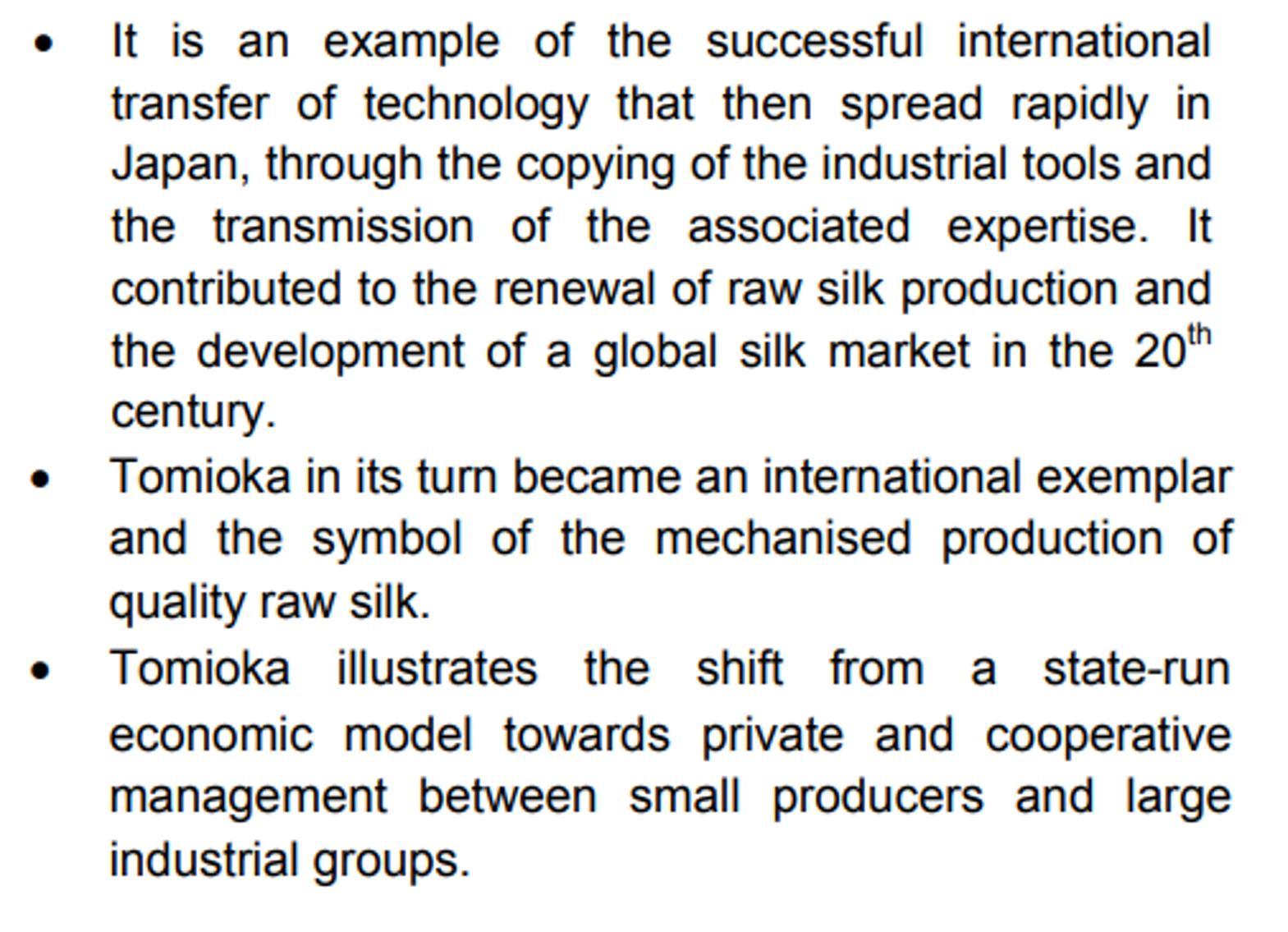
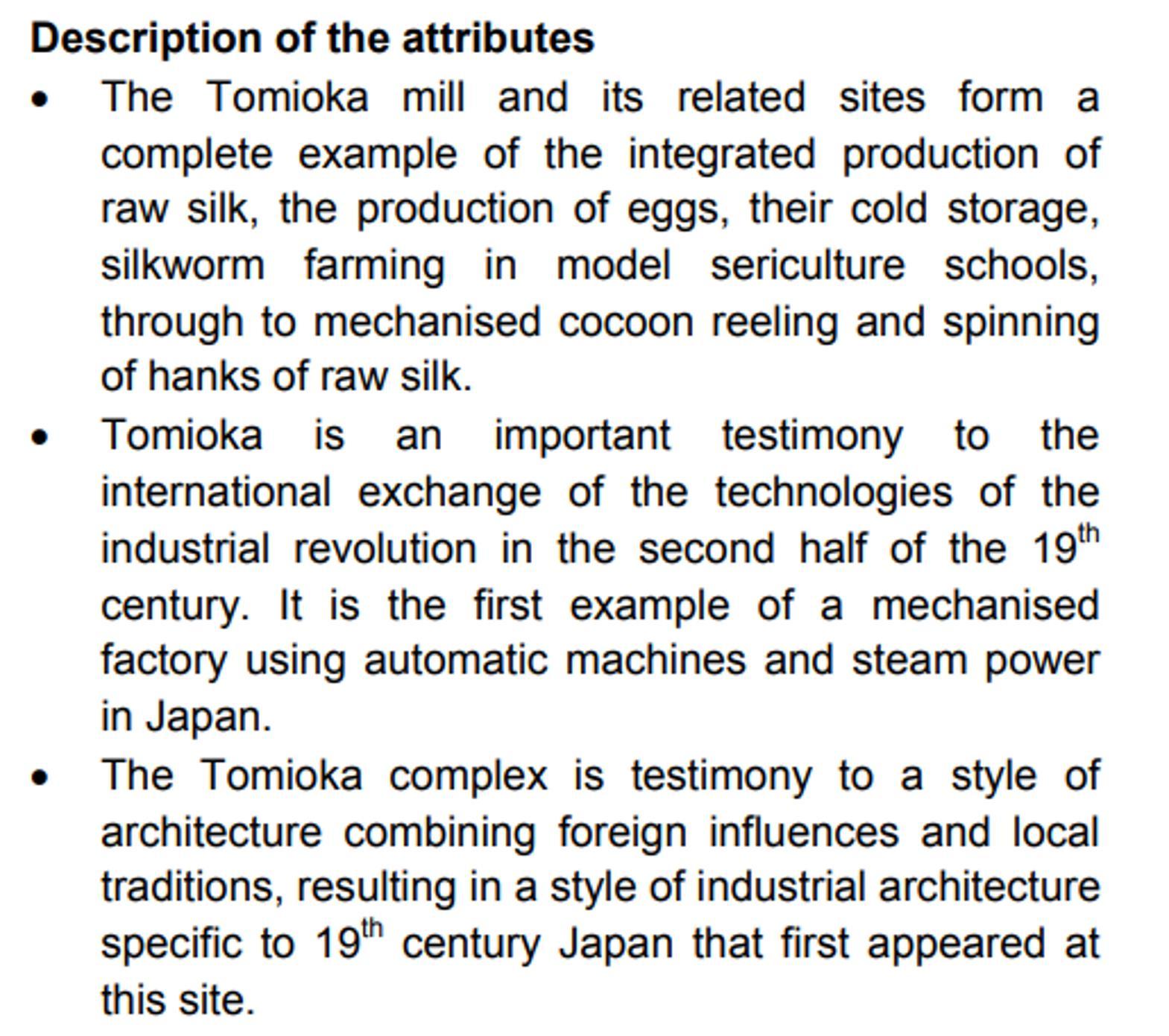
März
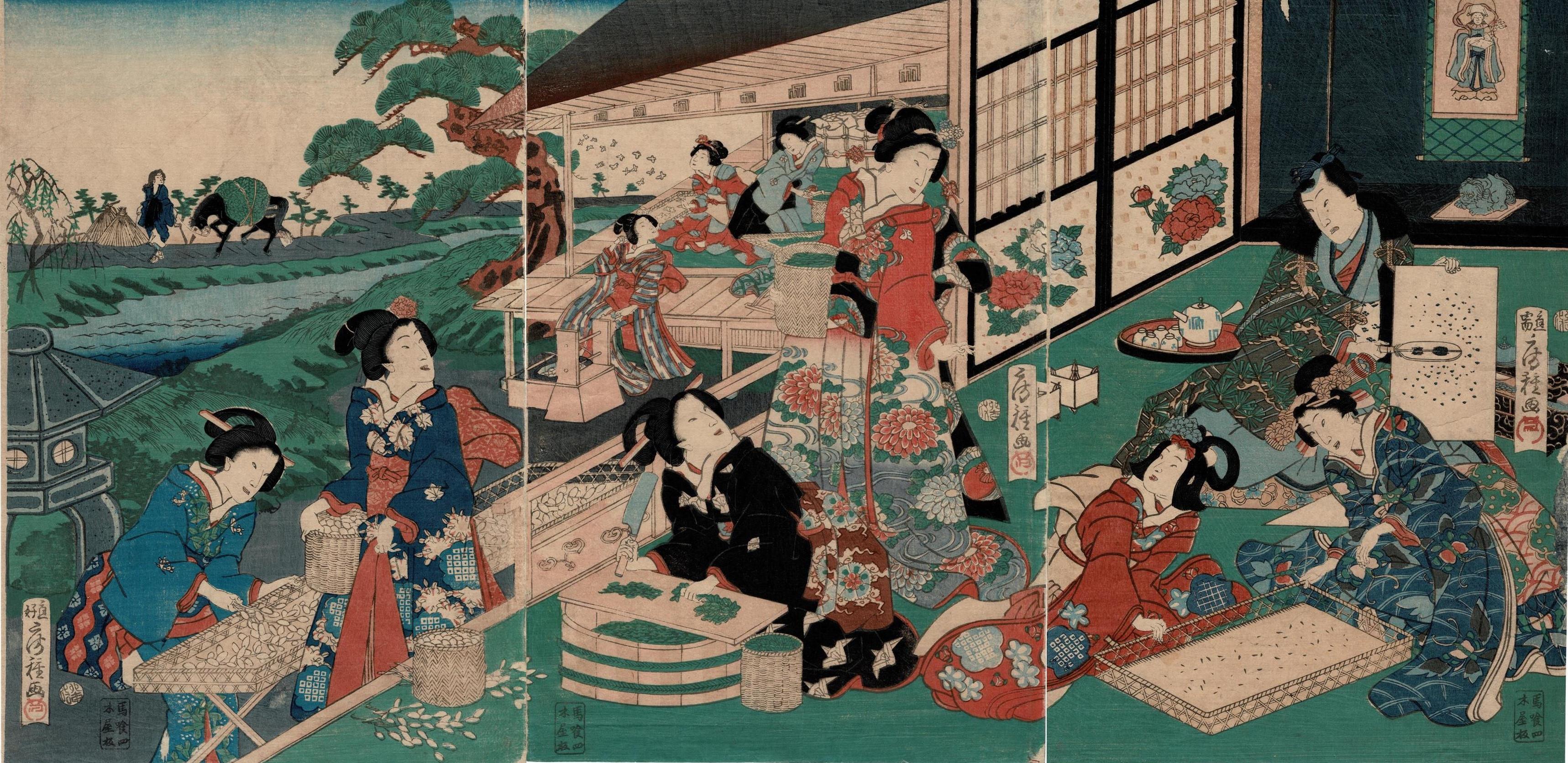
werden

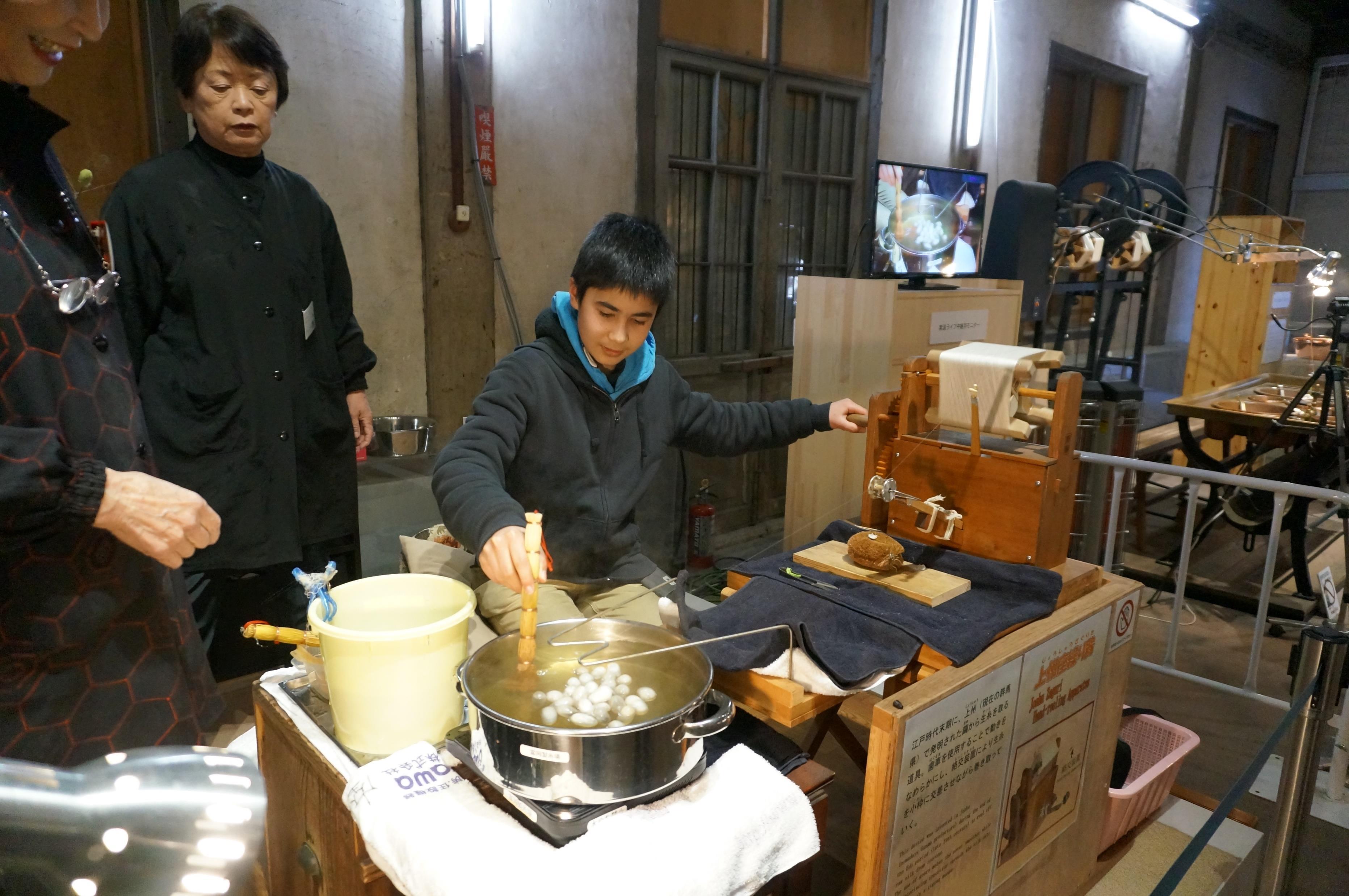
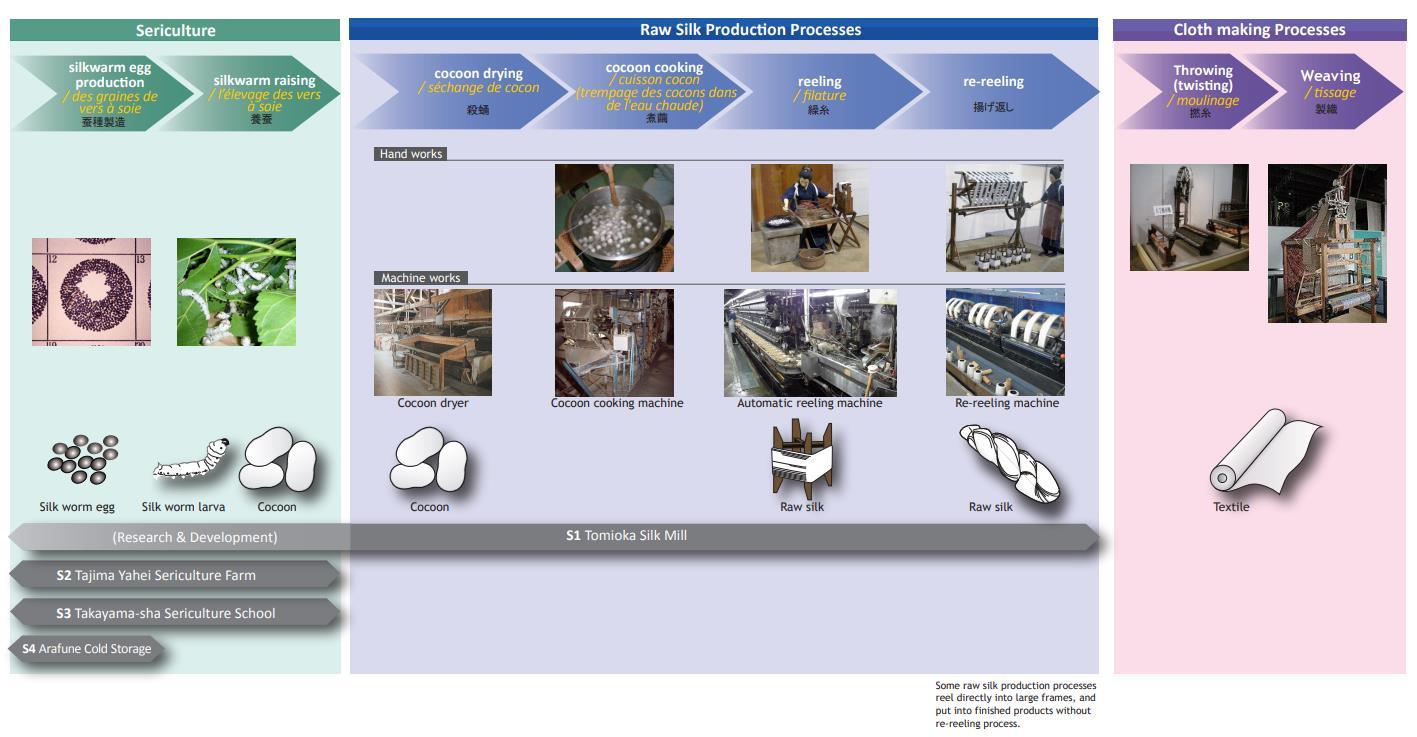
Gamechanger: Erfindung neuer, künstlicher Faser, z.B. Nylon-66 (DuPont, 1935), Nylon-6 (IG Farben/Toray, 1938)
道
Der internationale Seidenhandel (1851-1940)
und Marktanteile pro Land
Japanische Produktion von Kokons und Rohseide im Vergleich (1874-2004)
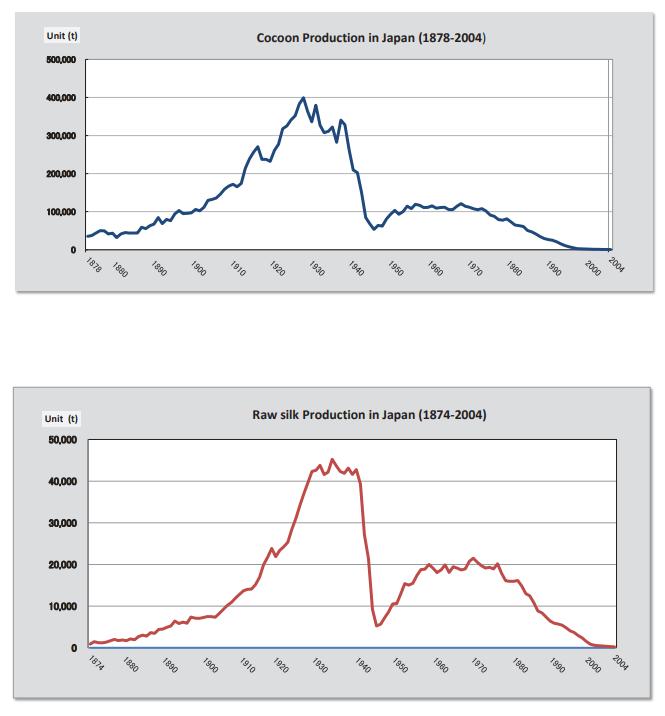
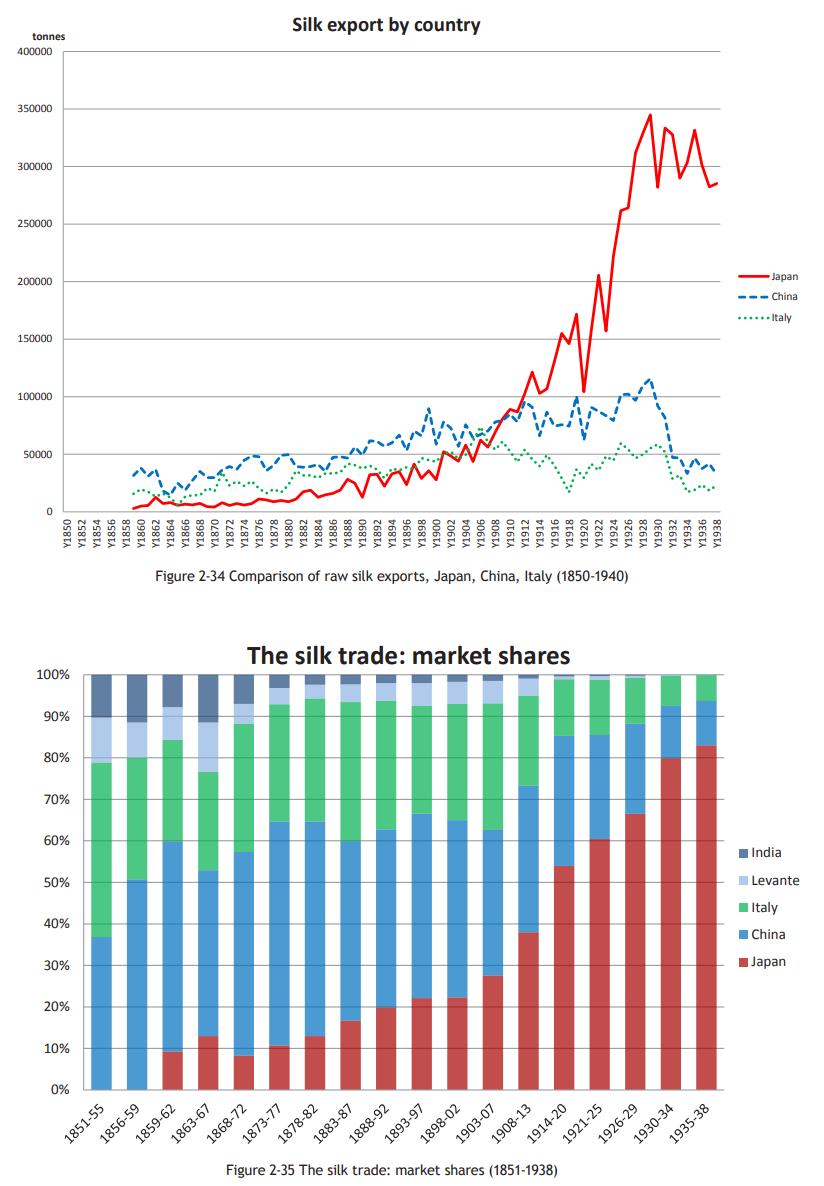
Kultureller & wirtschaftlicher Austausch: Vom Westen
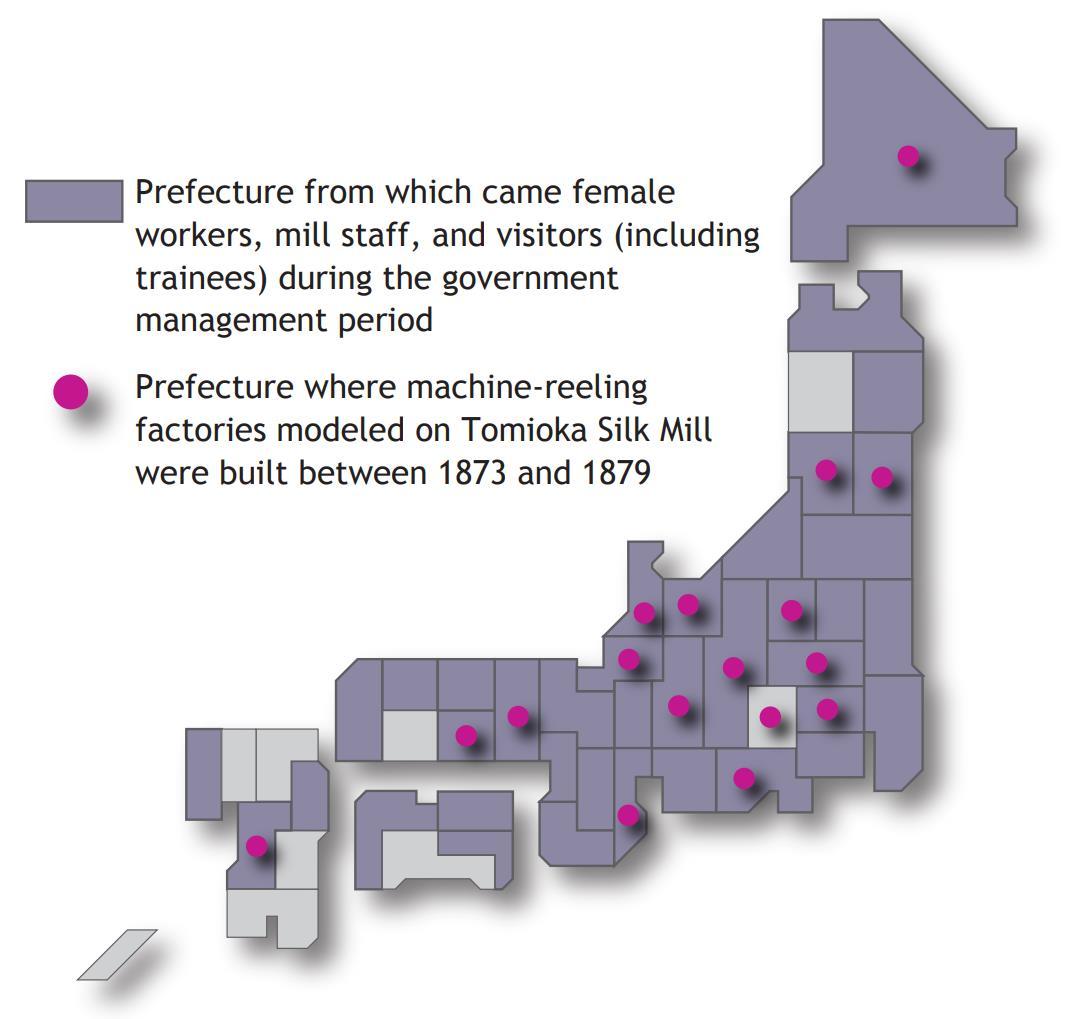
nach Japan… in die Welt!
Präfekturen, die weibliche landwirtschaftliche Arbeitskräfte, Fabrikangestellte & Beobachter (ohne Lehrlinge) in der Zeit der staatlichen Betriebsaufsicht entsandten Präfekturen, in denen Seidenhaspel Maschienenfabriken nach Vorbild der Tomioka Seidenspinnerei in den Jahren 1873 – 1879 errichtet wurden
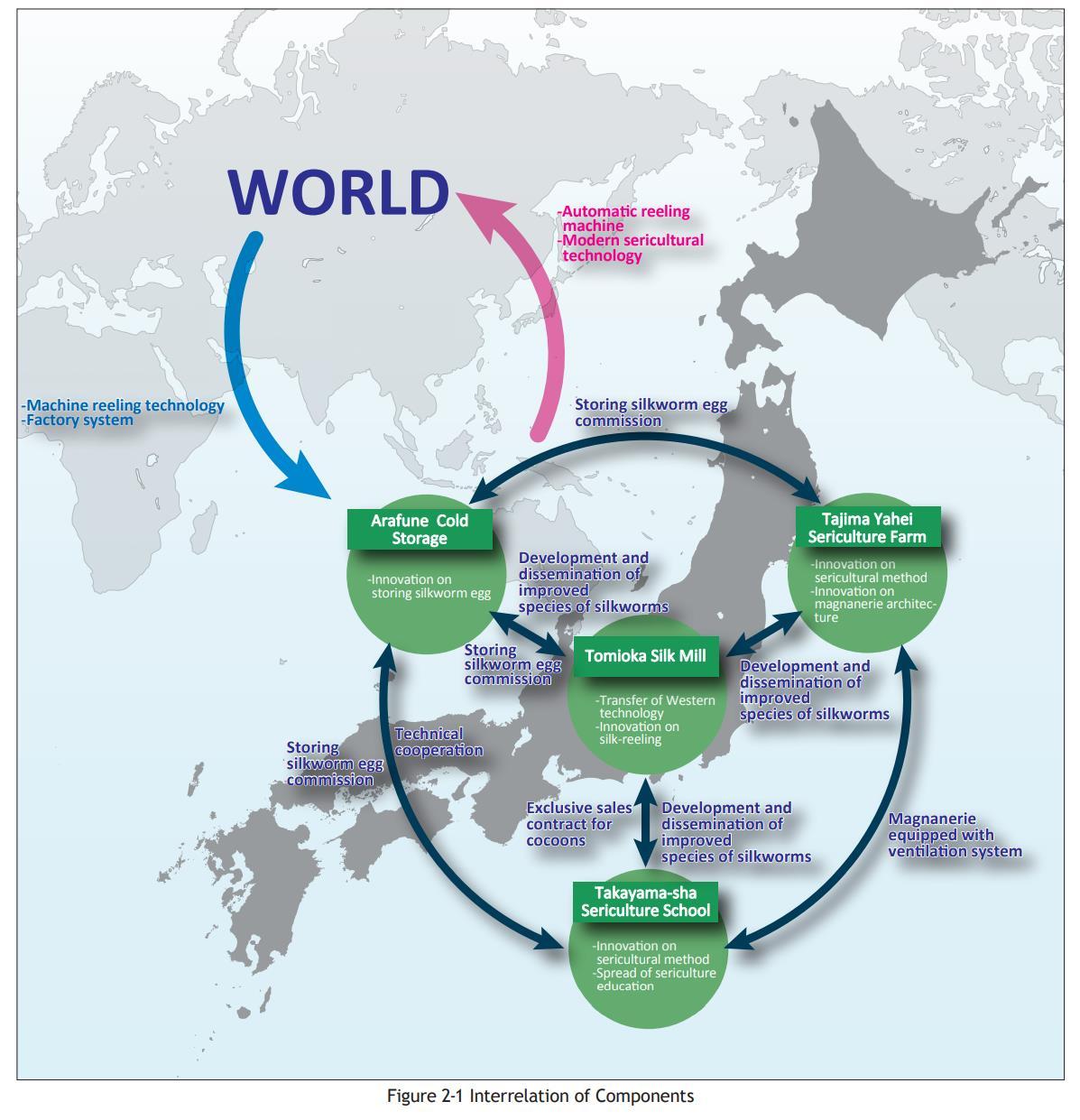
Tomioka Seidenkulturstätten
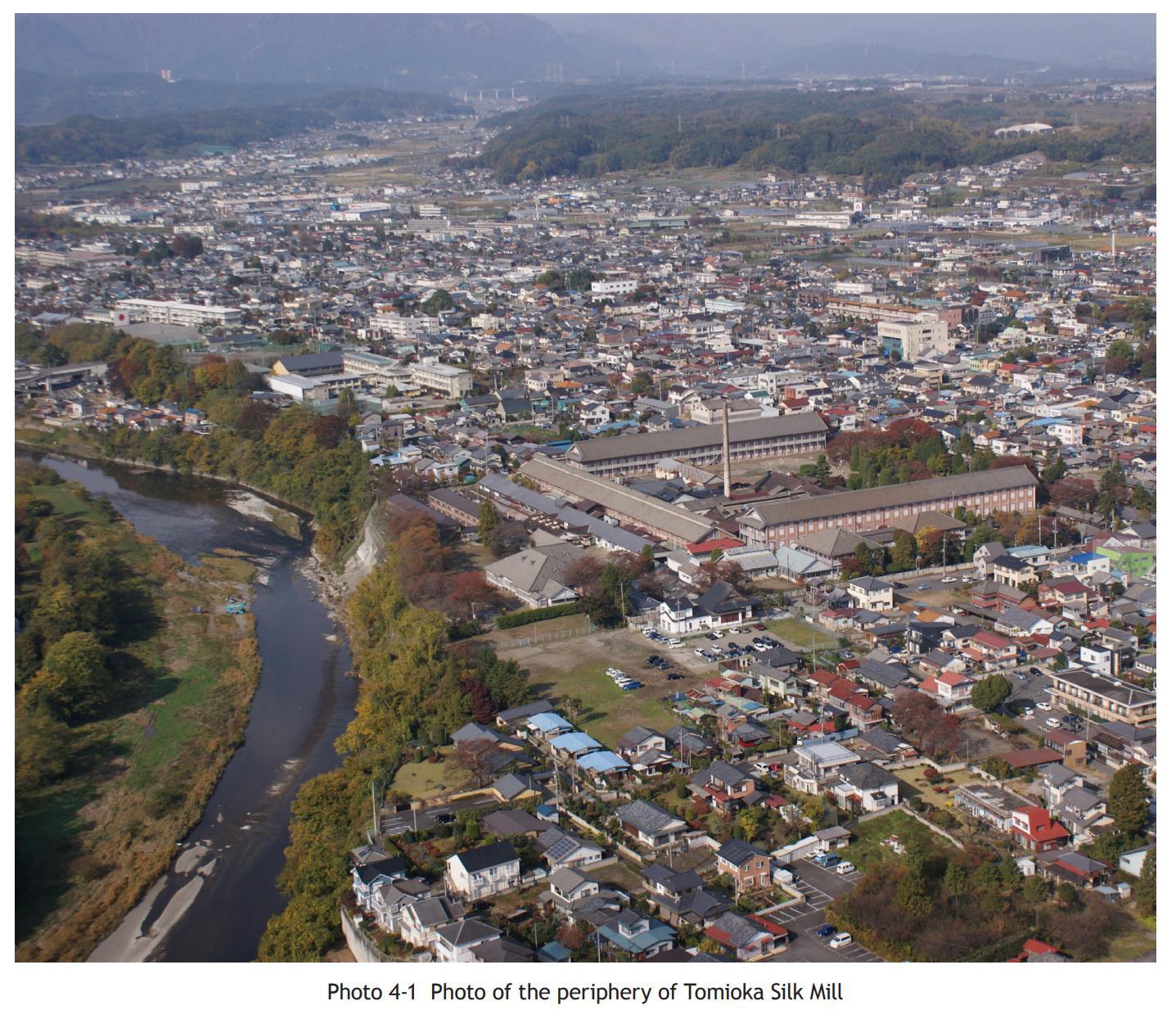
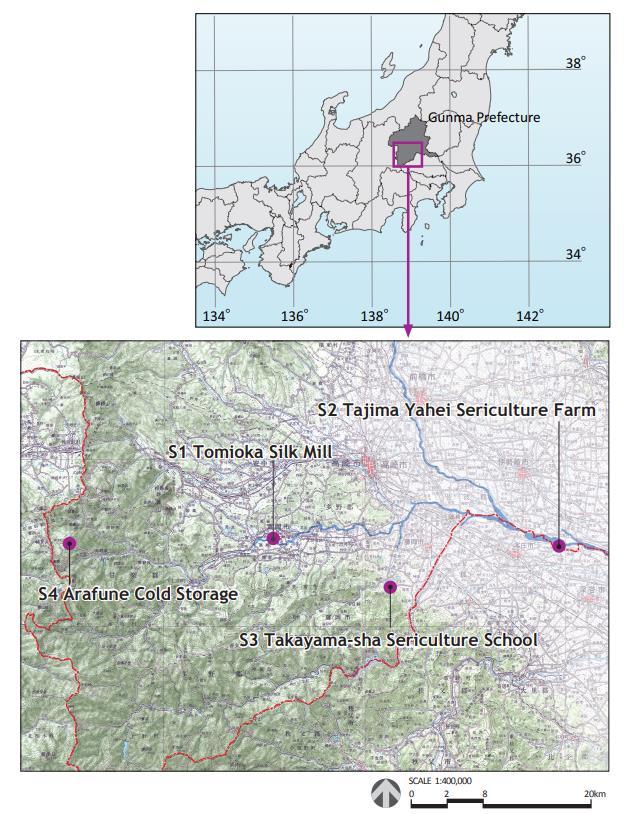
Tomioka Seidenkulturstätten
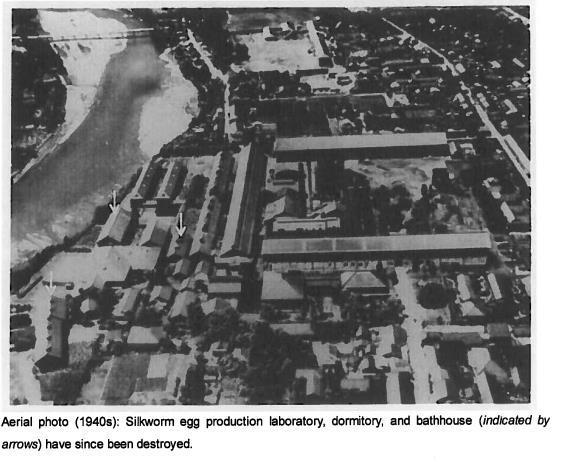

Tomioka Seidenspinnerei:
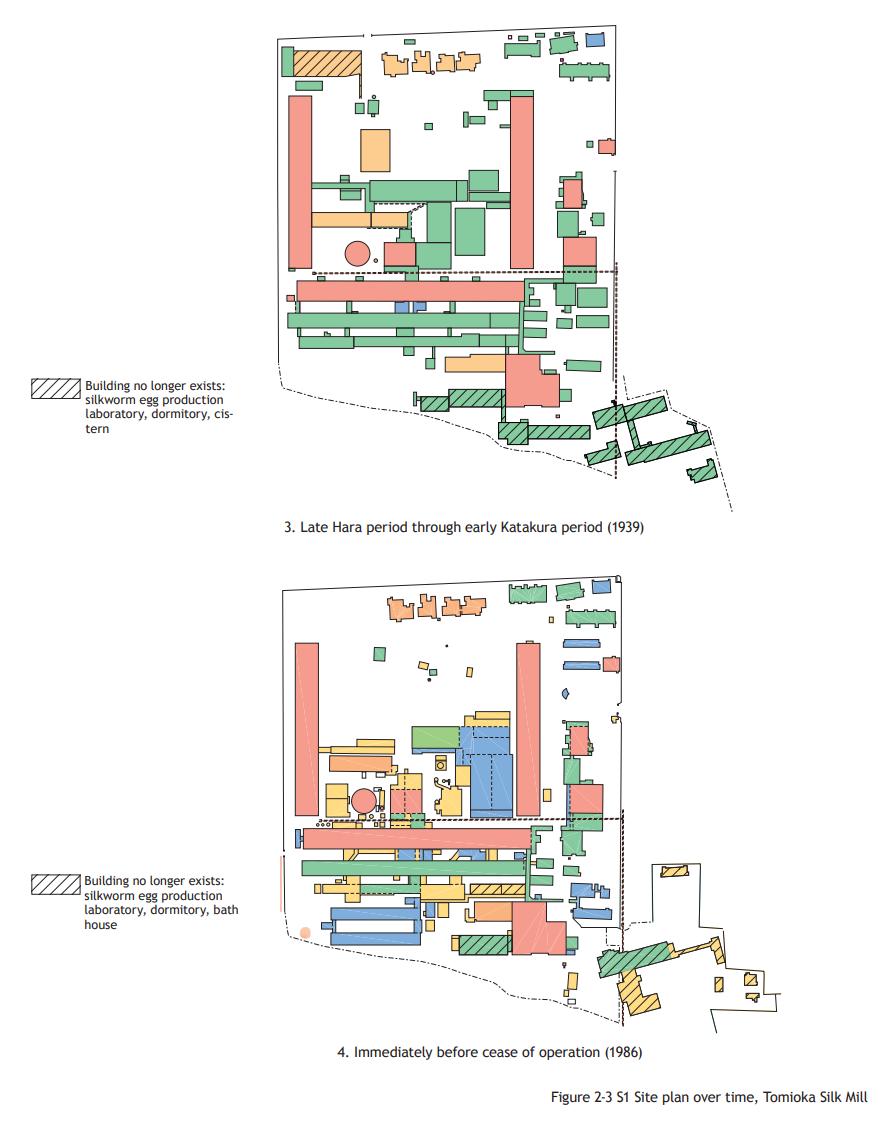
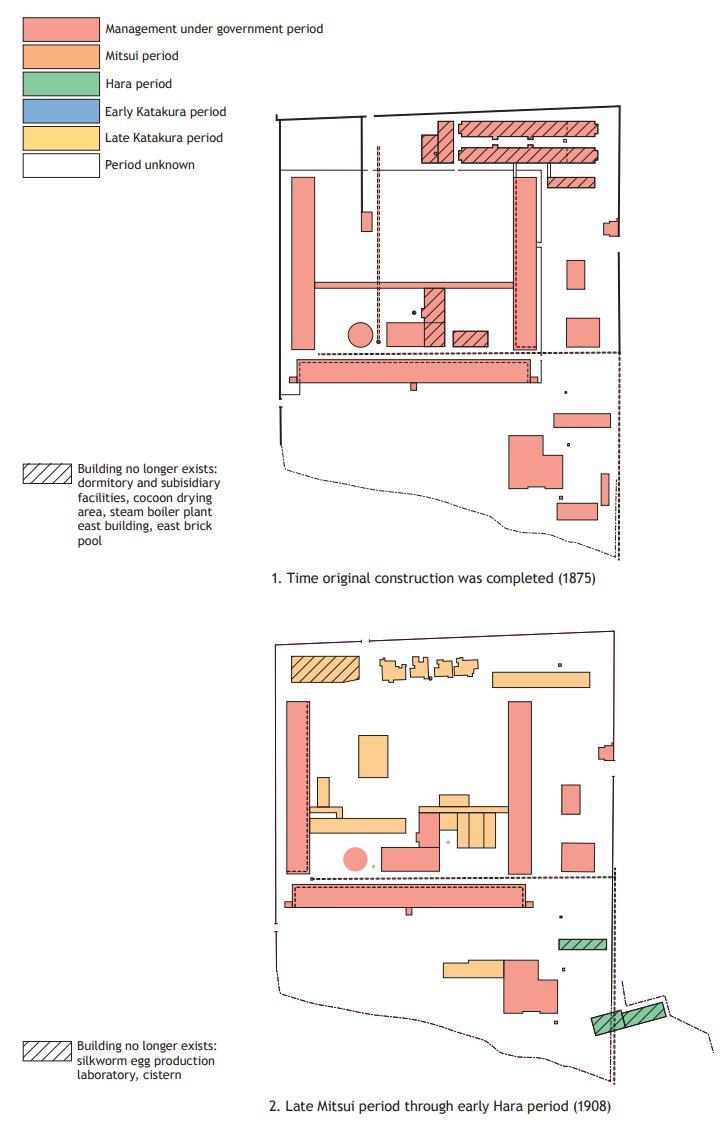
Jahre
Tomiokas „Gründungsväter
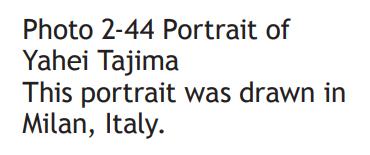
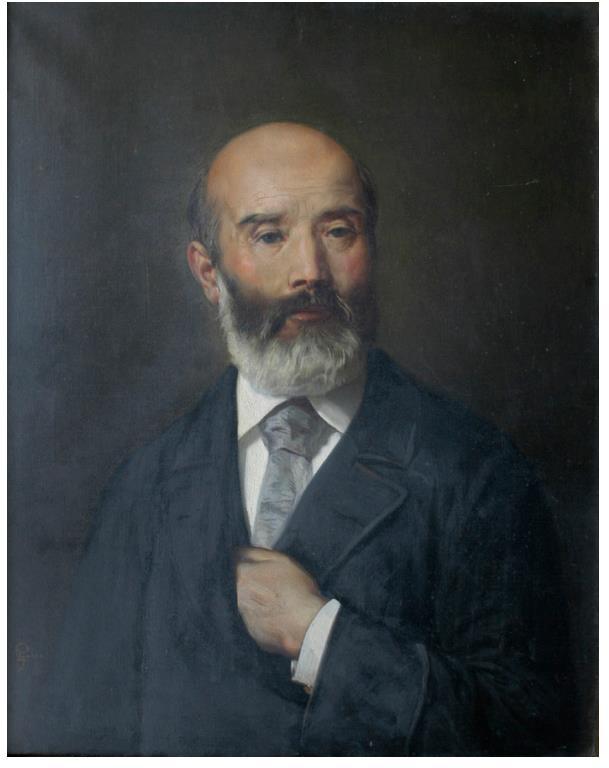
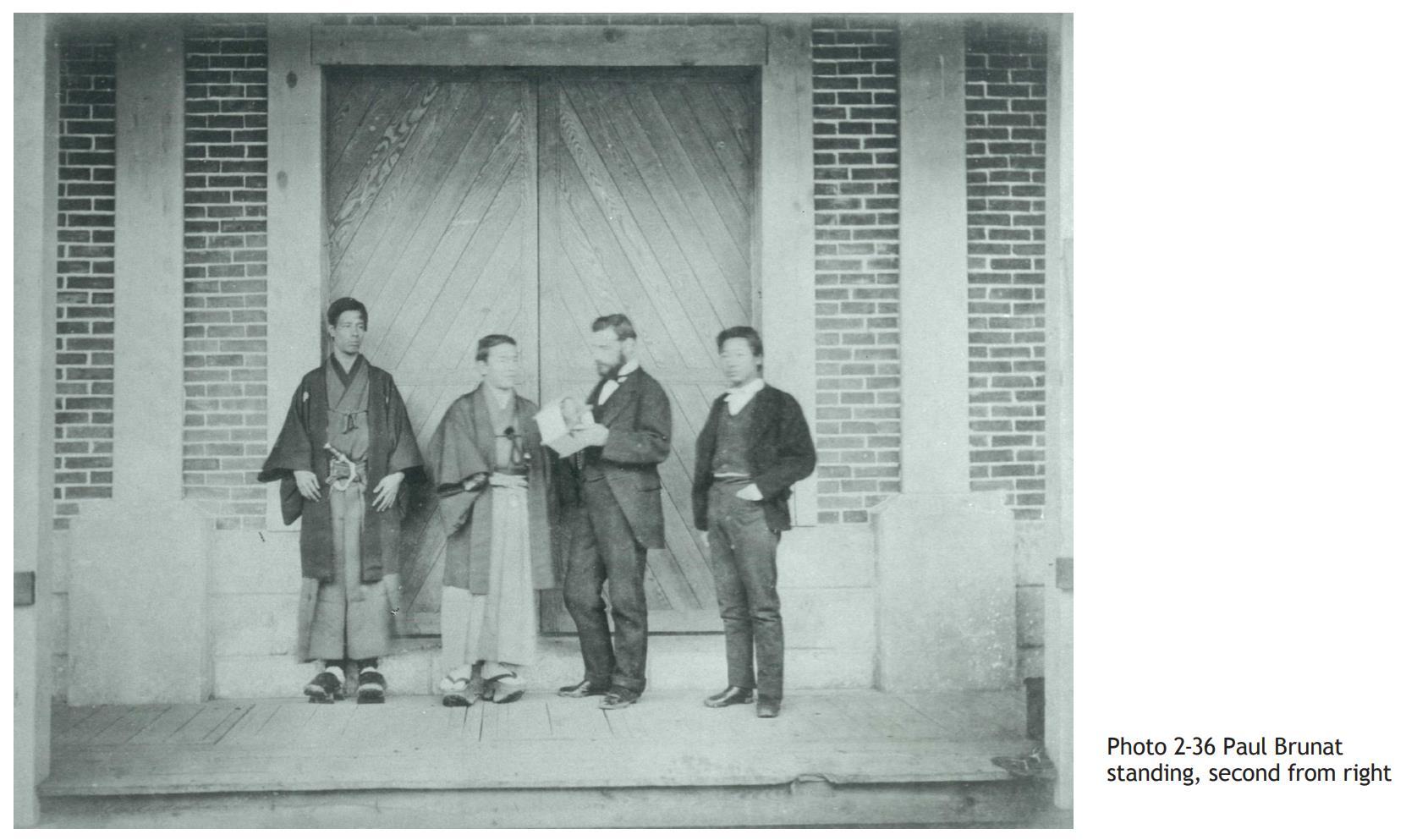
Nur traditionelle japanische Werkzeuge kamen zum Einsatz
Fotografische Inszenierung aus der Zeit des ursprünglichen Baus, östliches Kokonlagergebäude
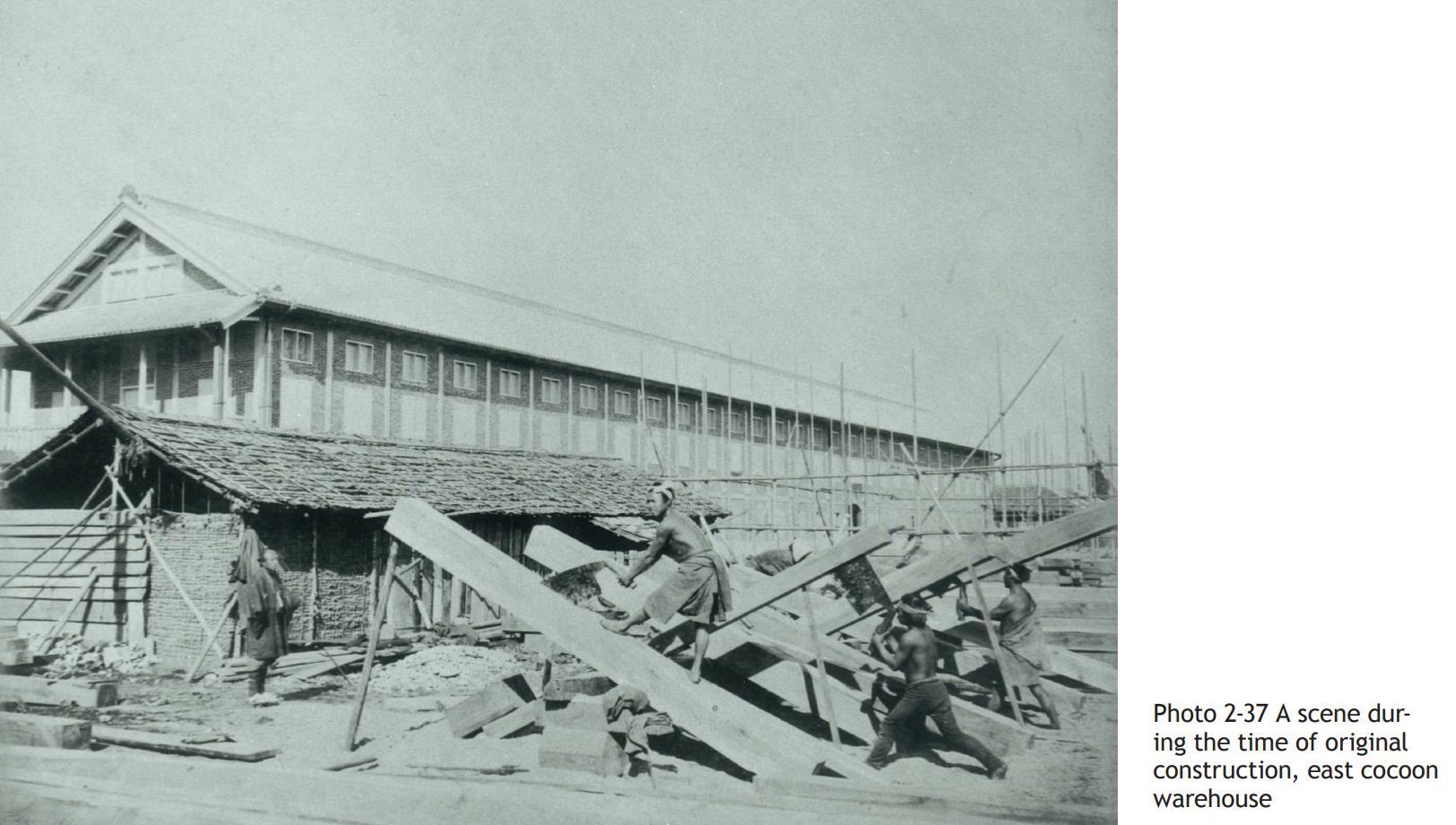
Erste
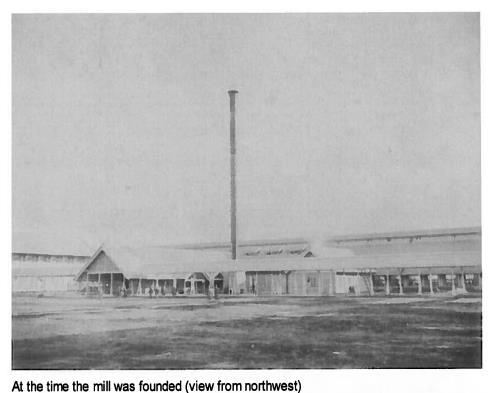
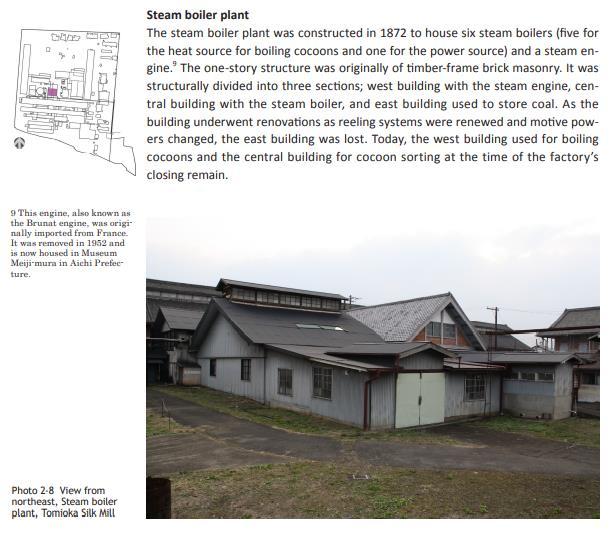
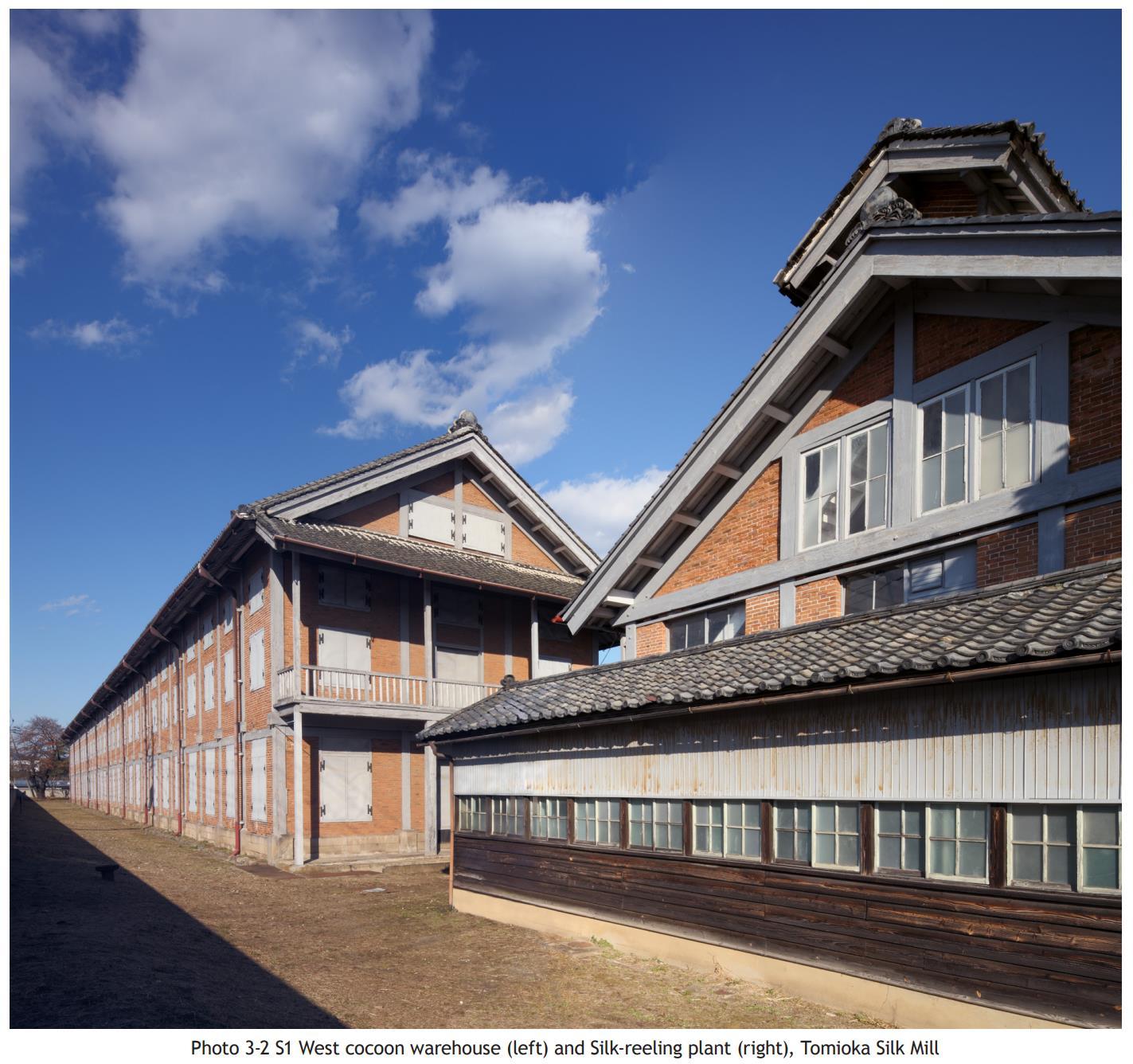
(nicht Wasserrad)
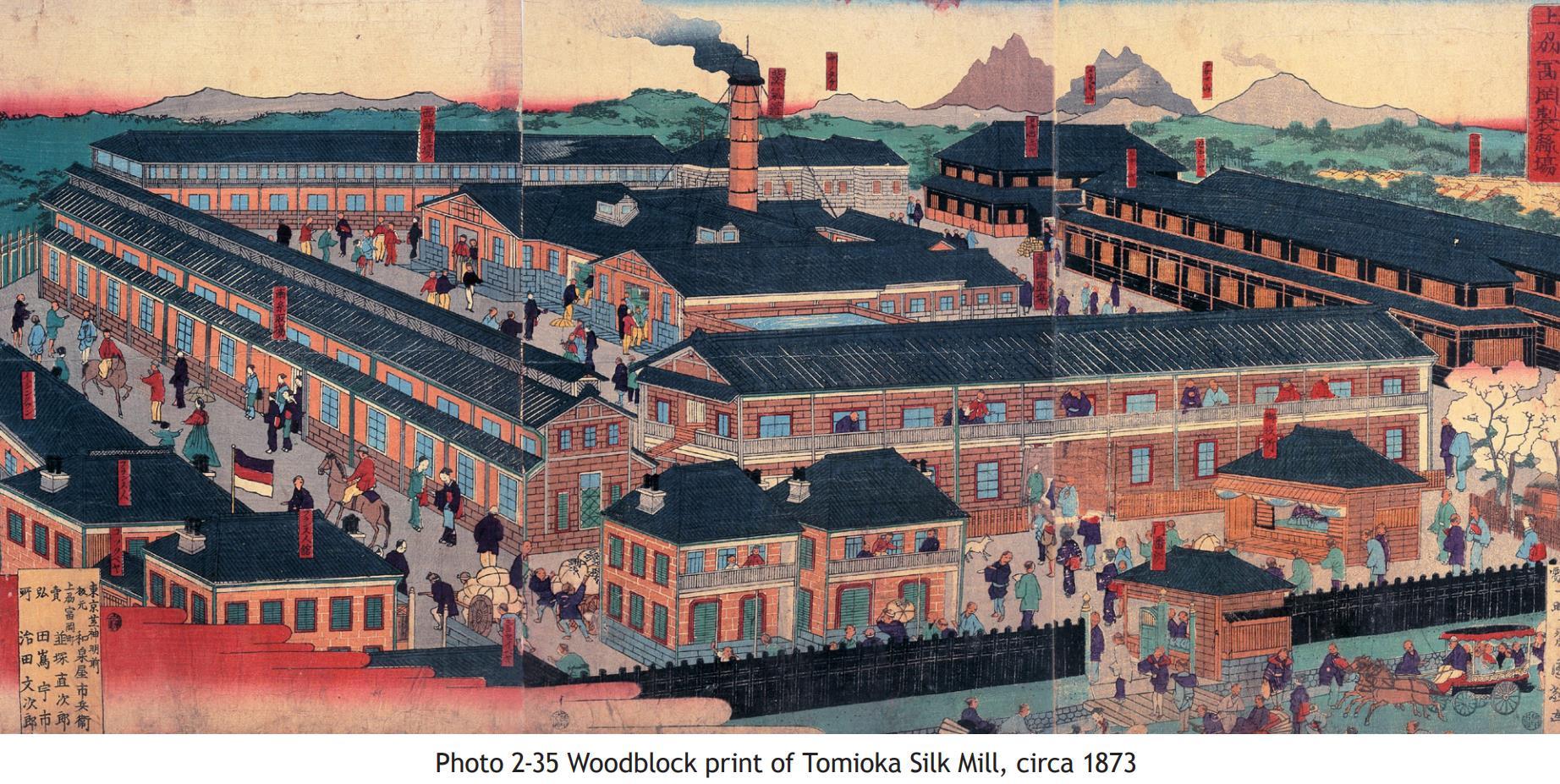
Schlafsaal für weibliche Angestellte
Arztpraxis
Haus der Qualitätsüberwachung
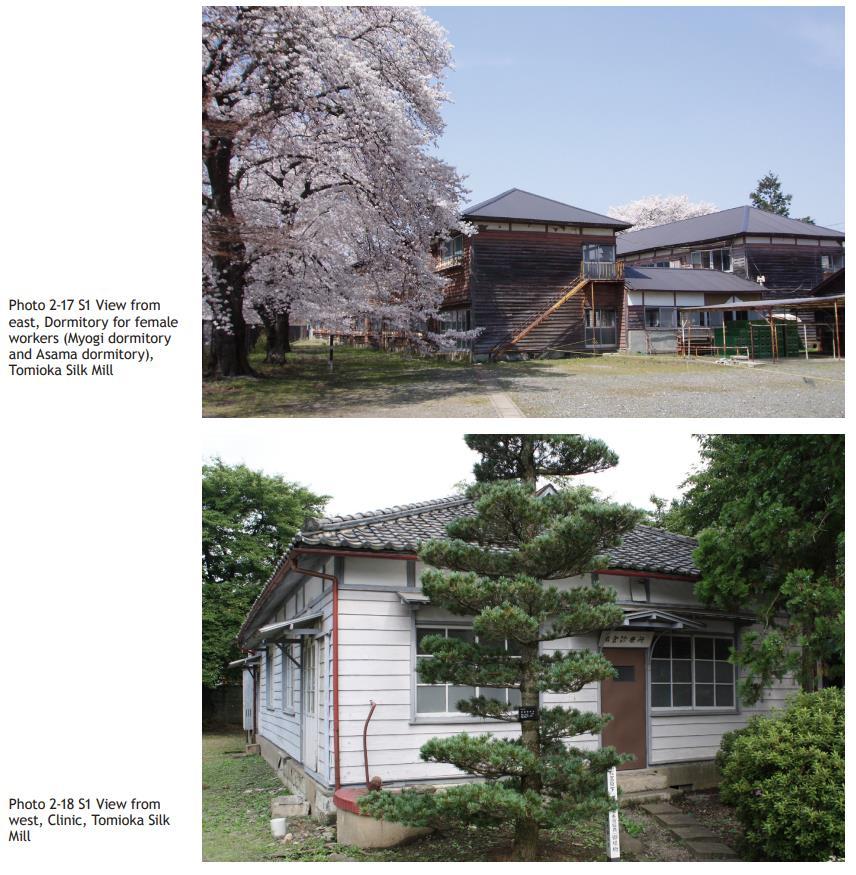
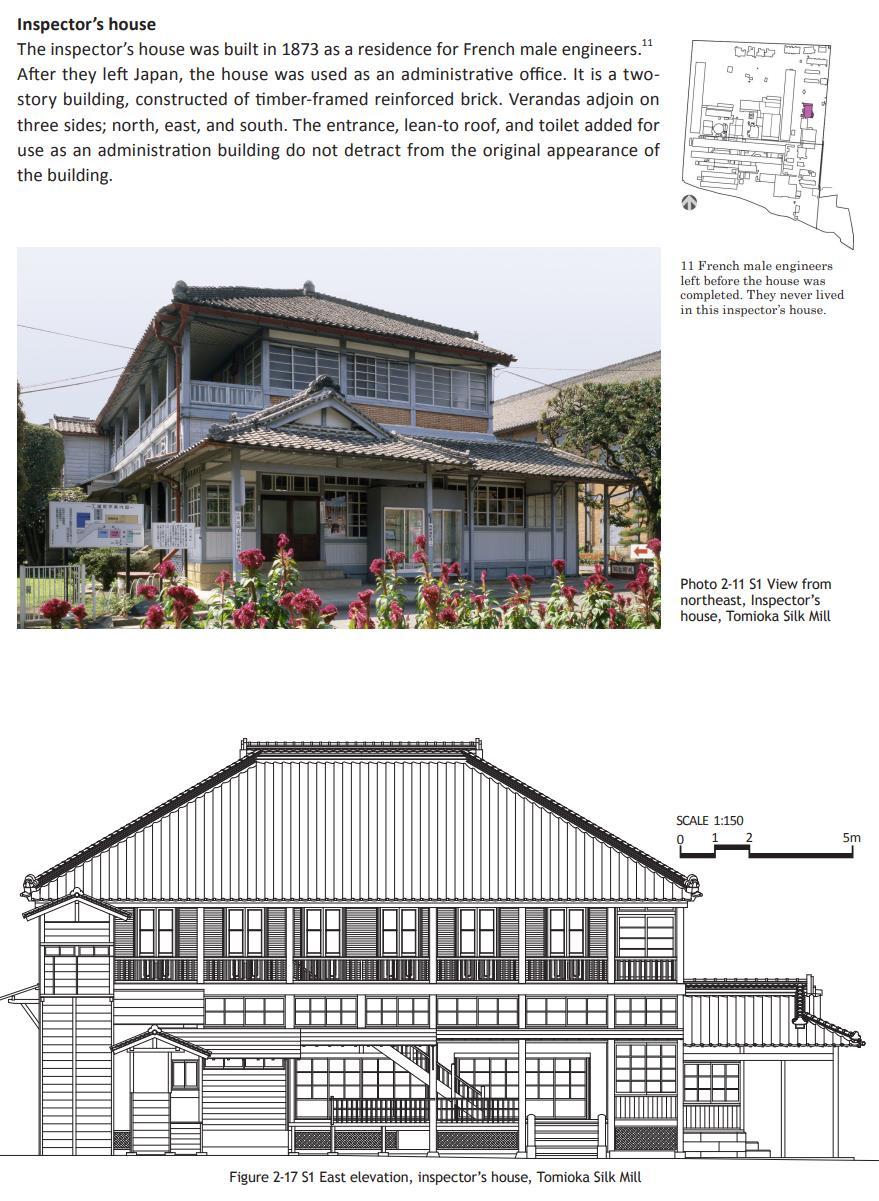
Tajima Yaheis Anwesen zur Seidenraupenzucht 田島弥平旧宅
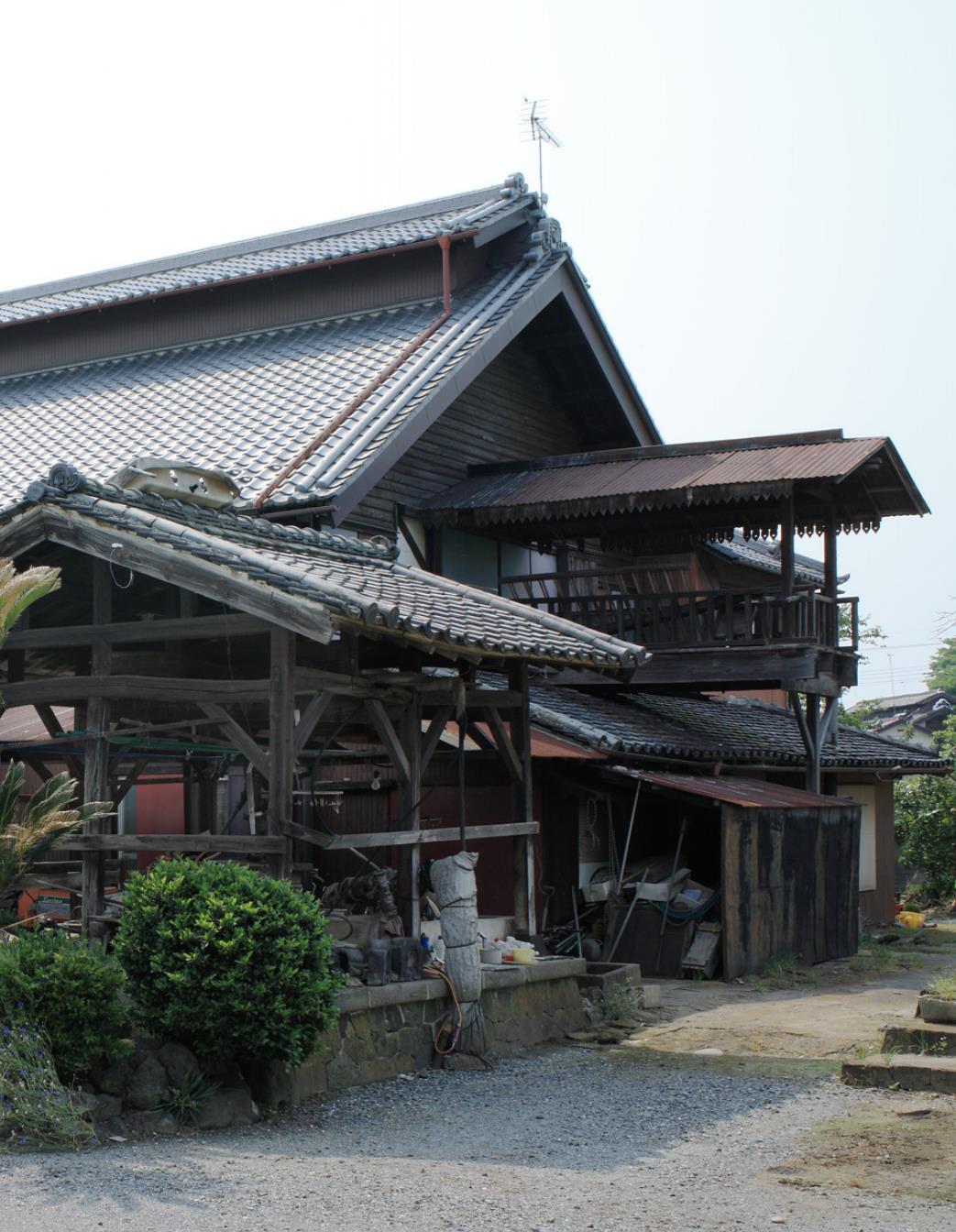
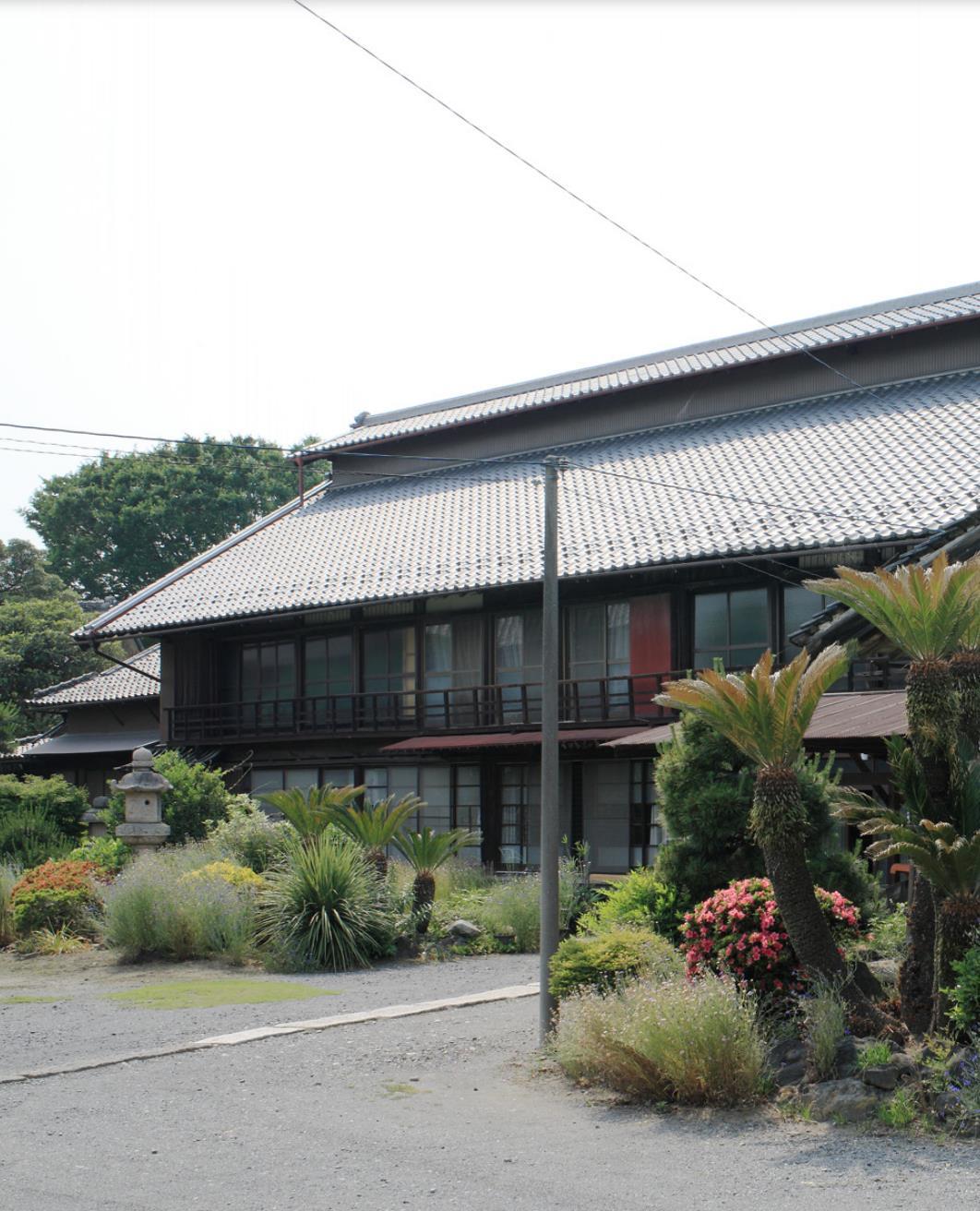
Bemerkung: das abgestufte Dach ermöglicht gute Durchlüftung
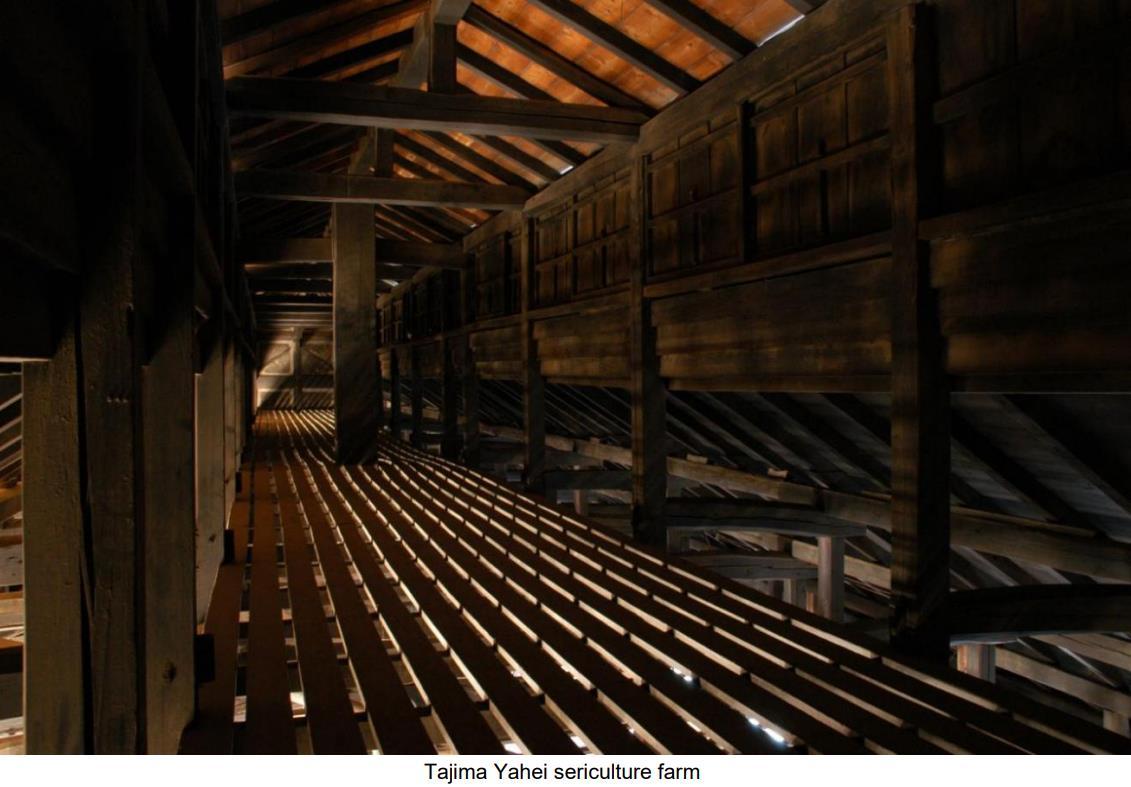
Tajima Yaheis Anwesen zur Seidenraupenzucht

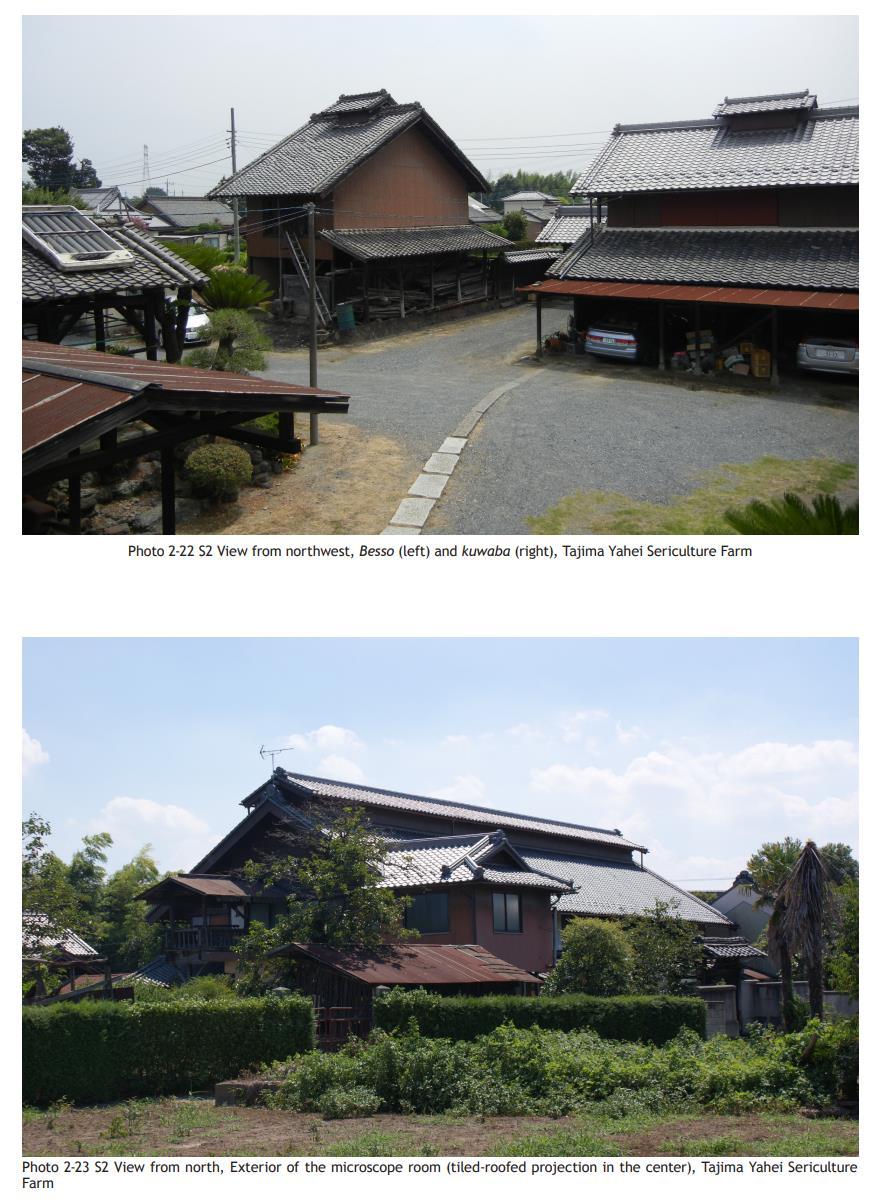
Blick
Blick
Holzschnittdruck seines Anwesens - aus Tajima Yaheis Werk 養蚕信論 Yôsan Shinron “Neue Theorie der Seidenraupenzucht” (1872)

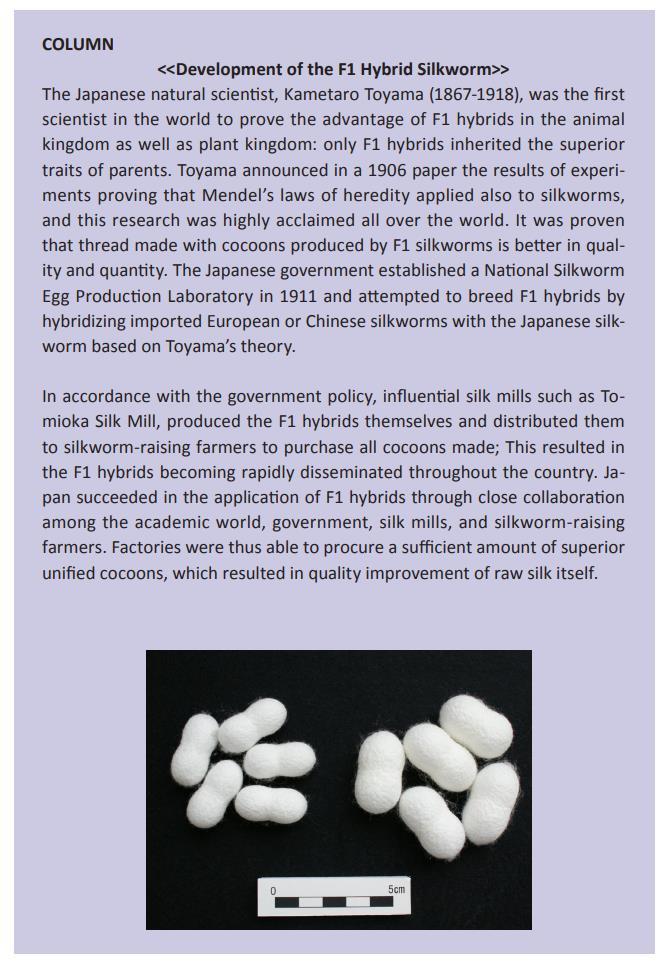
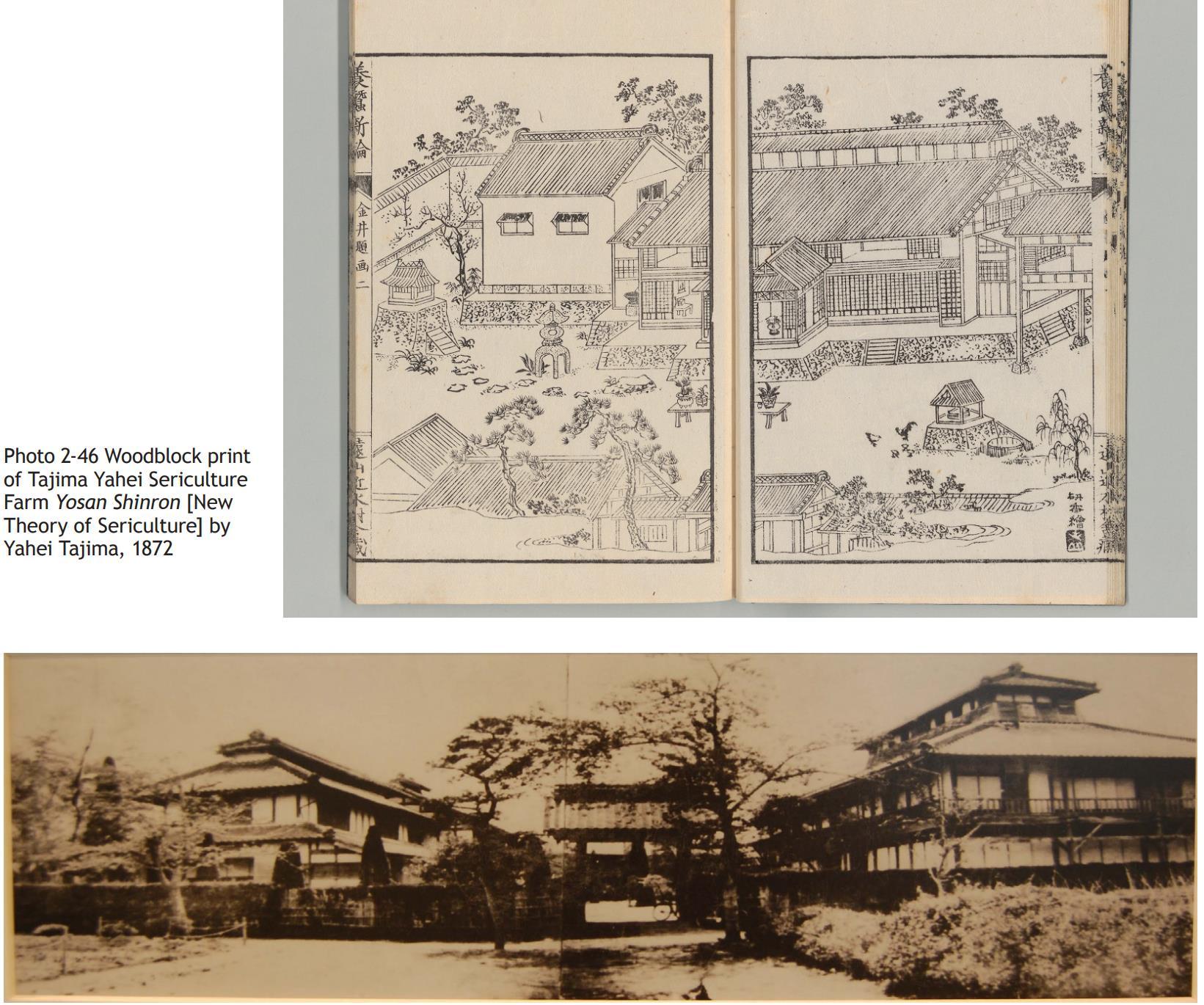
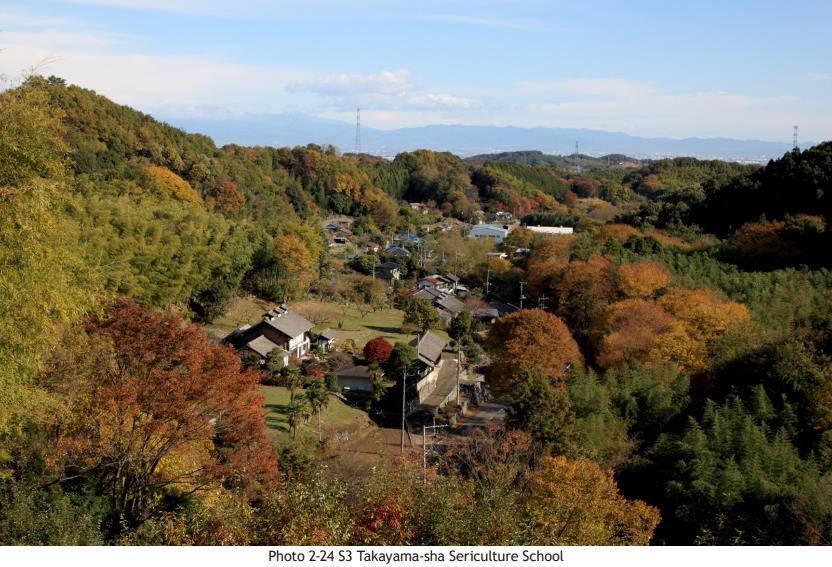
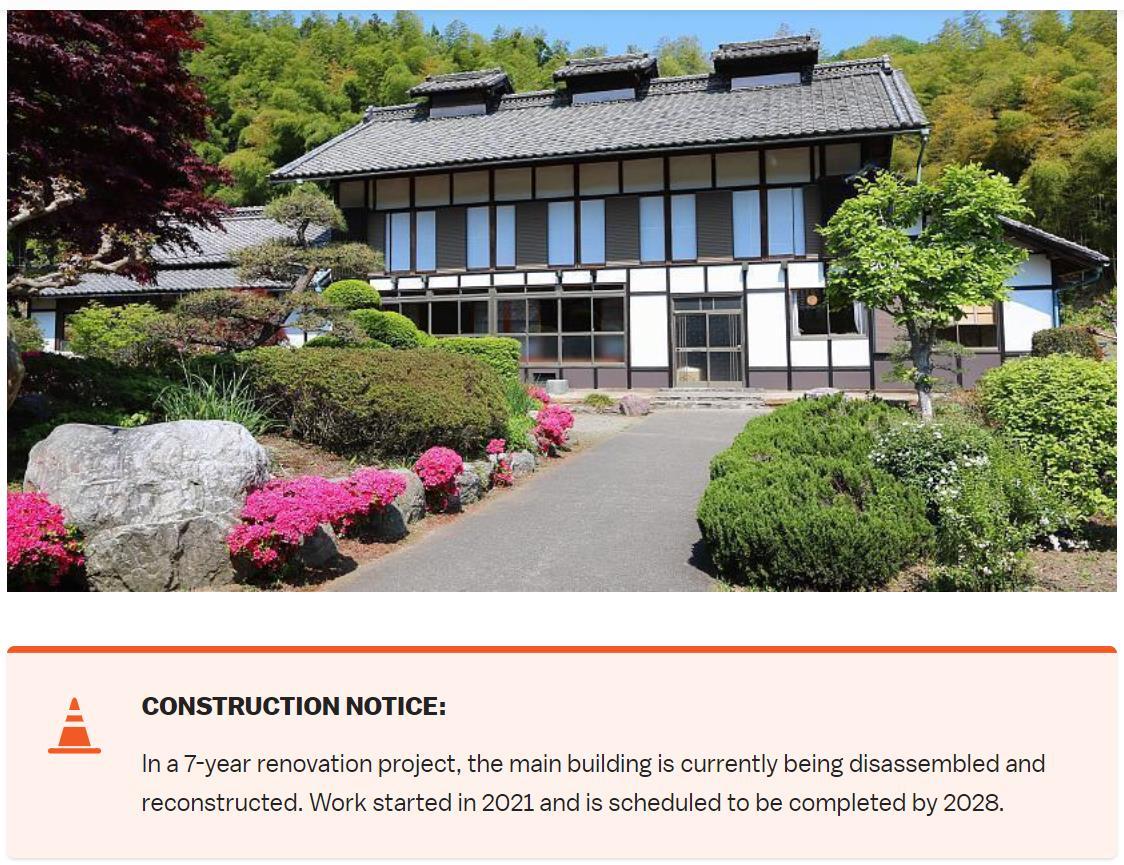
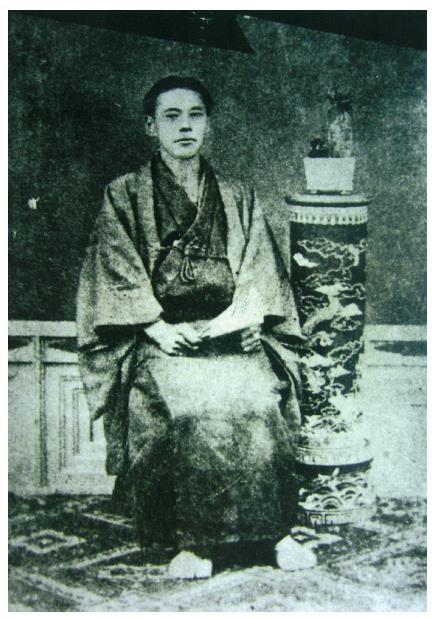

清 温 育
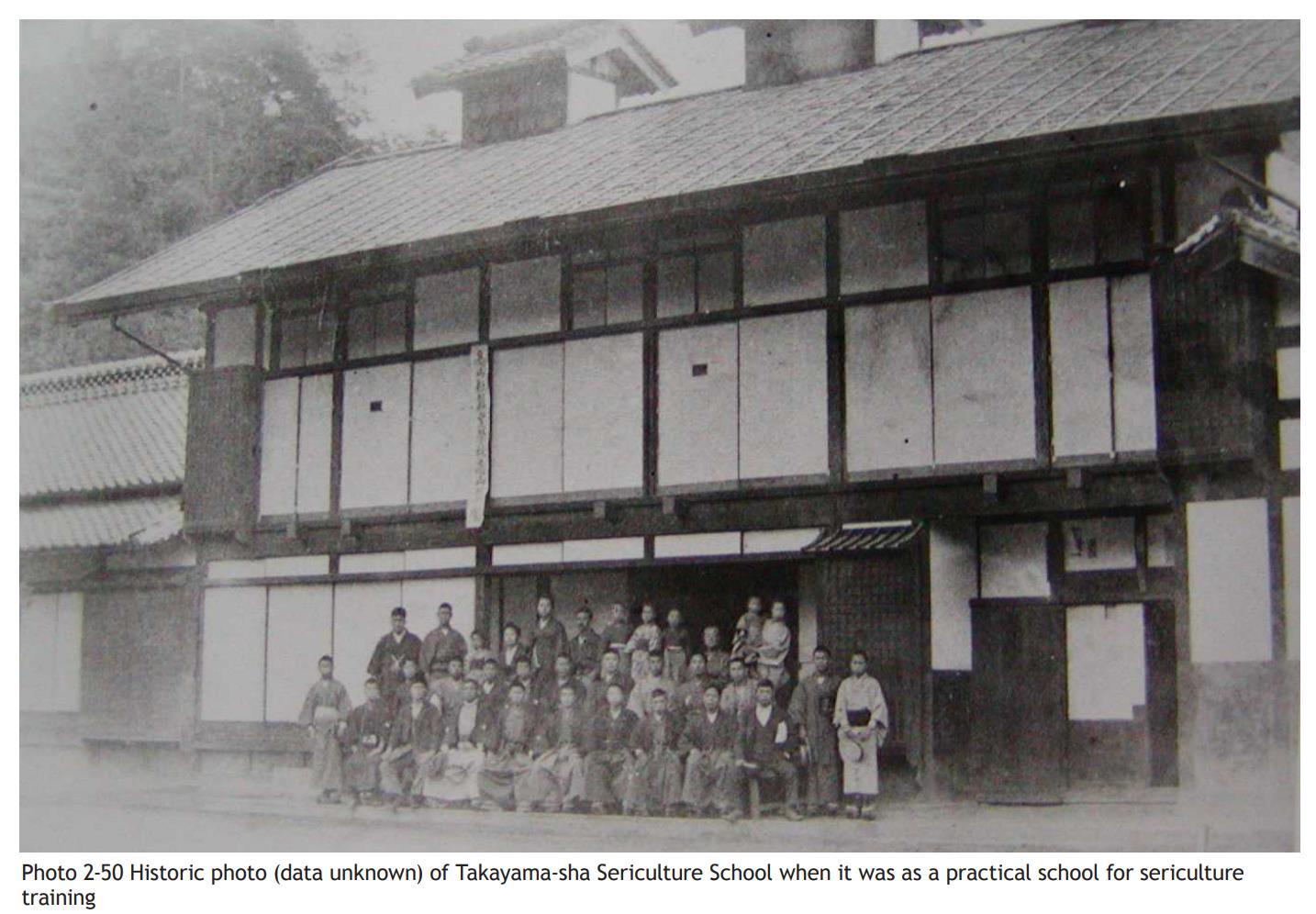
seion iku
Die Verbreitung von Takayamas Lehren
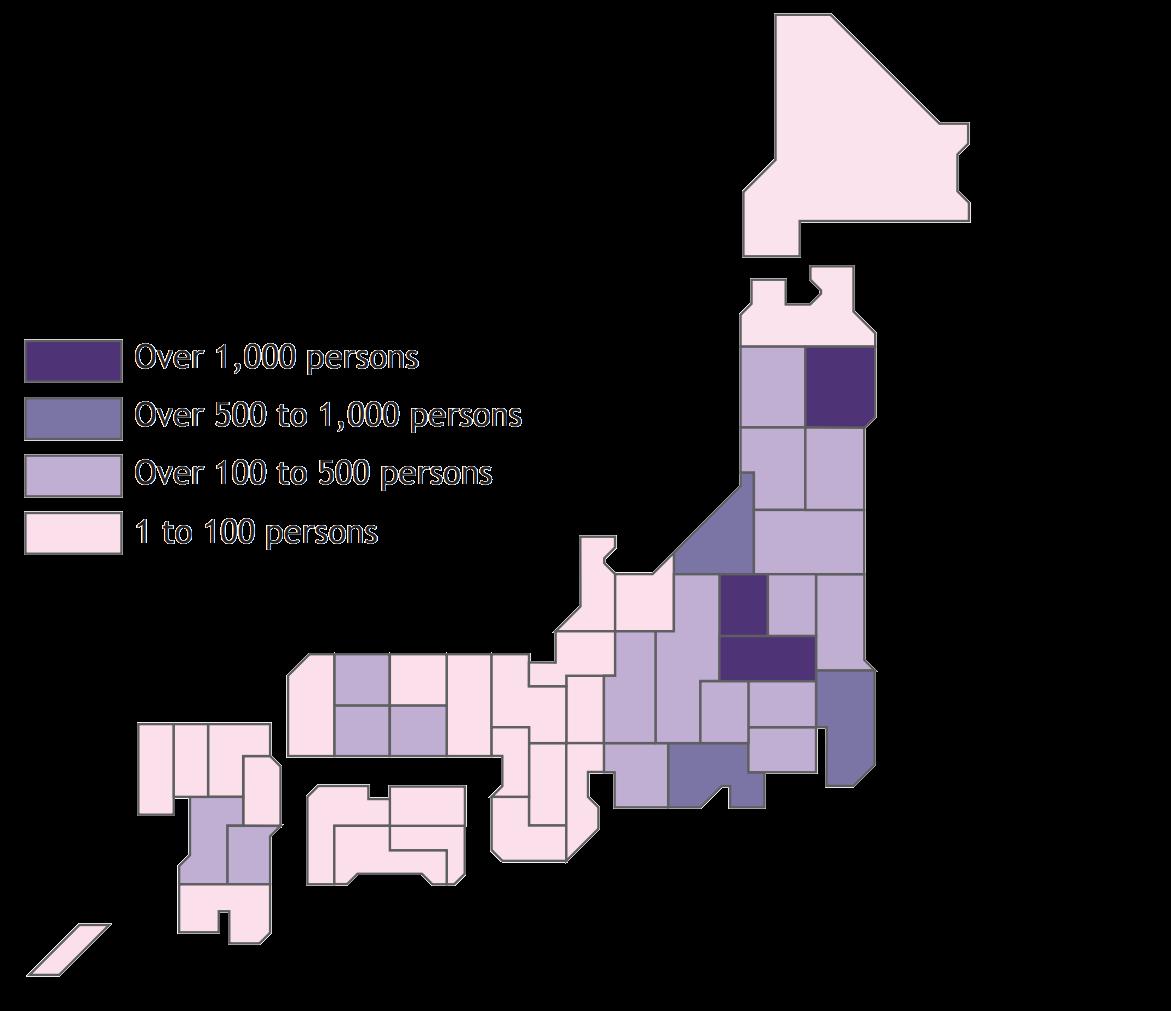
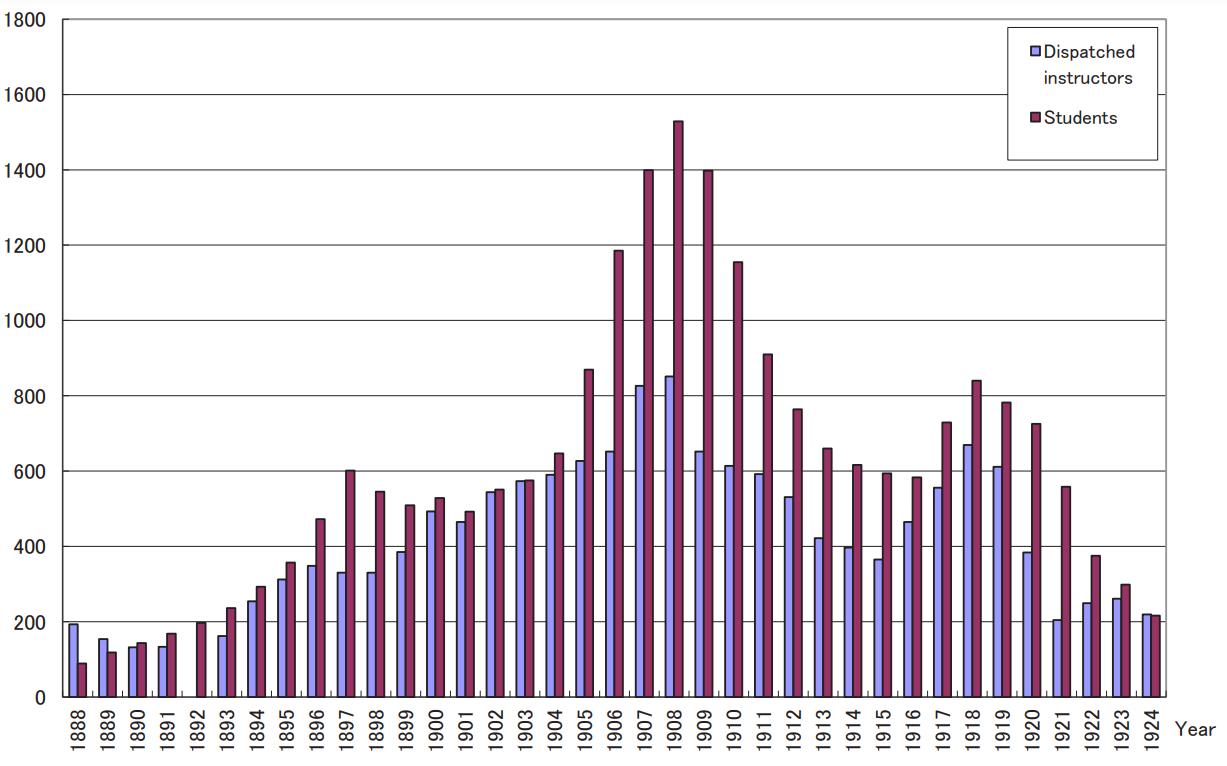
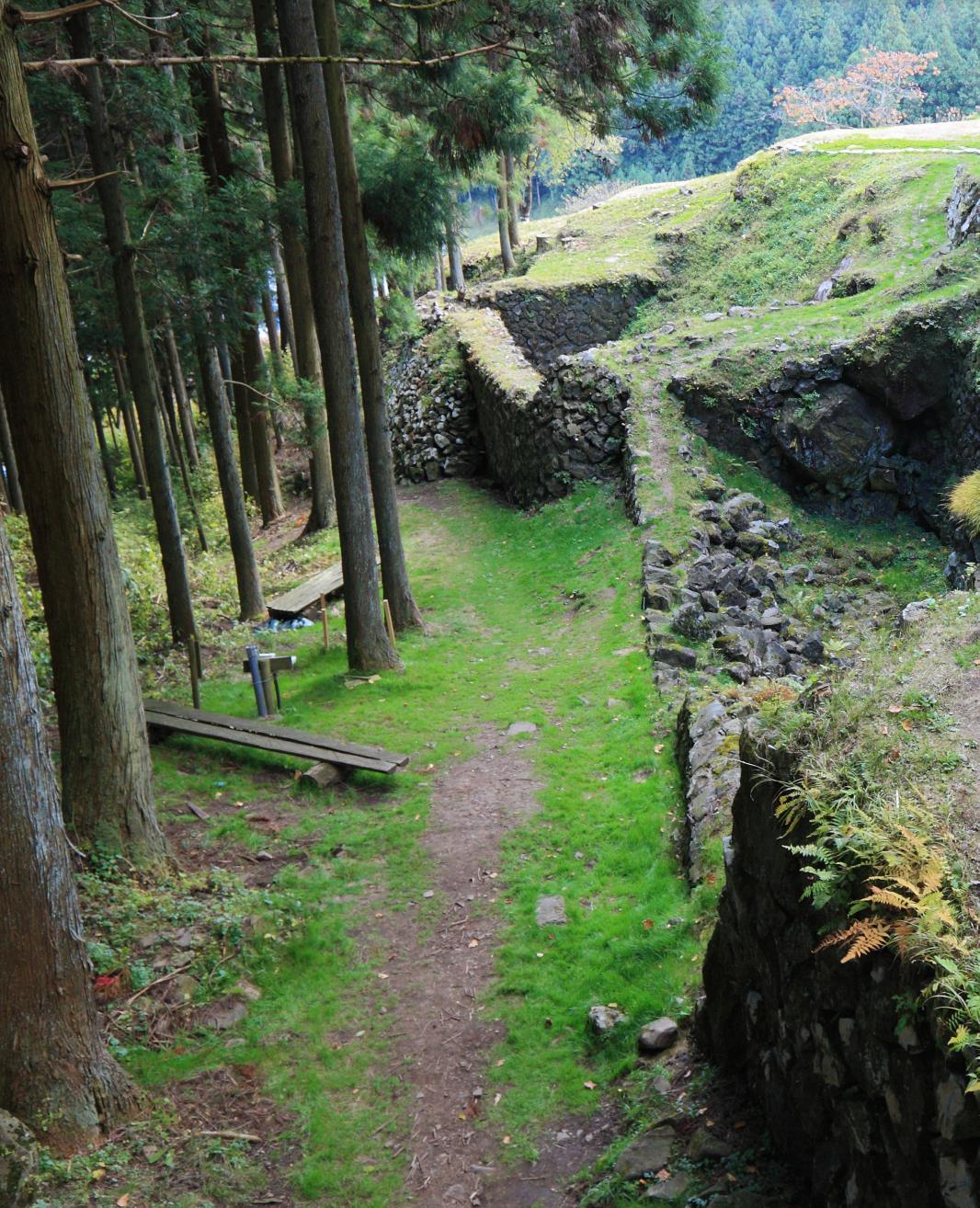
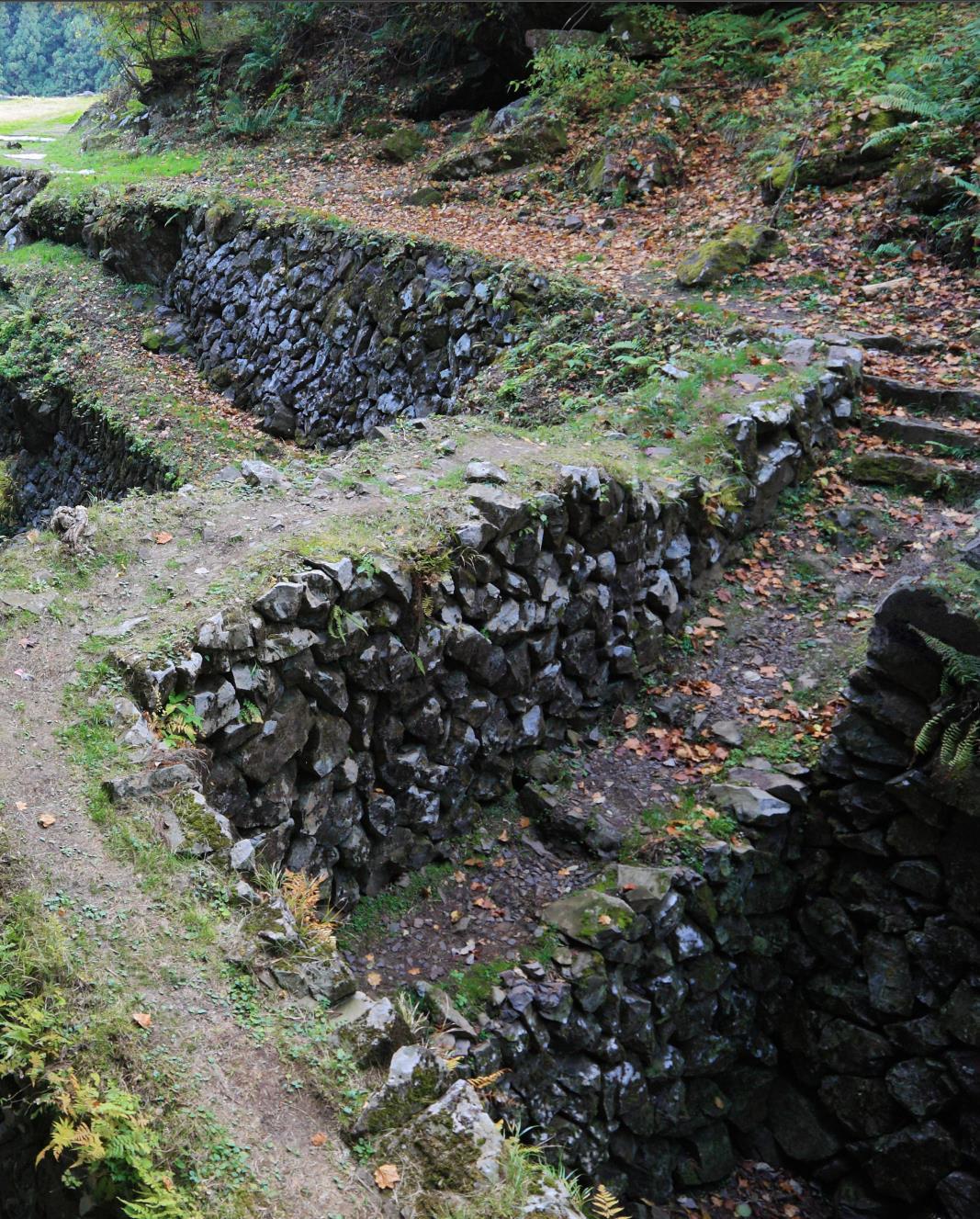
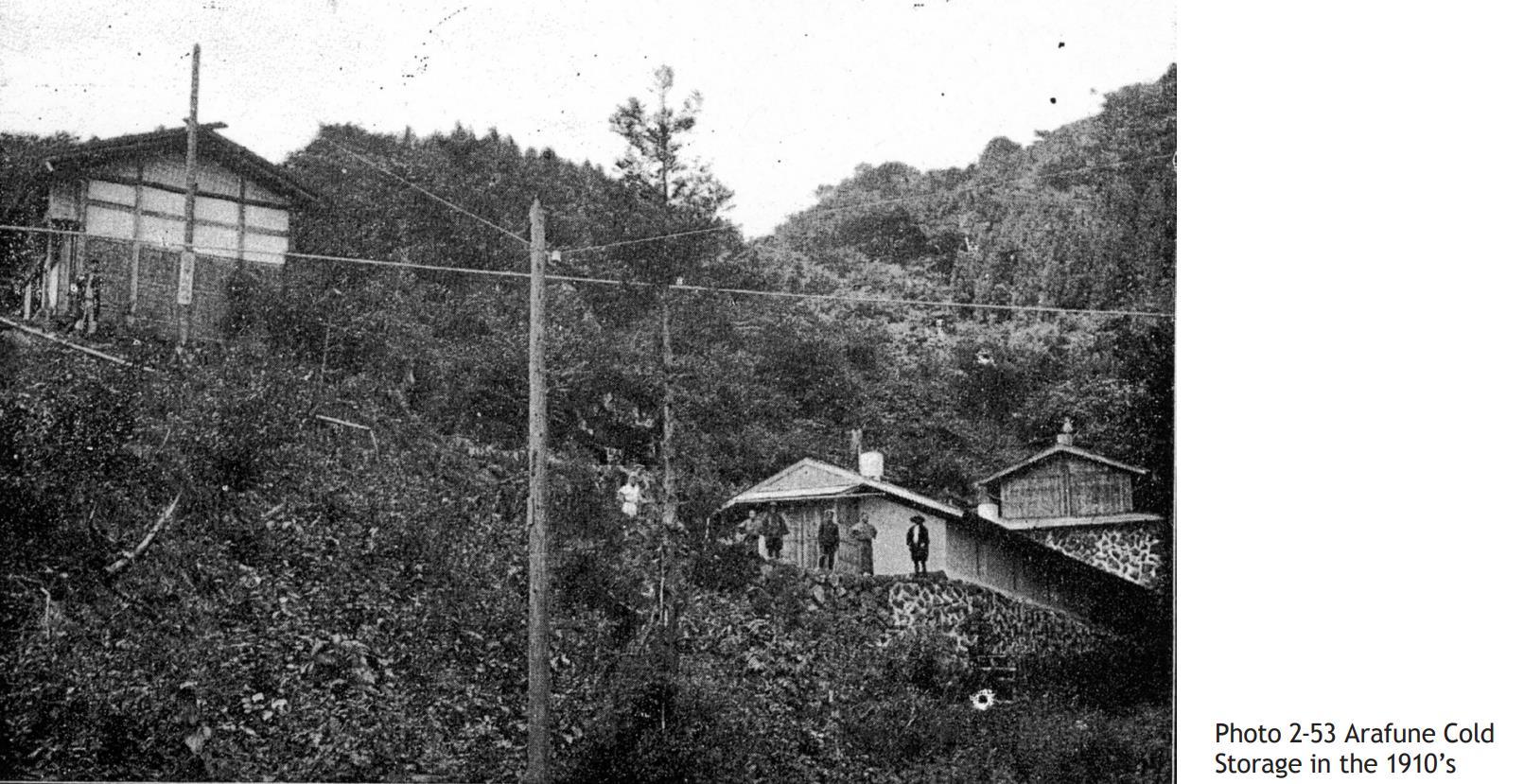
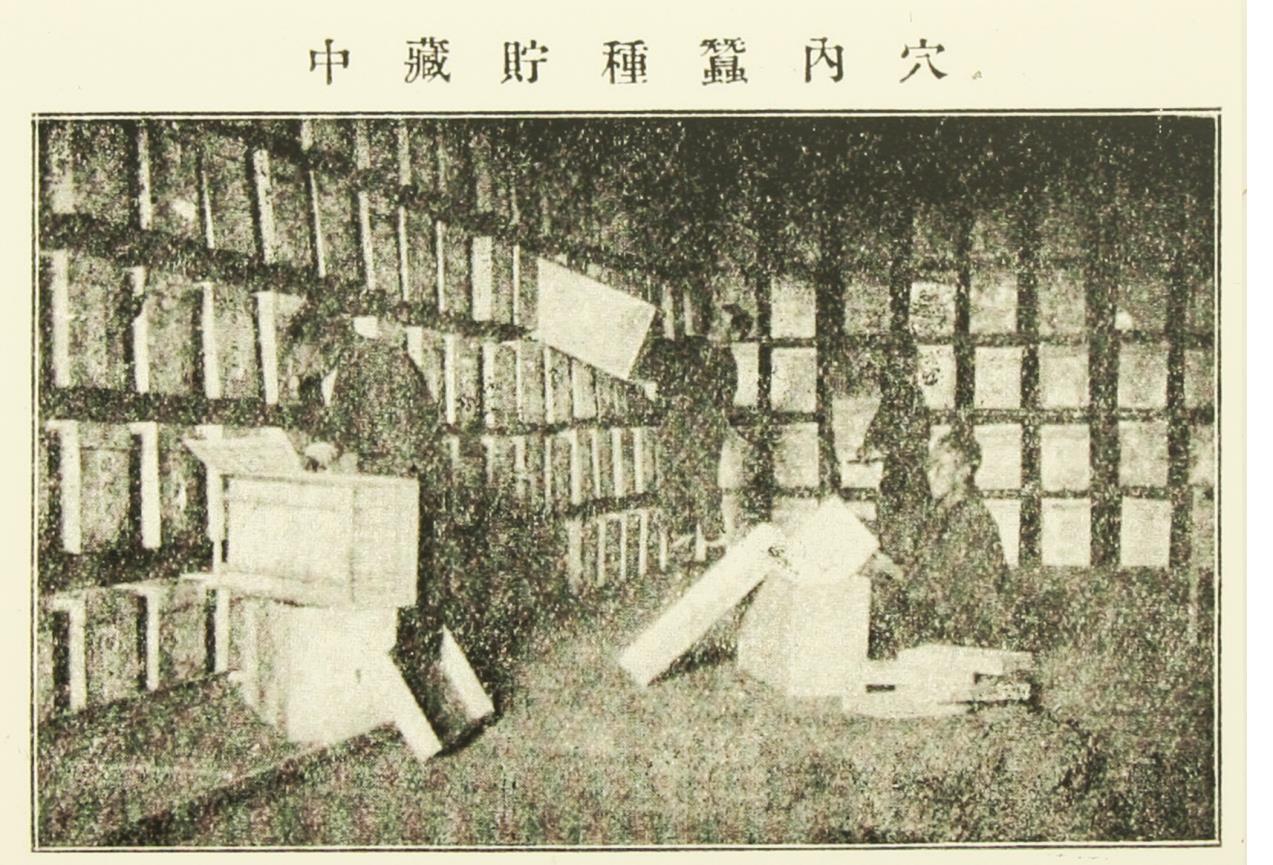
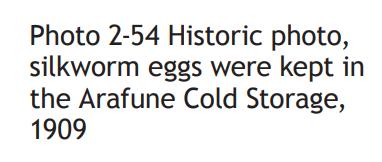
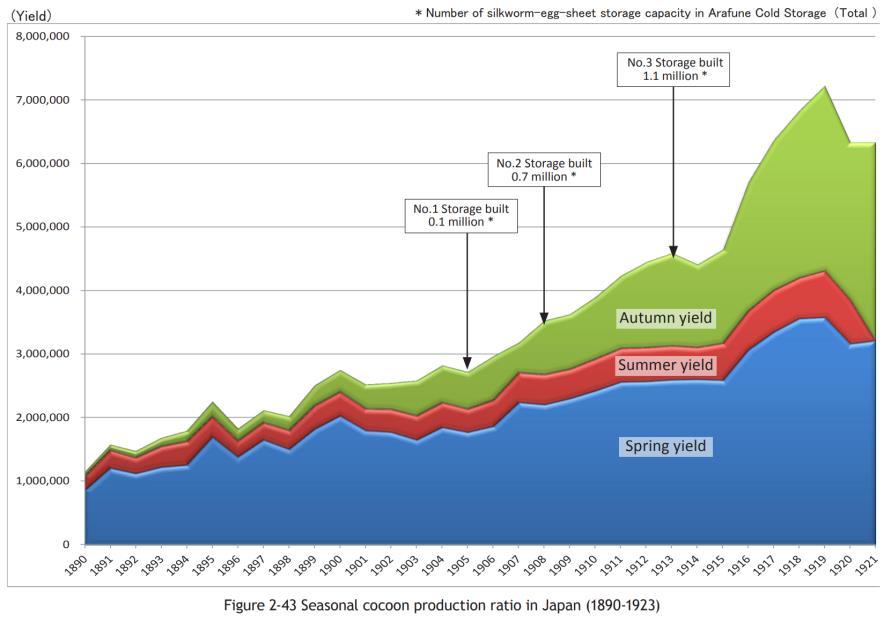
Arafune Kühllager: „natürlicher Kühlstrom”
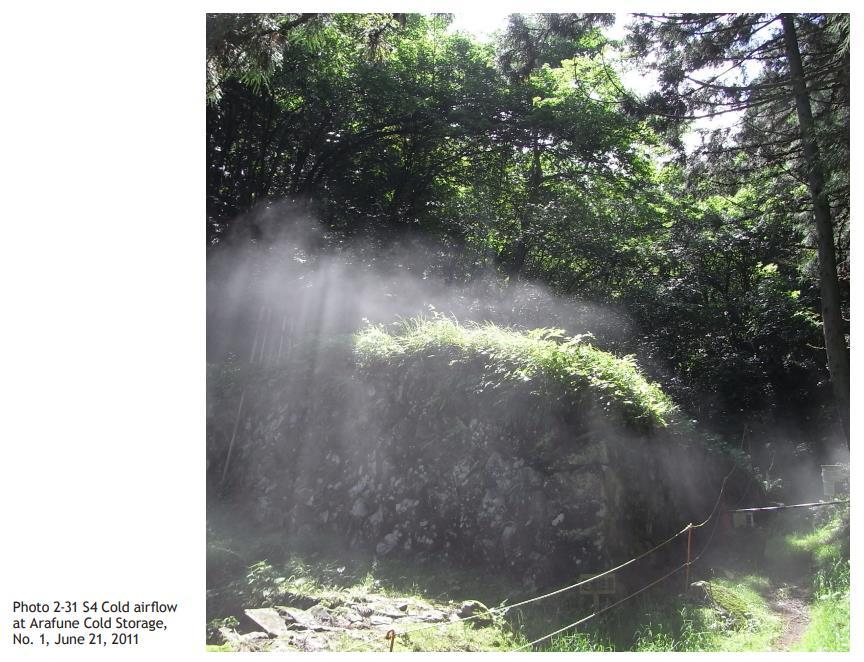
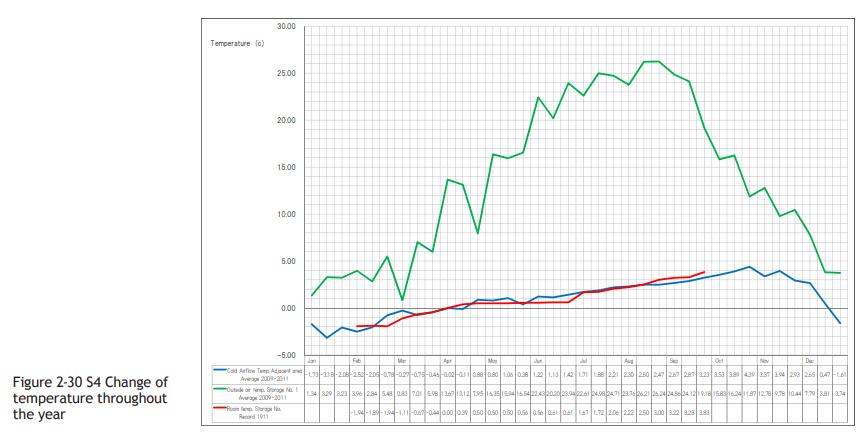
Schematische
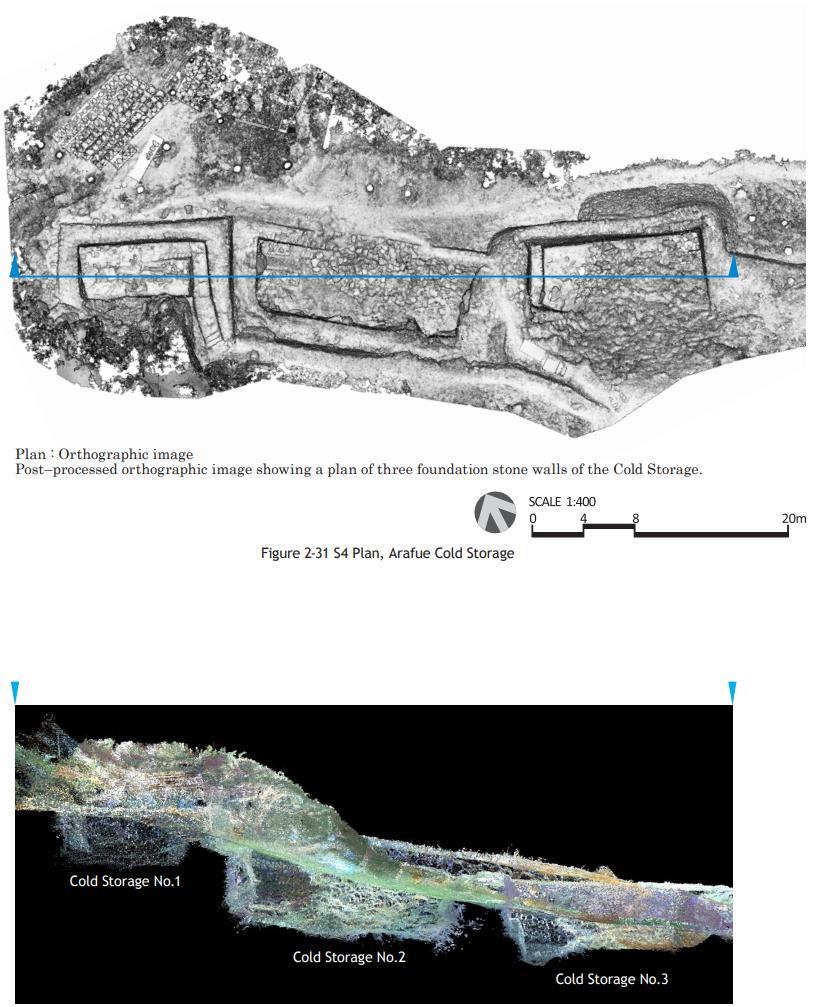
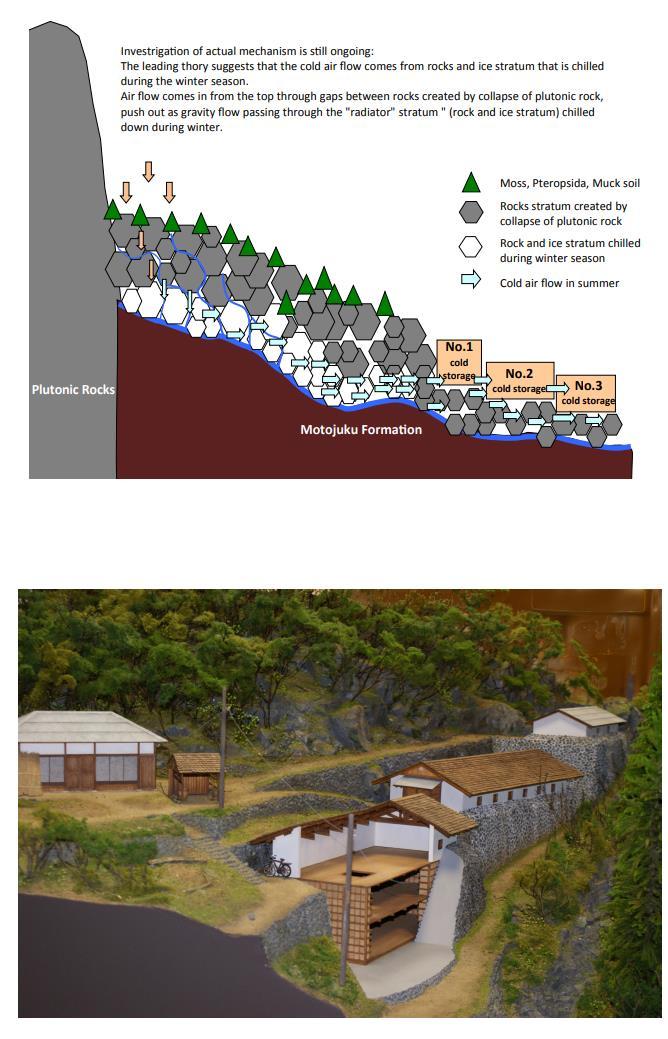
des
Jahre Forschung & Entwicklung
Darstellungen zur Veranschaulichung der kontinuierlichen Verbesserung der Technik und gesteigerten Produktivität
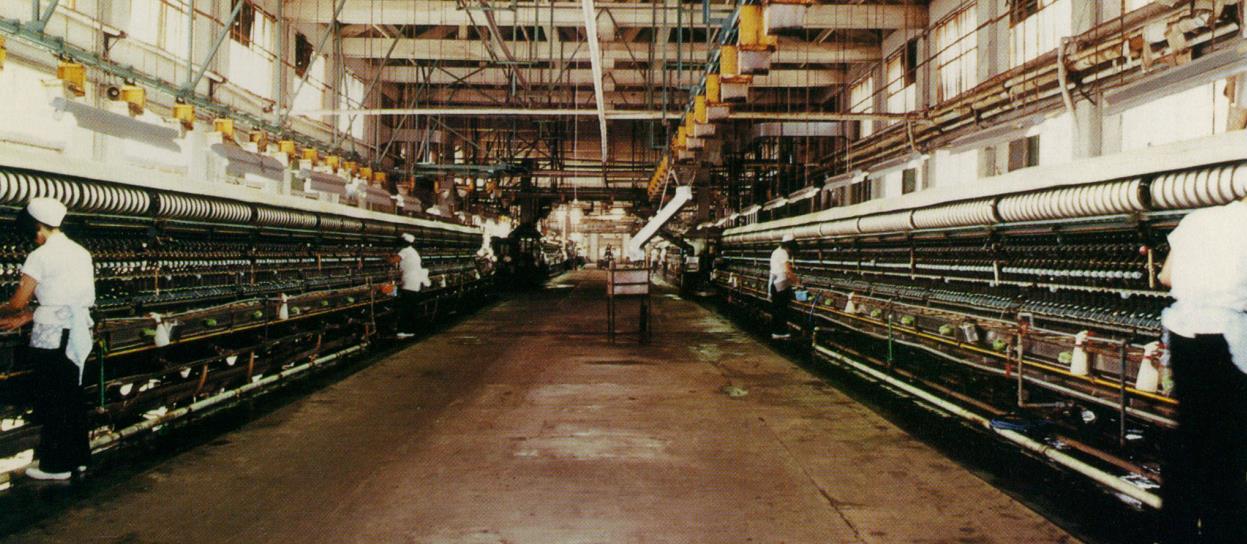
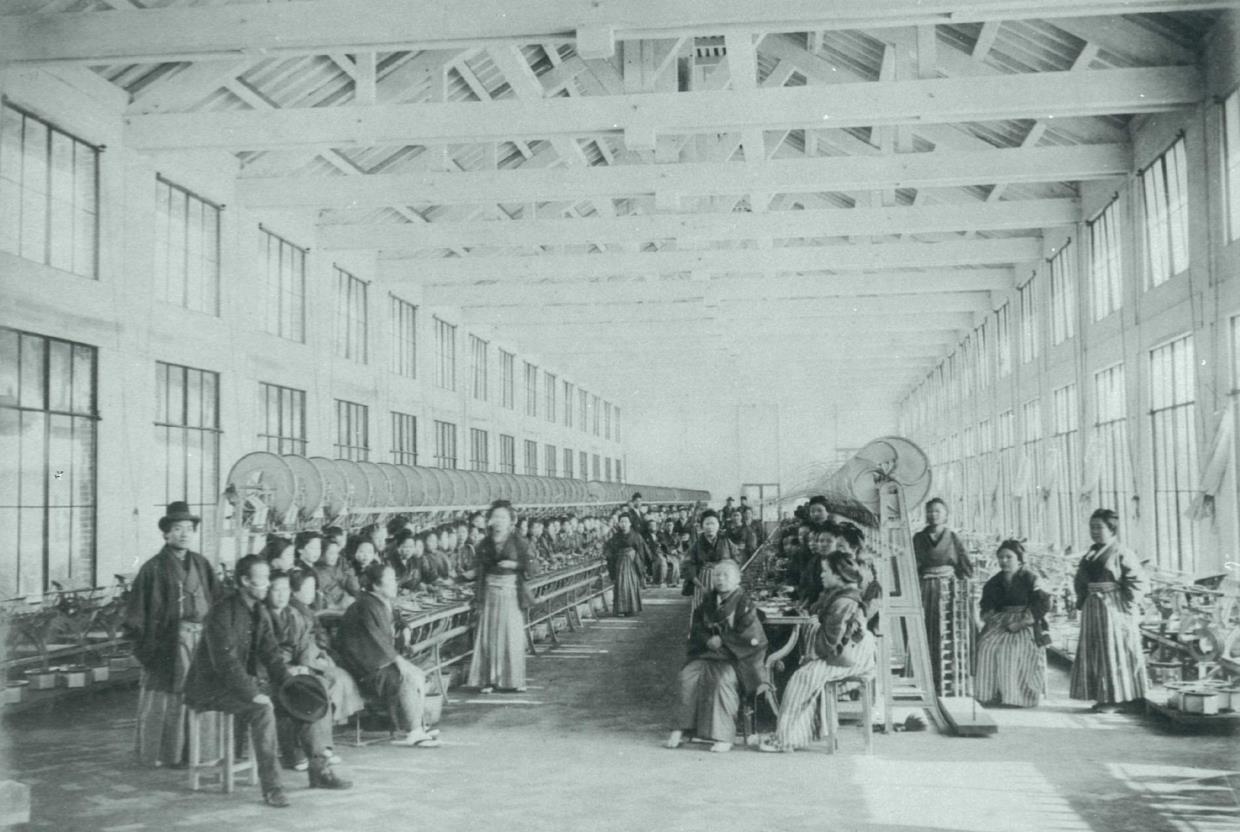
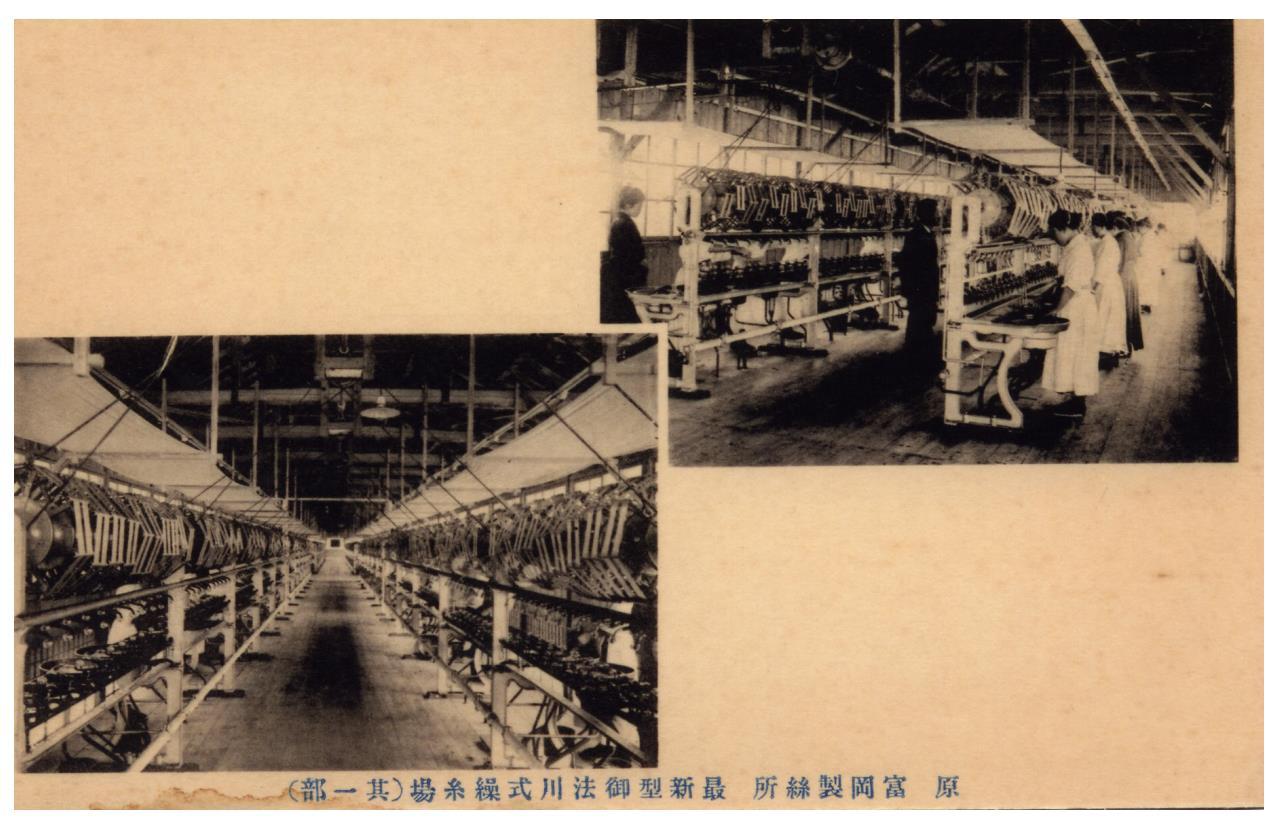
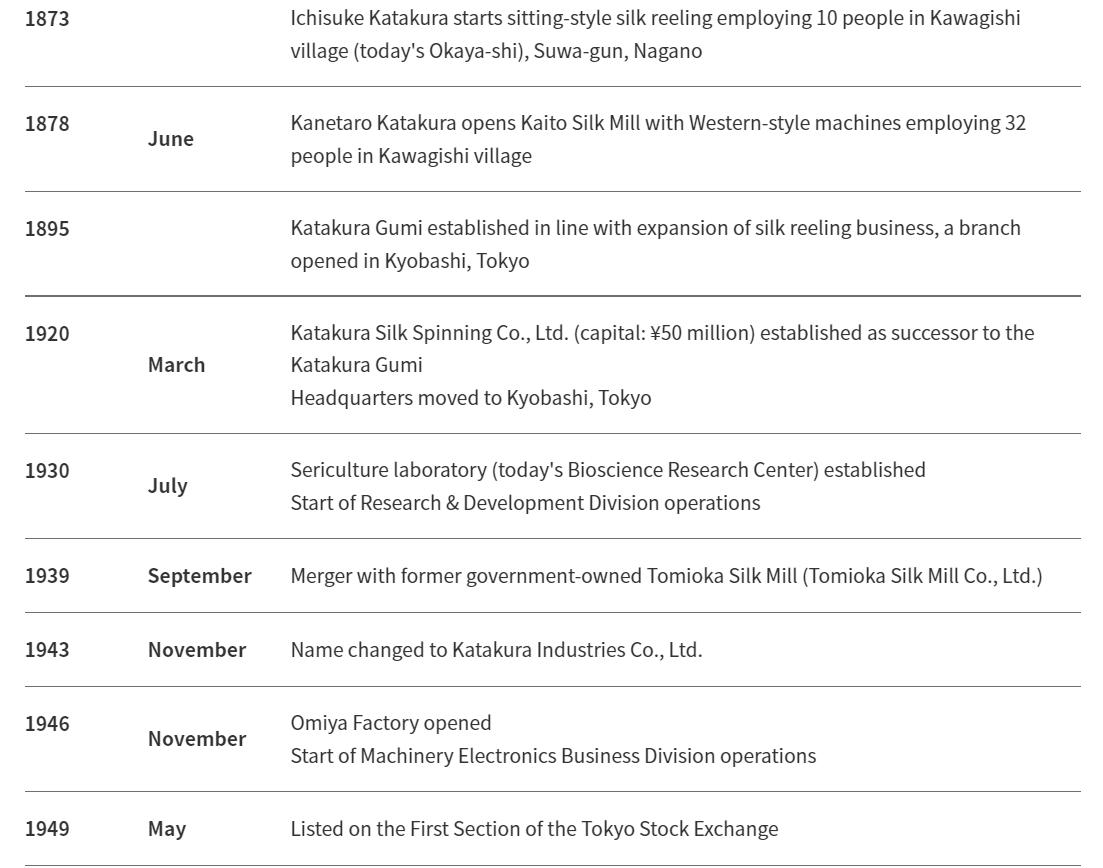
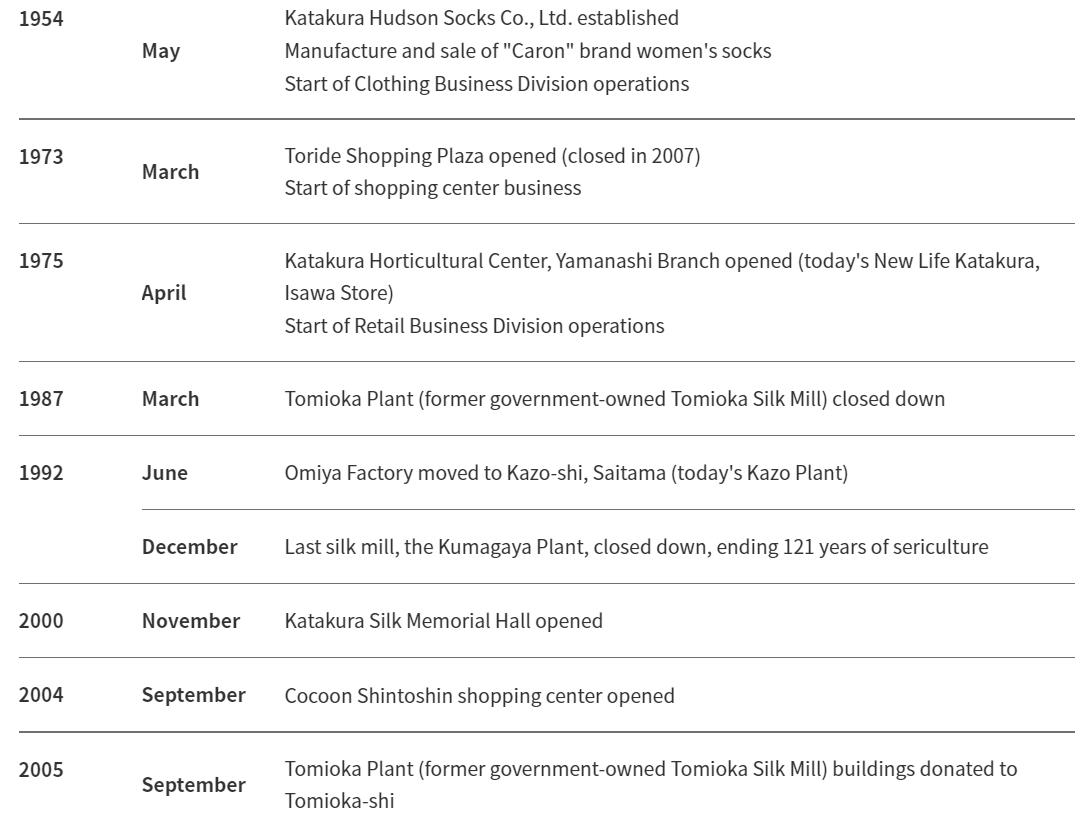
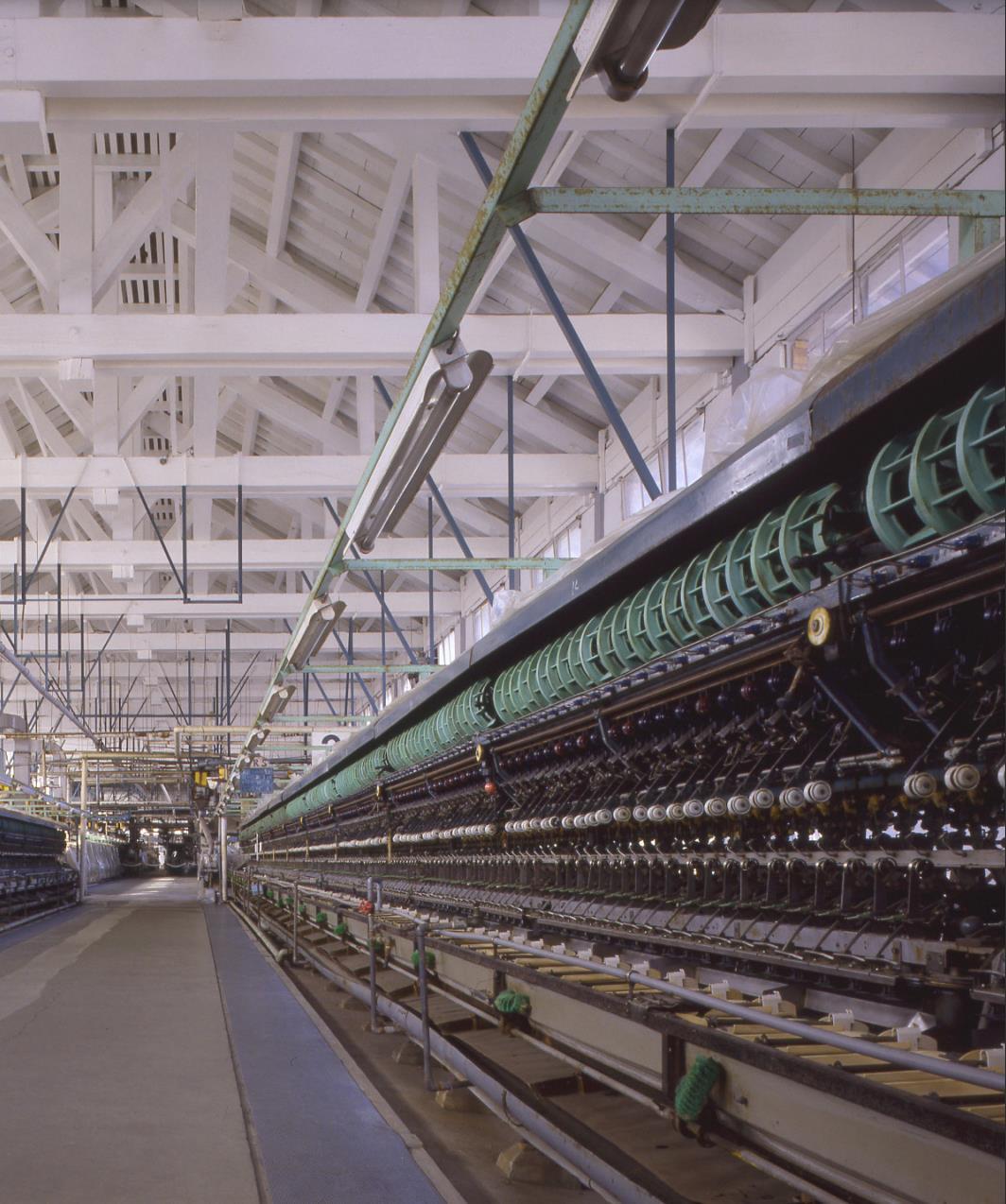
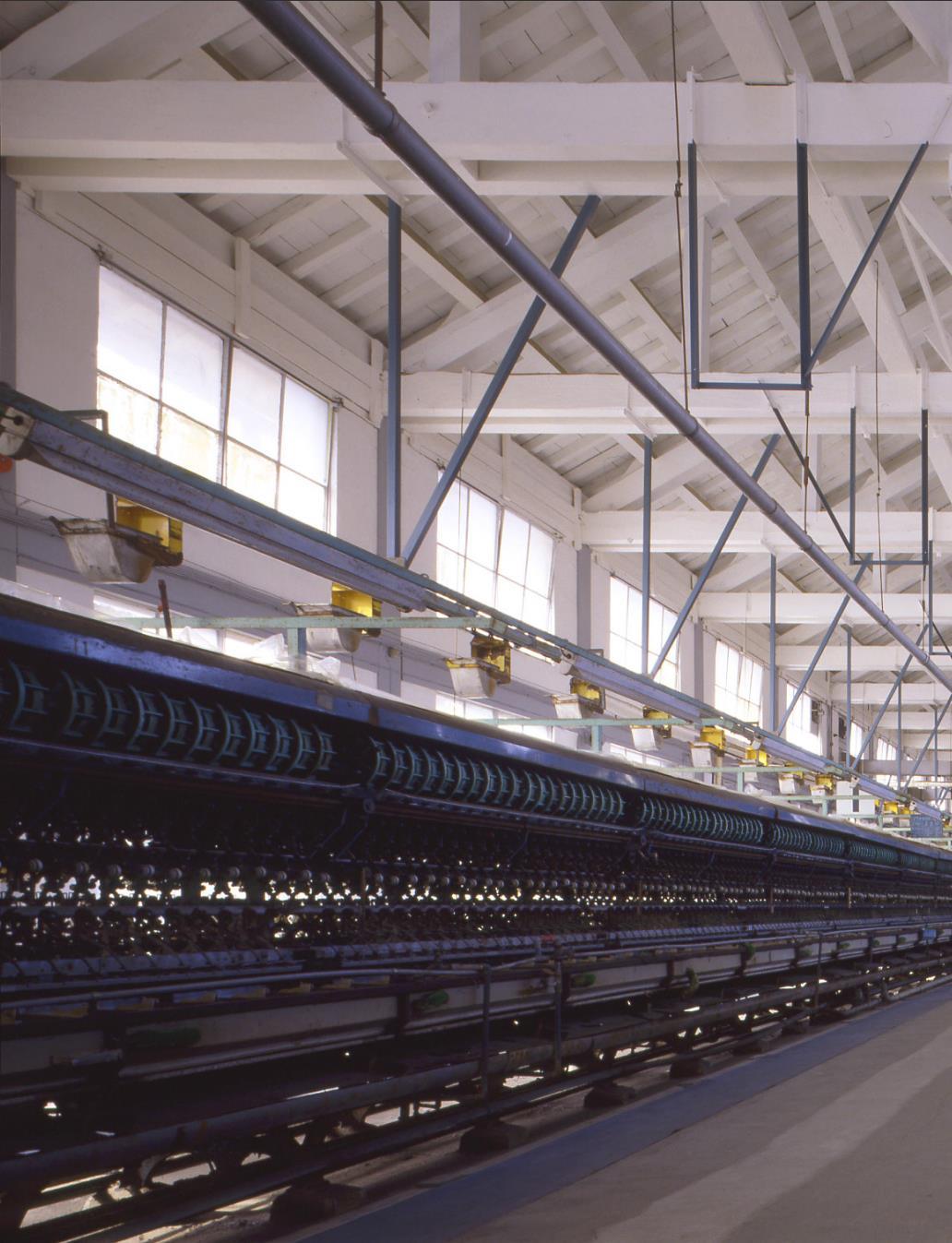
Aus Japan exportierte automatische Haspelmaschienen, Nembi Ind., Iseo, Brescia, Italien 1961
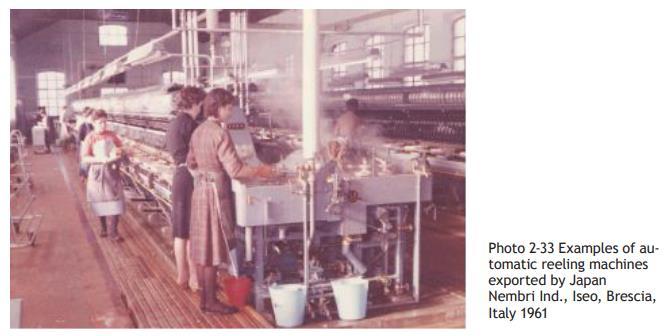
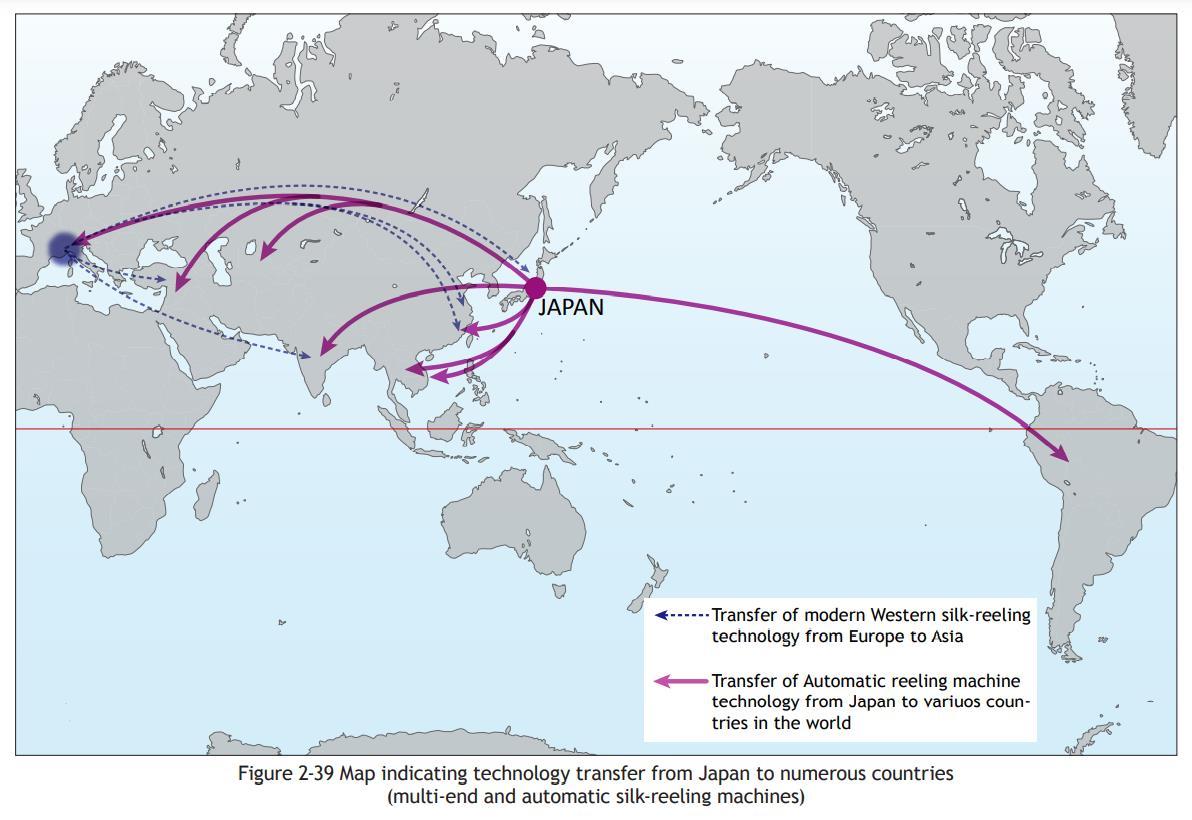
Aus Japan exportierte automatische Haspelmaschienen, Gilan Silk Ind., Gilan, Iran, 1978
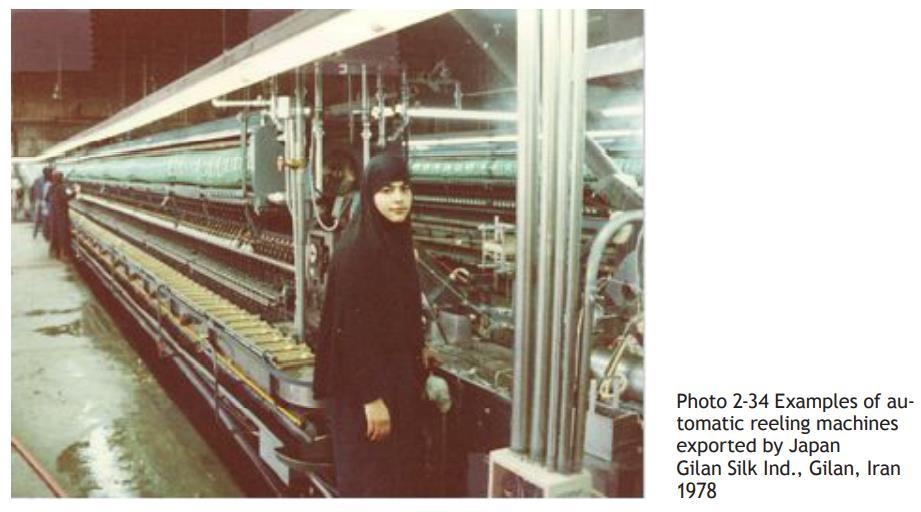
1960s bis heute: Technologie Exporte
“Made in Japan”
Sozialkritische Bewertung: Eine fortschrittliche Mühle
…
Tomioka City's image character "Otomi-chan". Otomi-chan is a girl who was born in 2012 in the 140th anniversary of the founding of Tomioka Silk Mill, and has always been a 14-year-old girl.
The working environment at the Tomioka Silk Mill was progressive for its time. Brunat introduced eight-hour working days, Sunday holidays and ten-day holidays mid-year and at year-end. The workers were provided with uniforms, and as the prefectural governor, Katori Motohiko was enthusiastic on education, the women workers had access to an elementary school. However, worker turnover was high, as there was considerable social pressure against women working in a factory, and friction between women from different social classes forced to work side by side. Many workers left within three years of employment, and the need to keep training new worked added to the mill's expenses. Workers were graded according to their skill level, with a system of eight ranks introduced in 1873. Silk produced at the mill received a second place award at the 1873 Vienna World's Fair, and "Tomioka silk" became a brand name. Workers from Tomioka were also sent, or otherwise found employment at other privately owned silk mills which were subsequently built in Japan. (Source: Wikipedia)
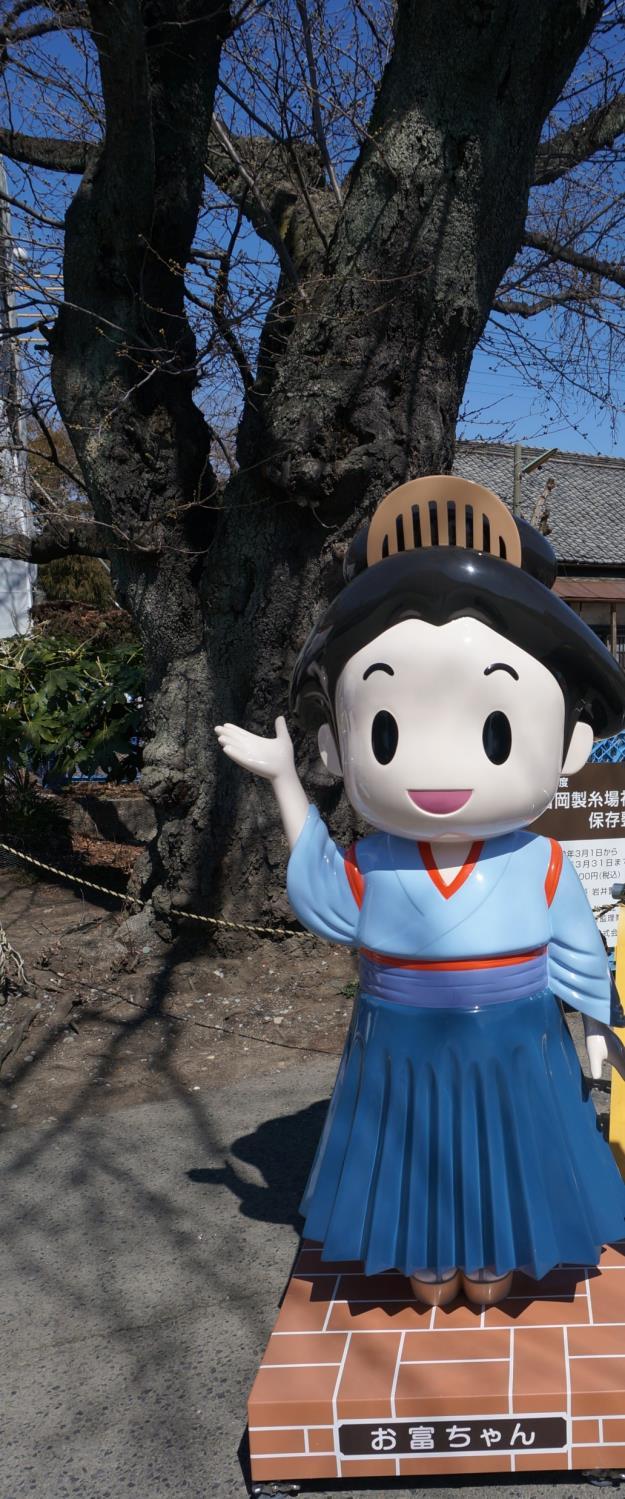
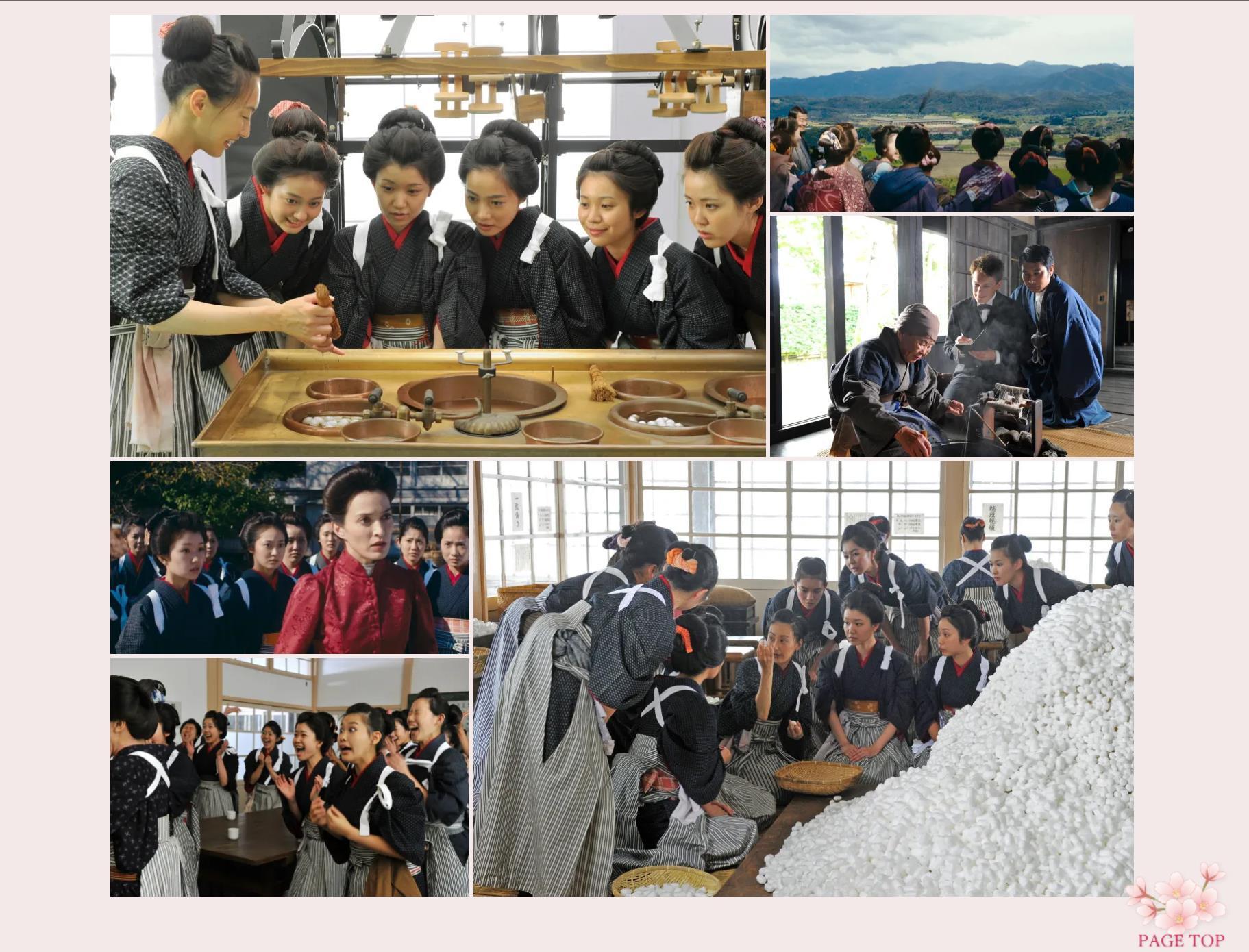
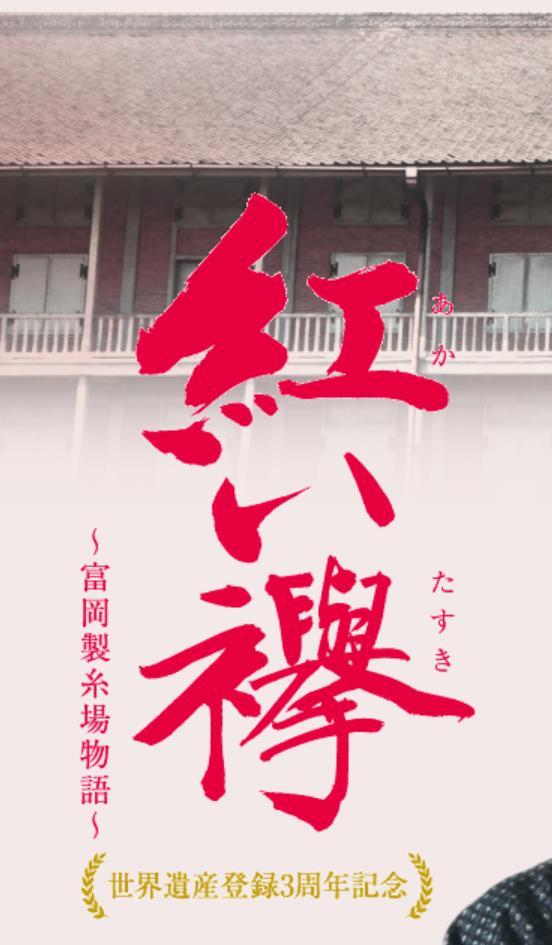
zur Ausbeutung der Arbeiter?
As the scale of production grew, demand for labour also increased. The number of women and male workers that came from wealthy families declined, [to be] replaced by [] young female workers from rural families. Most of the mill girls were the age of twelve to twenty, and they lived in dormitories in the nearby region. [15] [] The employers justified the low wages by providing training in silk production, which could be utilized even when they go back to their home prefectures to marry.
[] Working hours were repeatedly lengthened to increase production, [to] as much as eighteen hours per day during the peak period. Secondly, [the women] were not provided enough food to stay healthy, and [] not given enough meal breaks as they needed, to keep the machines working. Thirdly, the dormitory they lived in was very small and they had to sleep in a bed with many other workers []. Fourthly, they came to Tomioka mostly through recruiting agents, and only a small amount of the income went to the mill girls, employers or the agents would receive the majority of the income. Finally, the working conditions themselves were extremely unhealthy: [] the factory was always very humid and filled with dust. Hygiene facilities were inadequate []. Excessively long hours of work led to exhaustion, malnutrition, and illnesses such as tuberculosis. [17] To protest against [] sweat labour [], the first strike [in Japan] happened in Amemiya [Silk Mill, Kôfu City, Yamanashi ken] [18] in 1886 (Meiji 19) by [] female factory workers
[] In 1933, the Japanese government officially reported that the sanitary conditions of the Tomioka Silk Mill were particularly poor compared to other factories, and thus sicknesses and diseases among the workers were prevalent. In addition, Takase demonstrated that a large number of women even committed suicide due to the working conditions. [23] (Women in the Silk-reeling Industry at Tomioka Silk Mill – Digital Humanities and Japanese History (japanese-history.org)
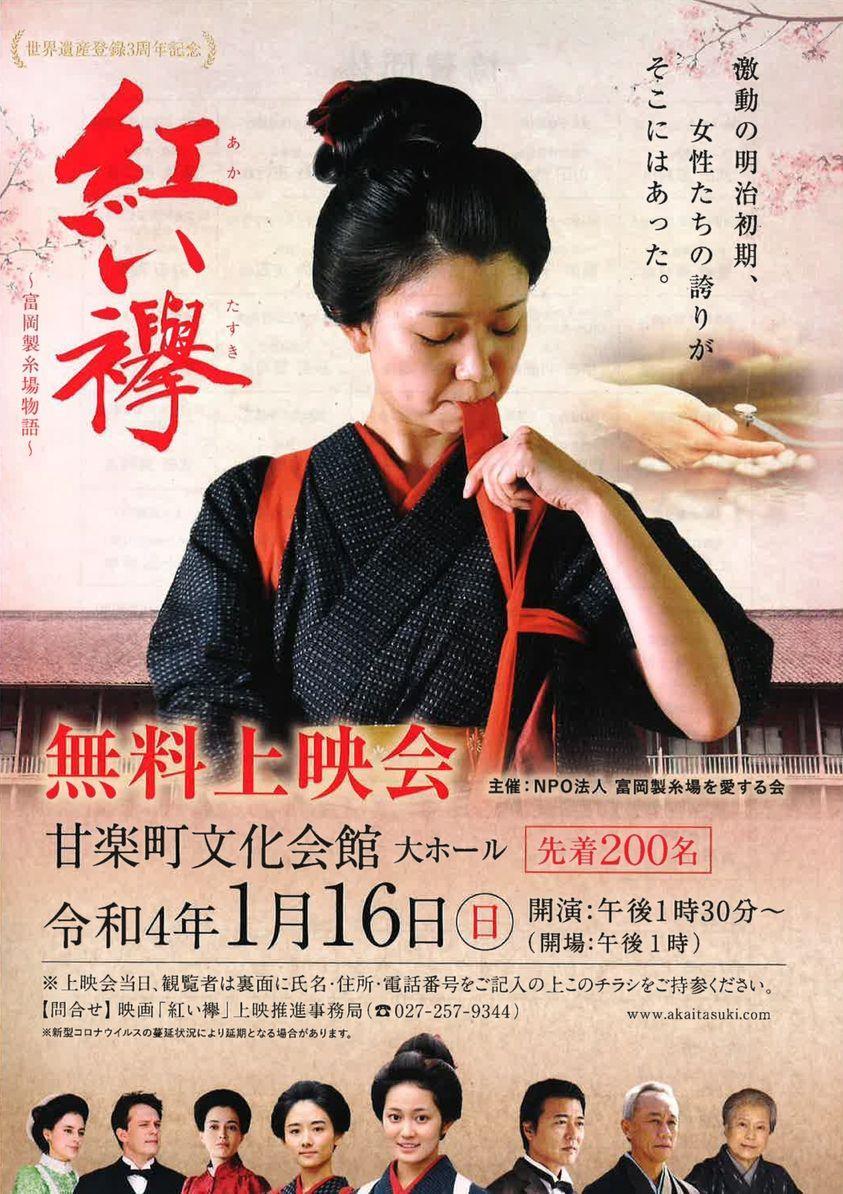
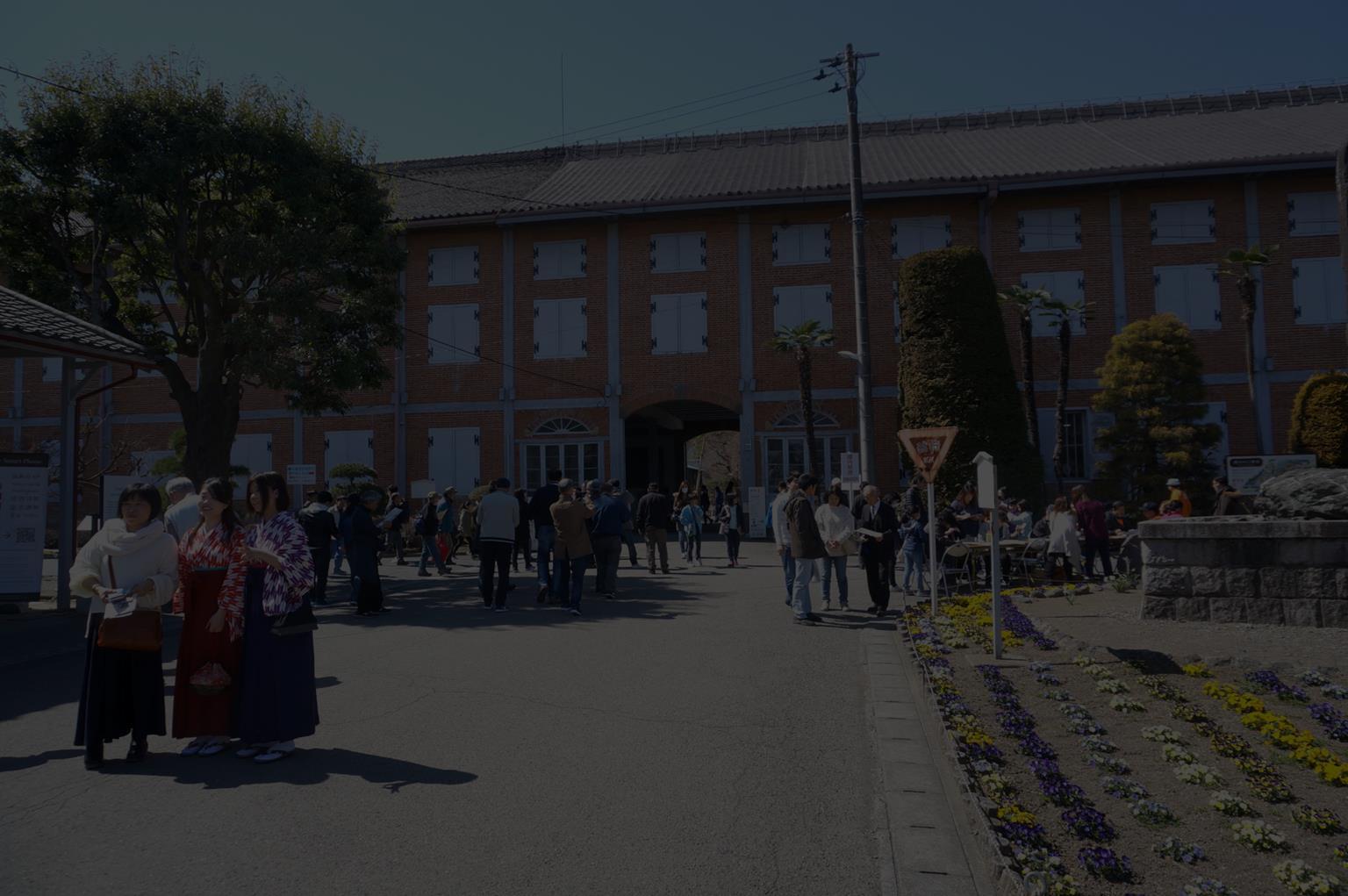
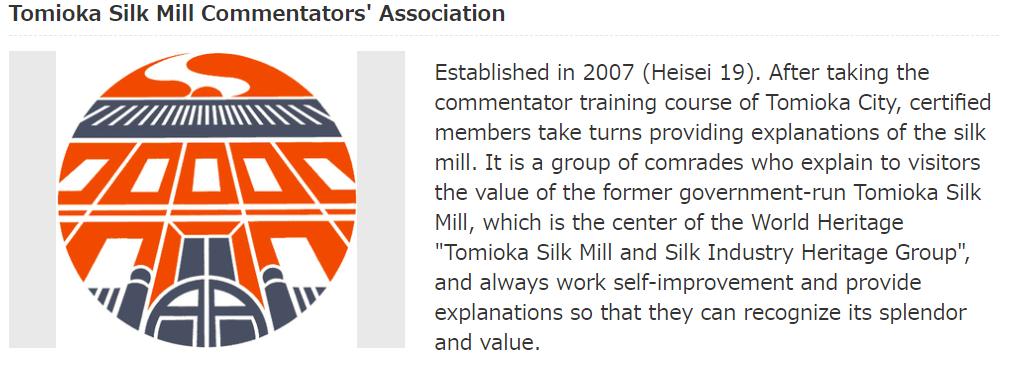
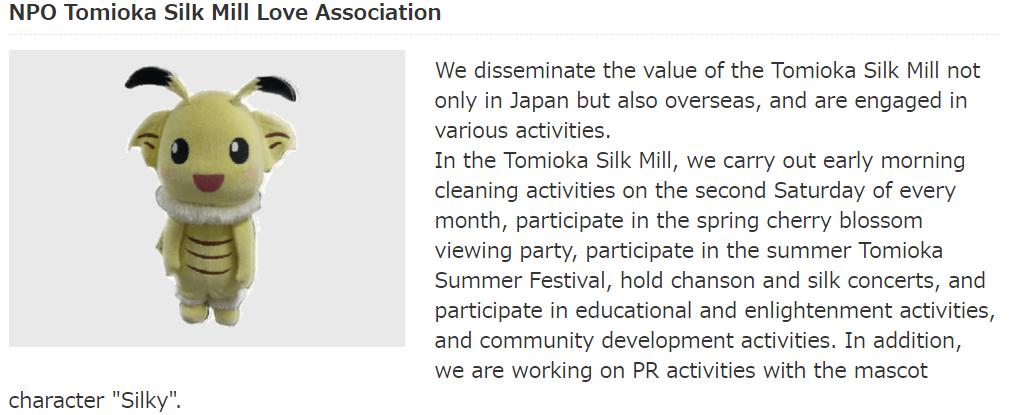
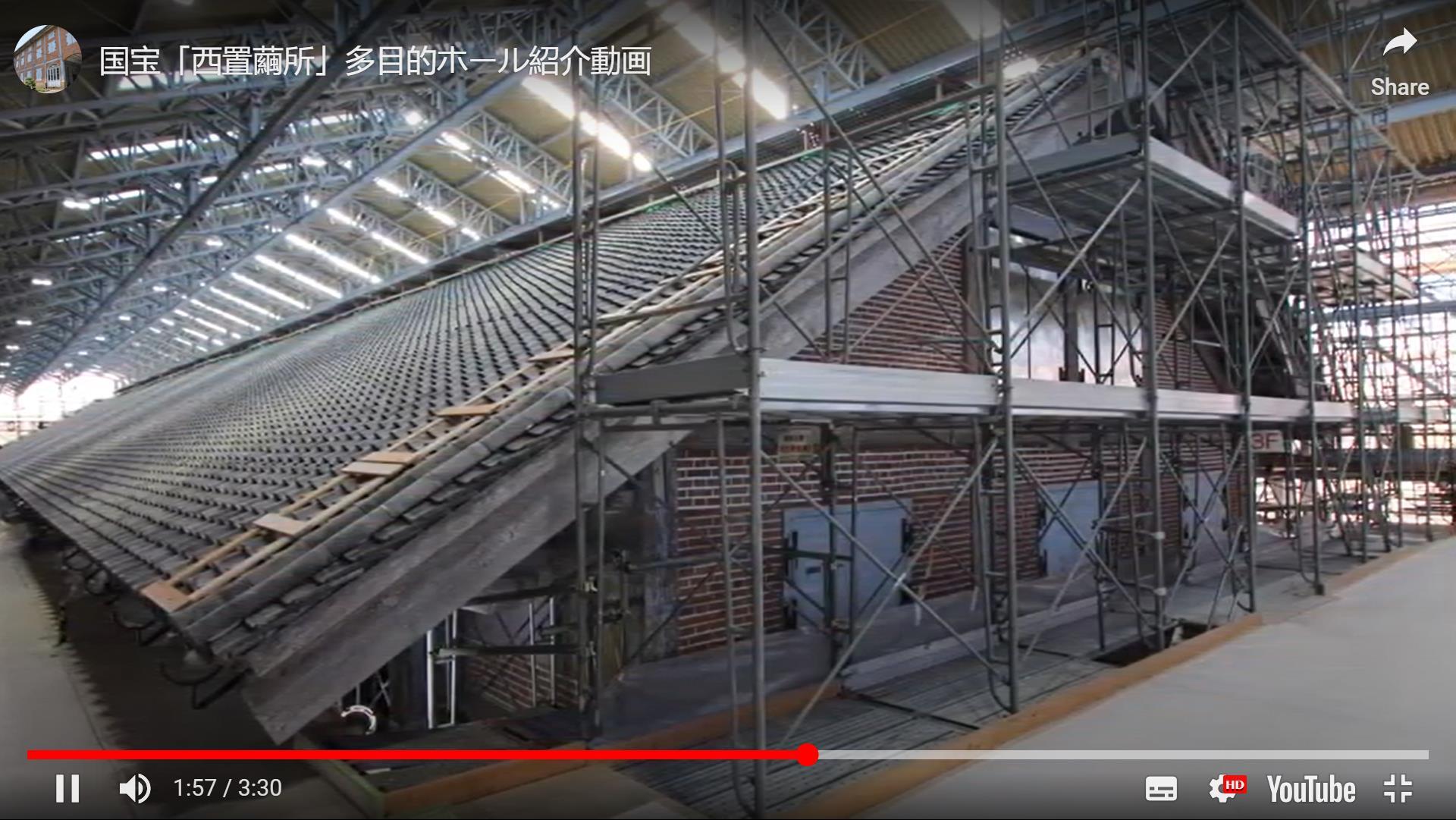
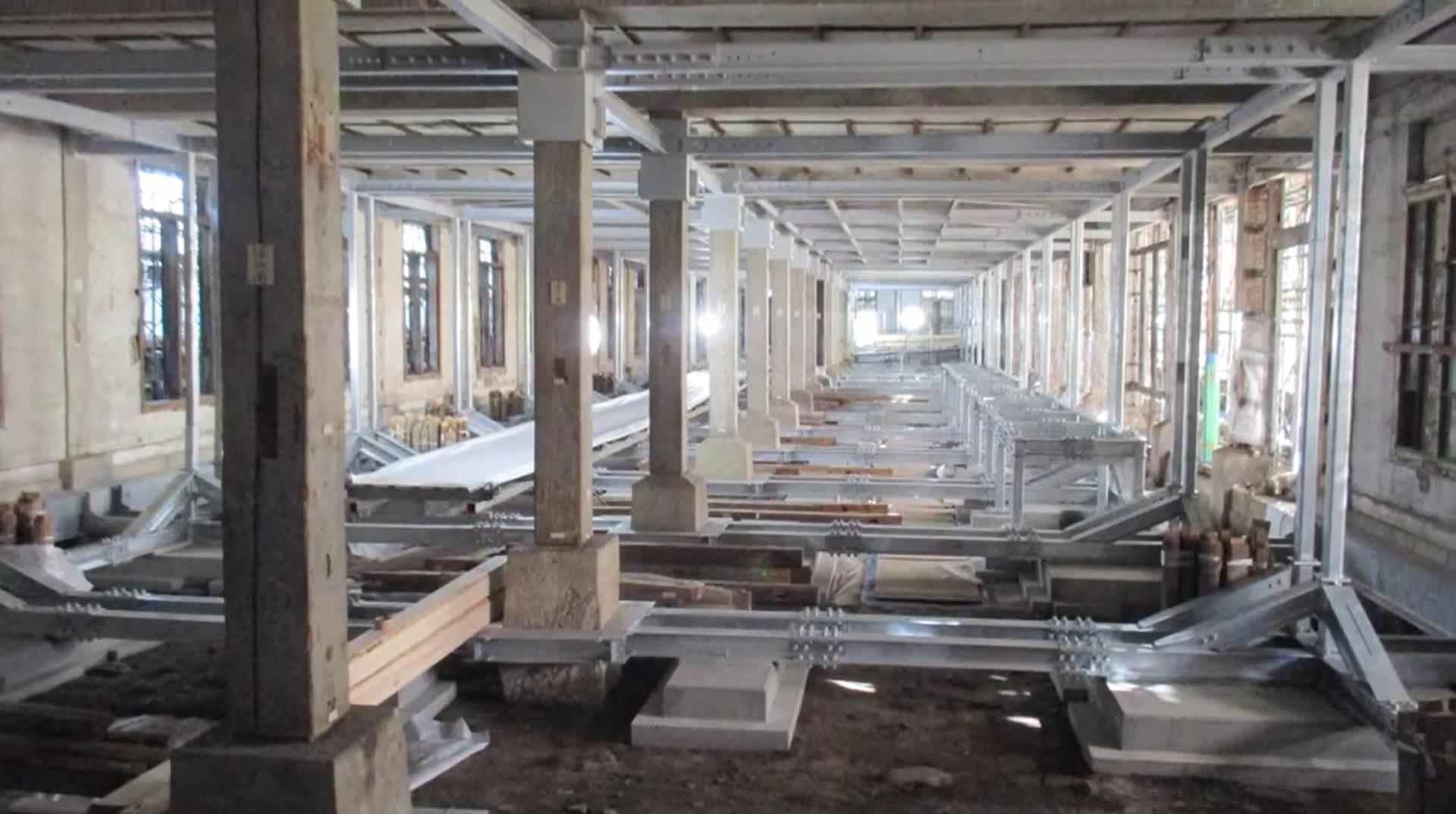
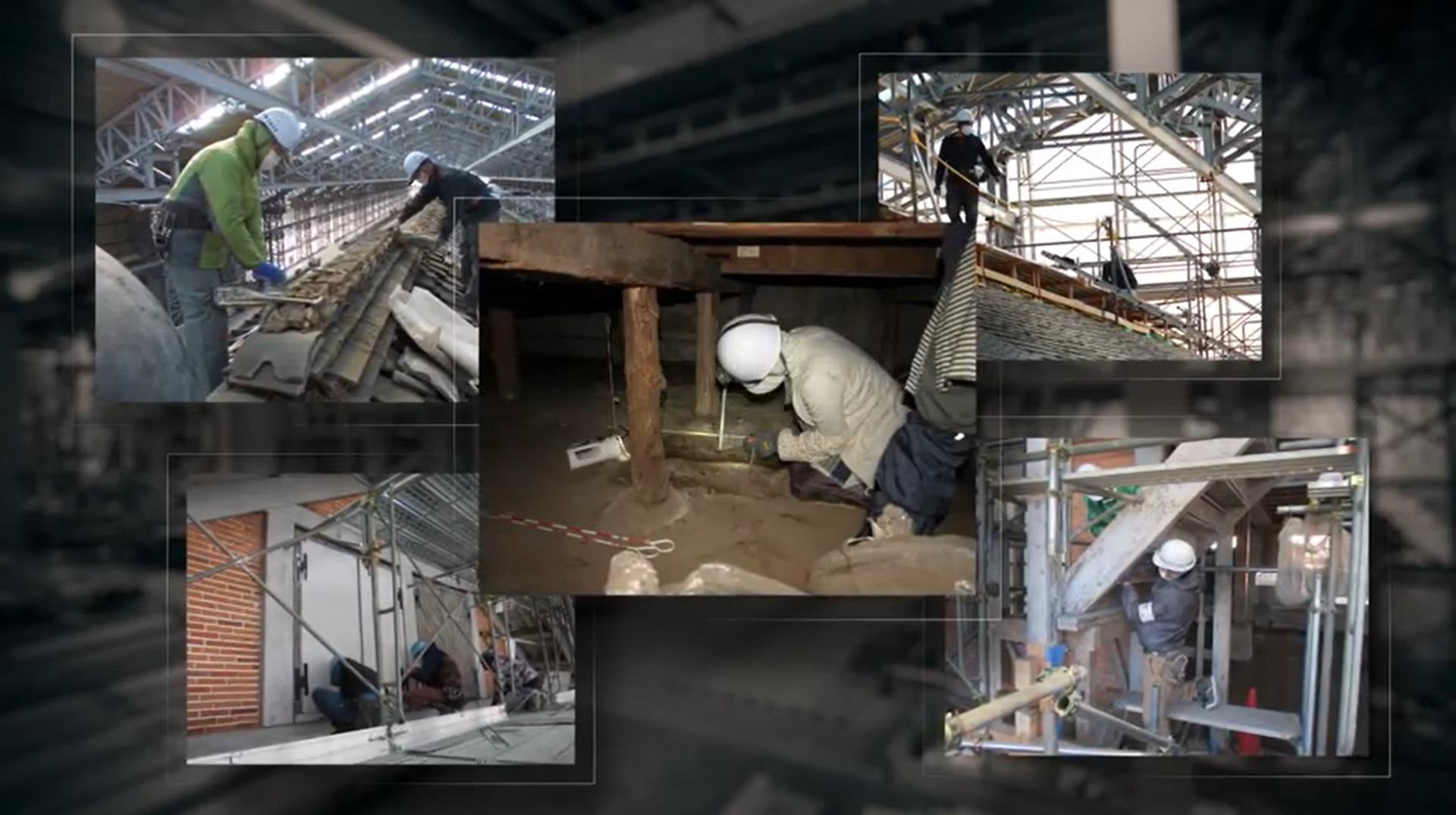
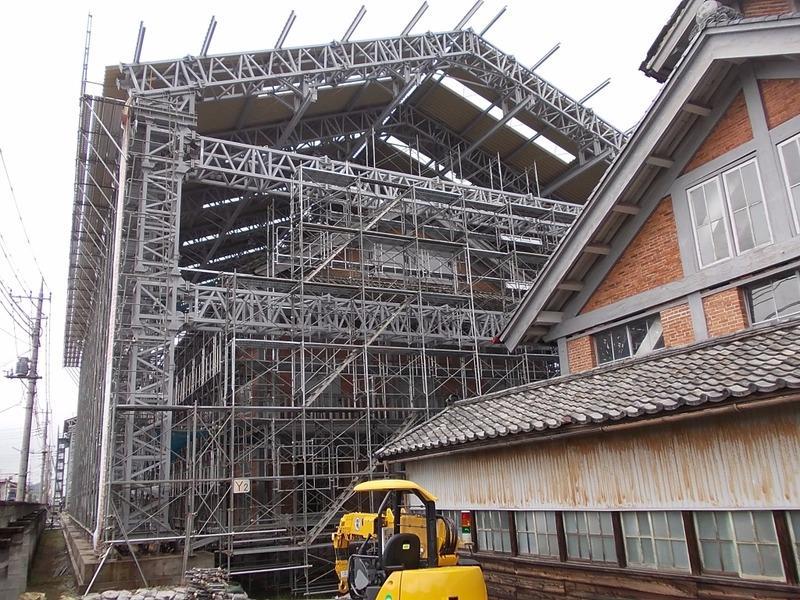
Marketing Erfolg?
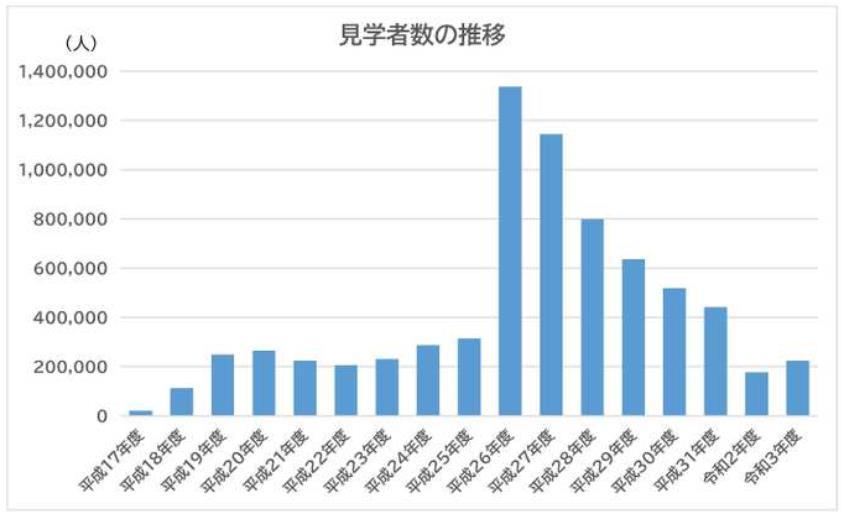

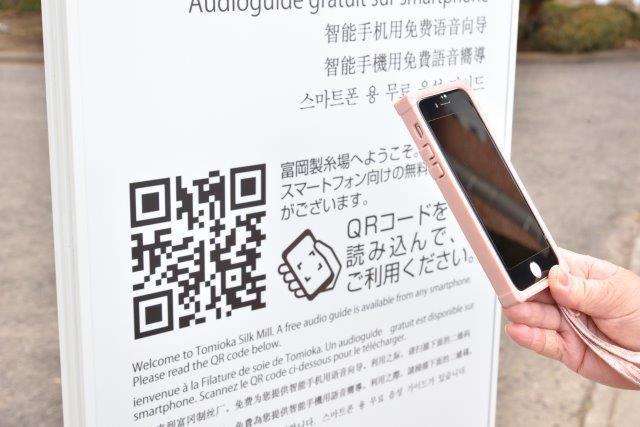
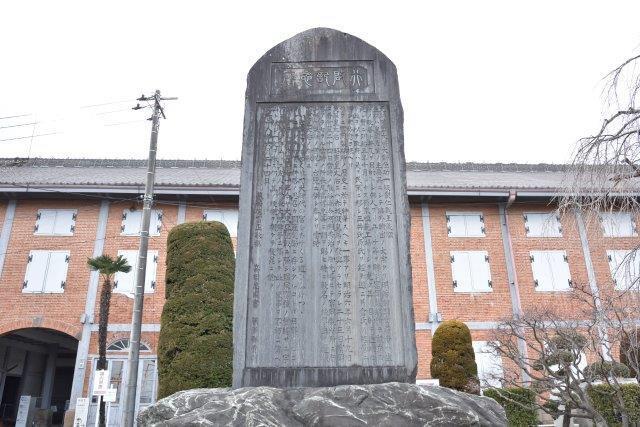
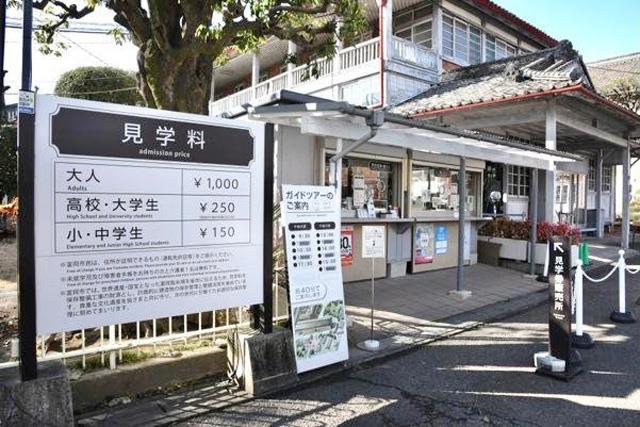
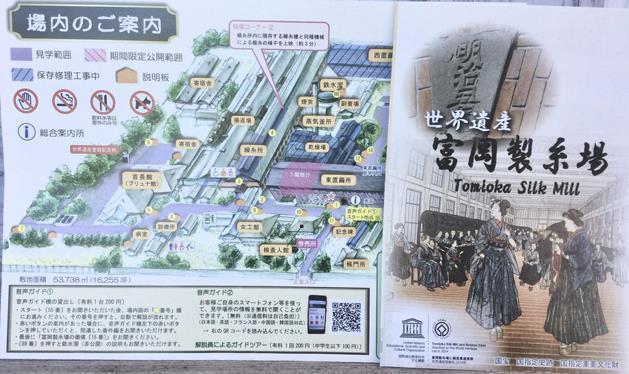
Virtuell in die Vergangenheit?
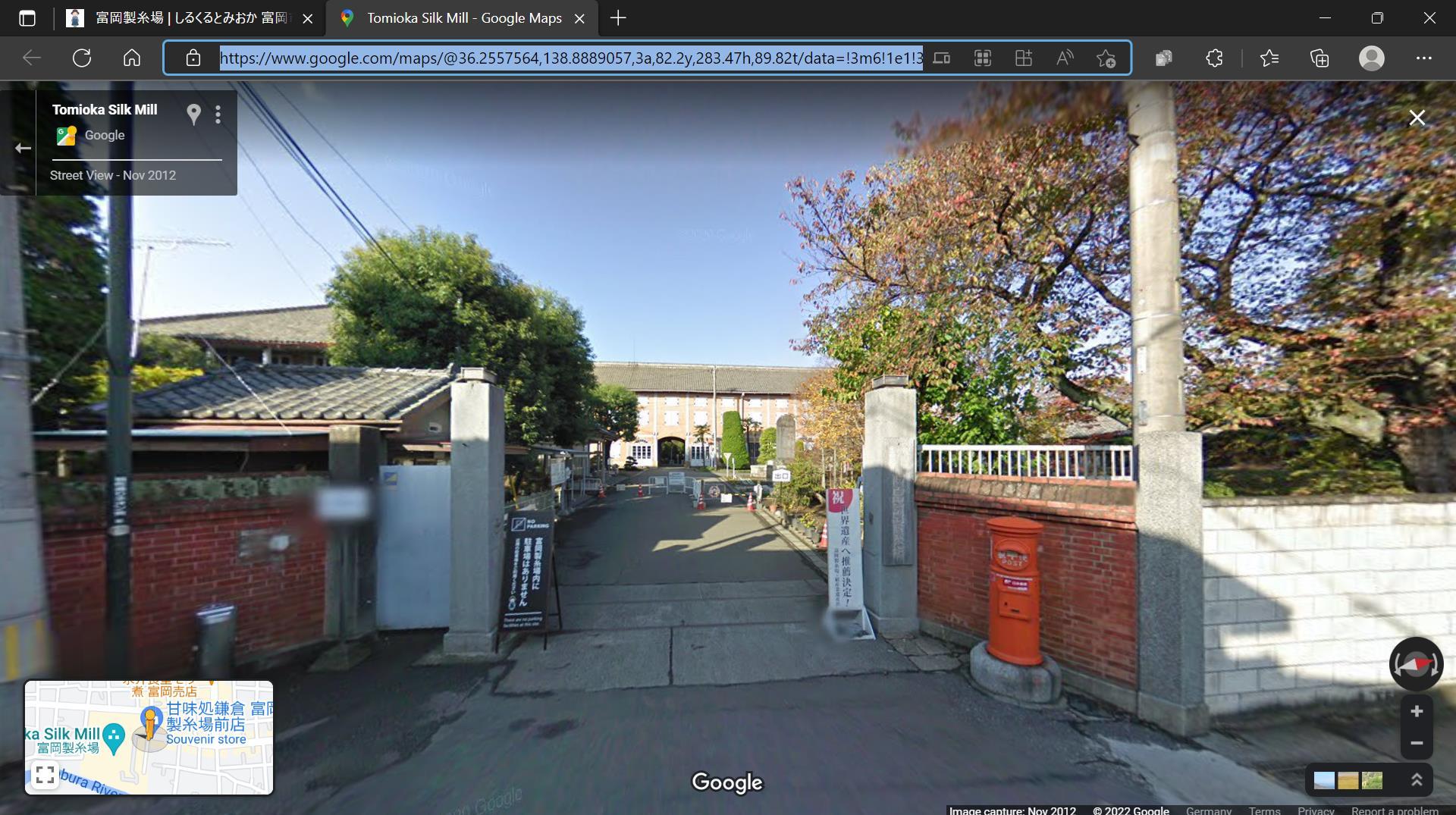
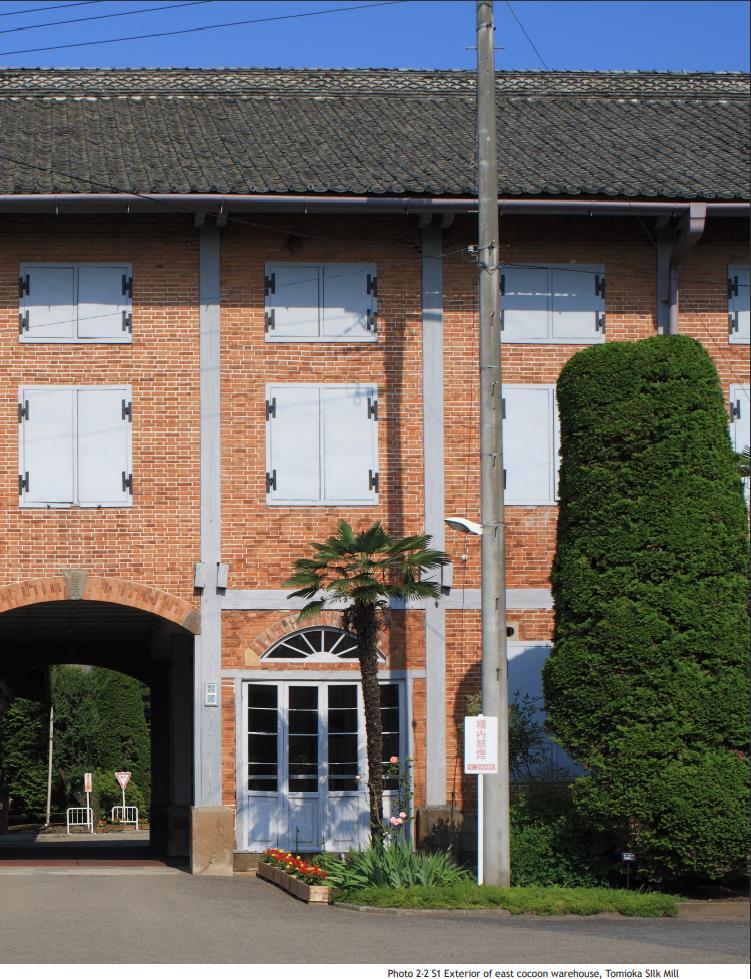
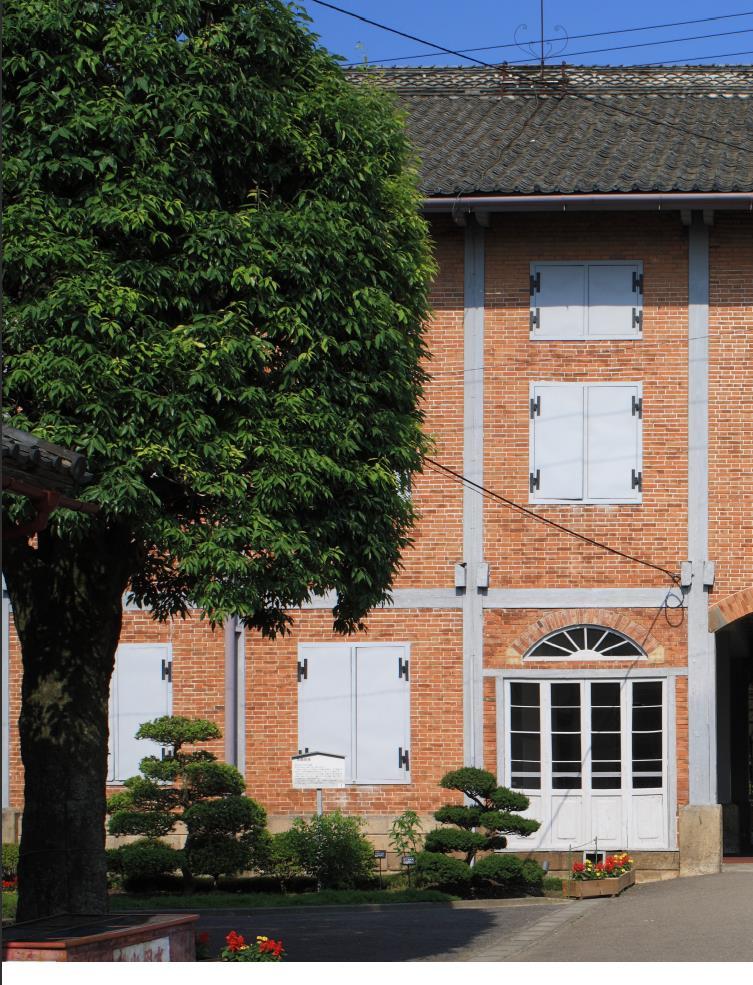
•
•
dass
Welt in der zweiten Hälfte des 19.
daher einer
Registrierung würdig -
Seide darstellen? Oder kennen
den schnellen und
nach
man etwas tun, um diesem
sind zu
•
zu
eine
oder
in der Zukunft zu
ist verantwortlich für
UNESCO Einschreibekriterien & #1449 Einreichung
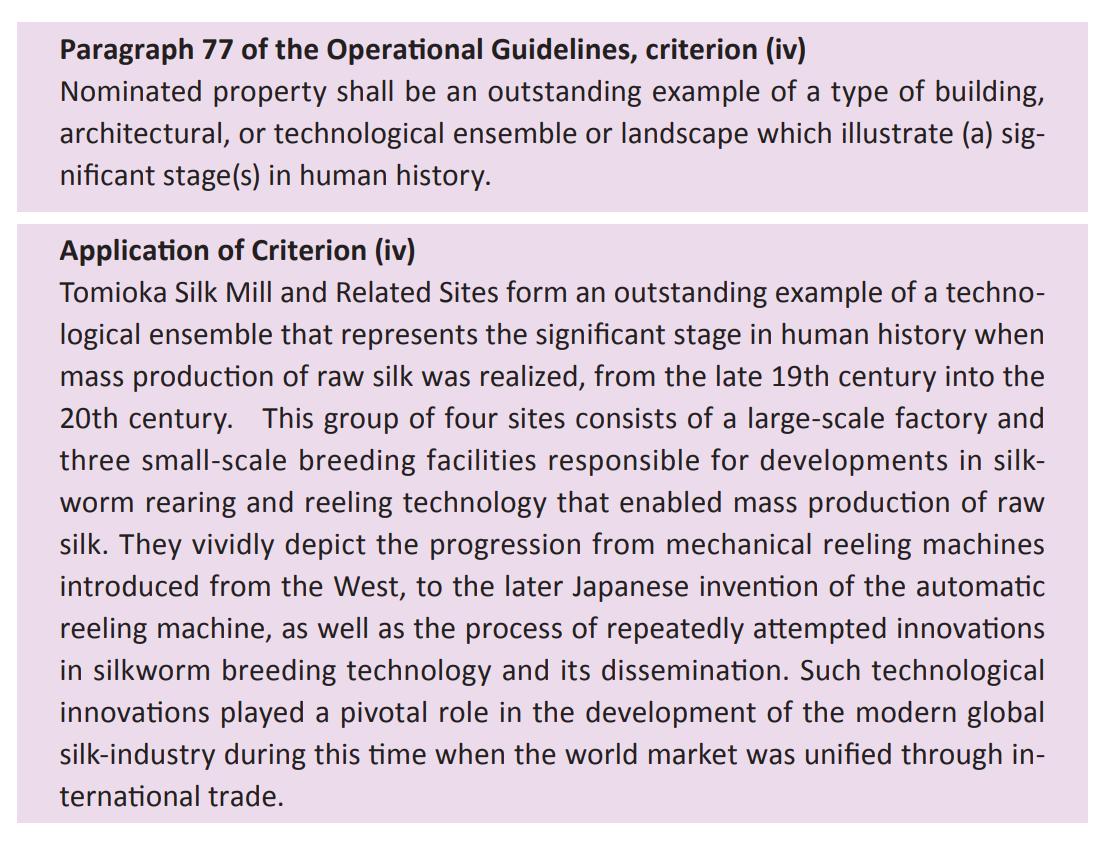
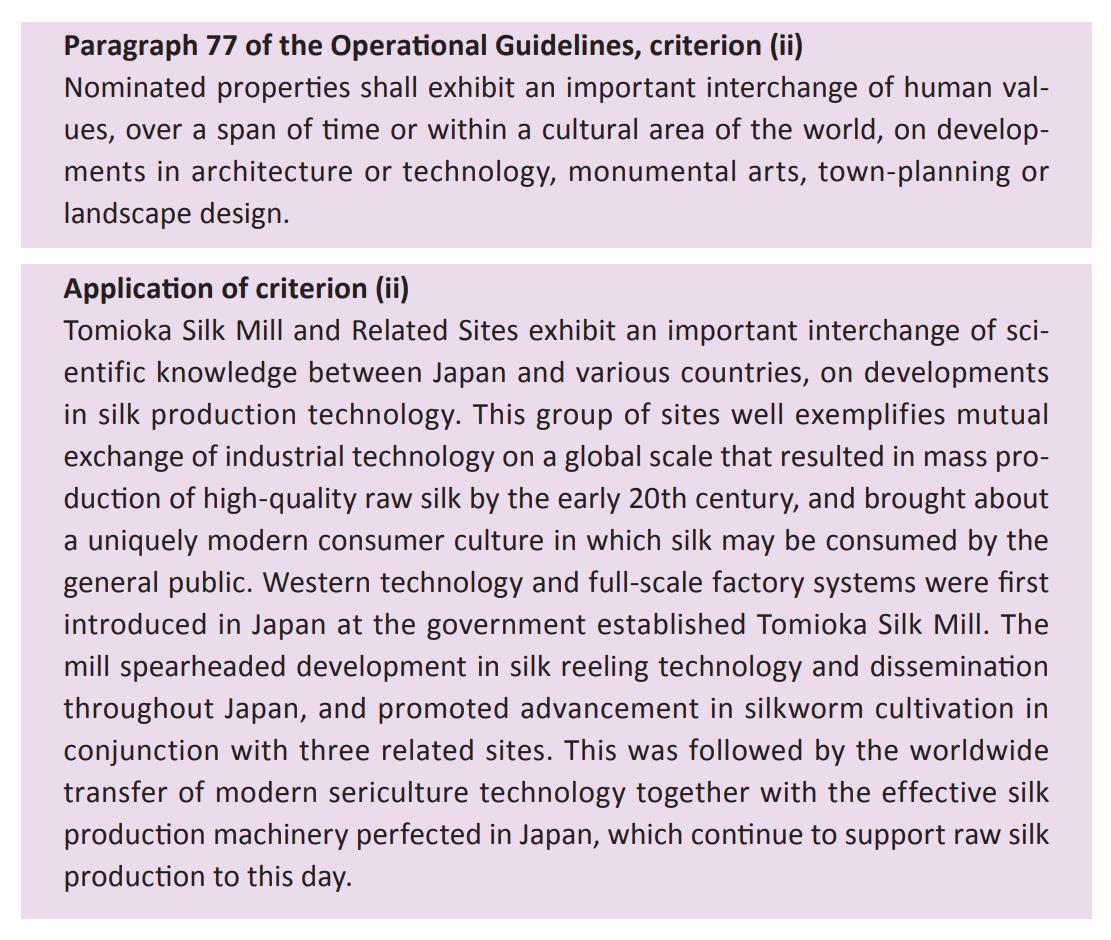
UNESCO Gutachten #1449 (6. März 2014)
